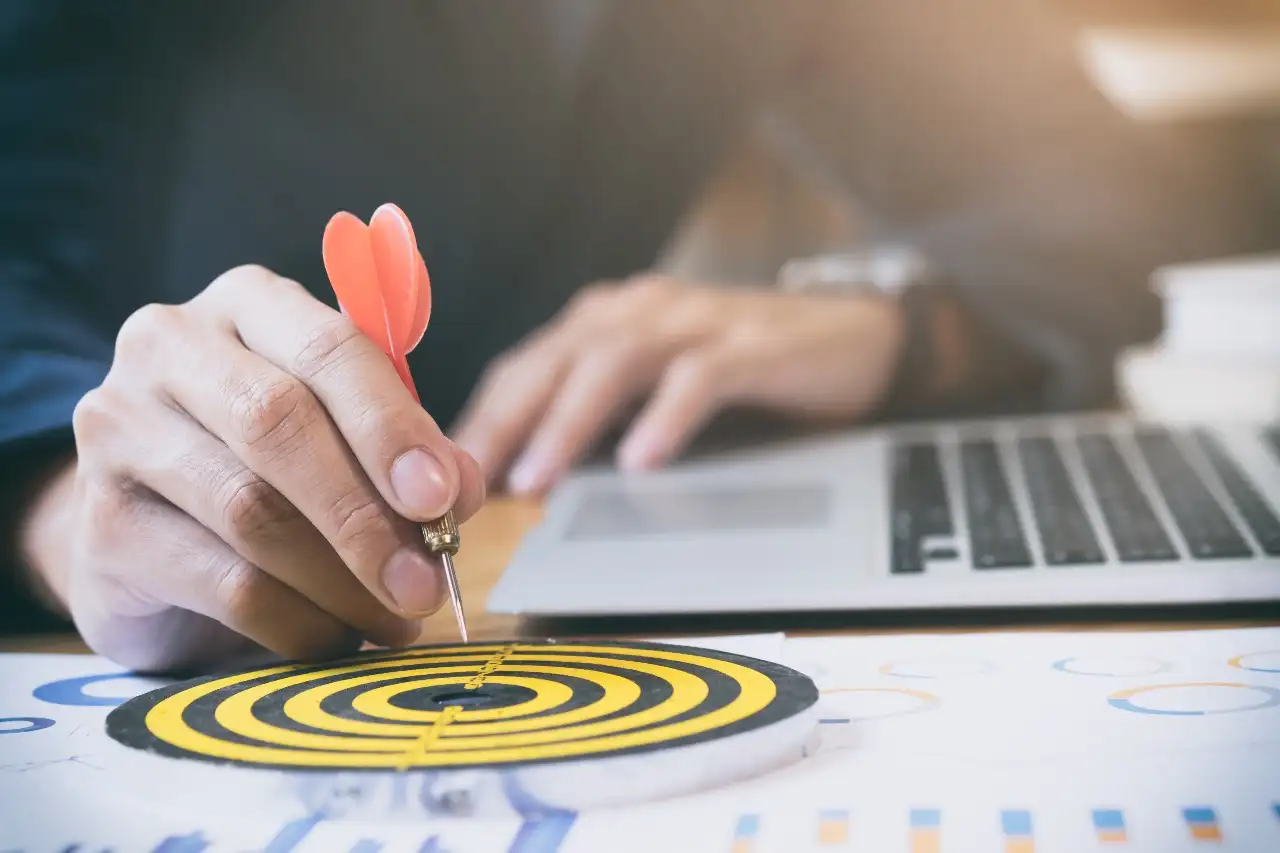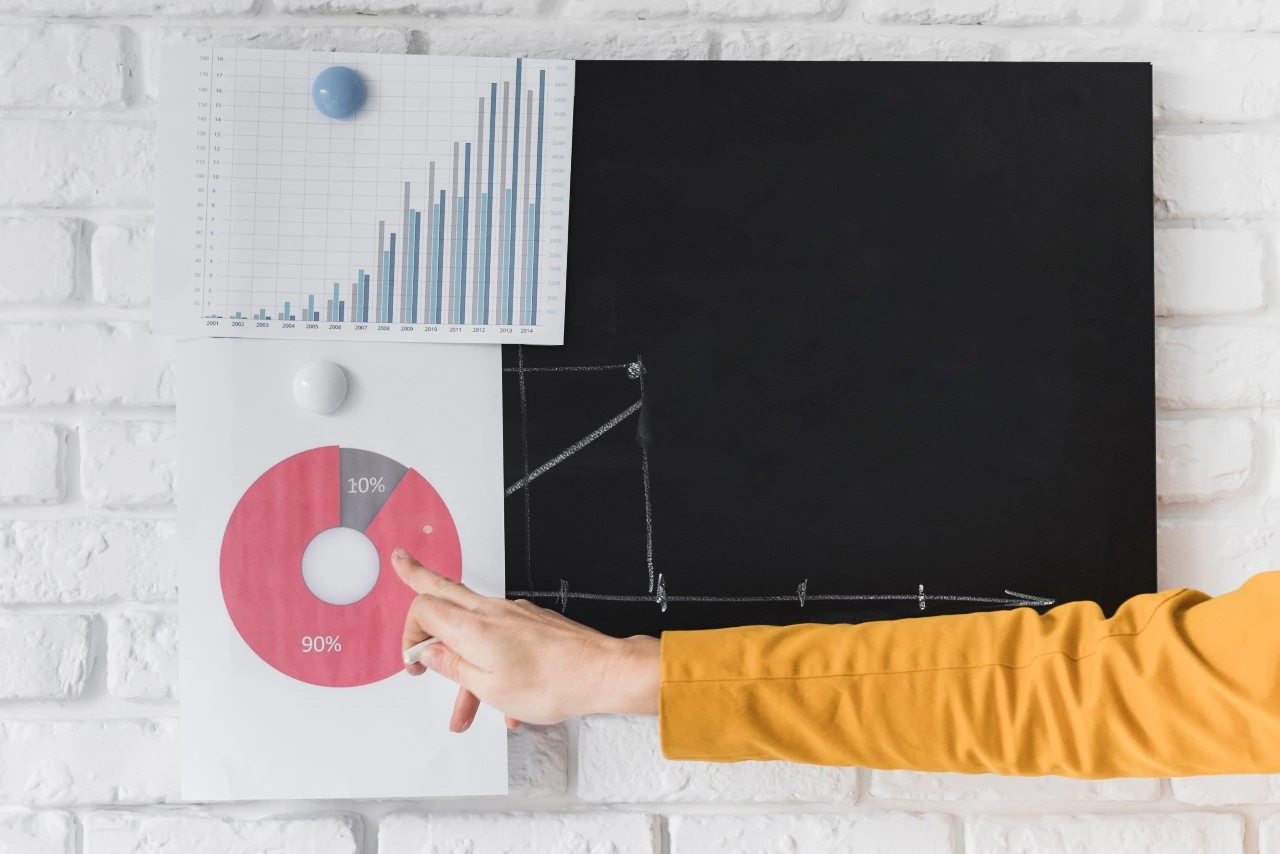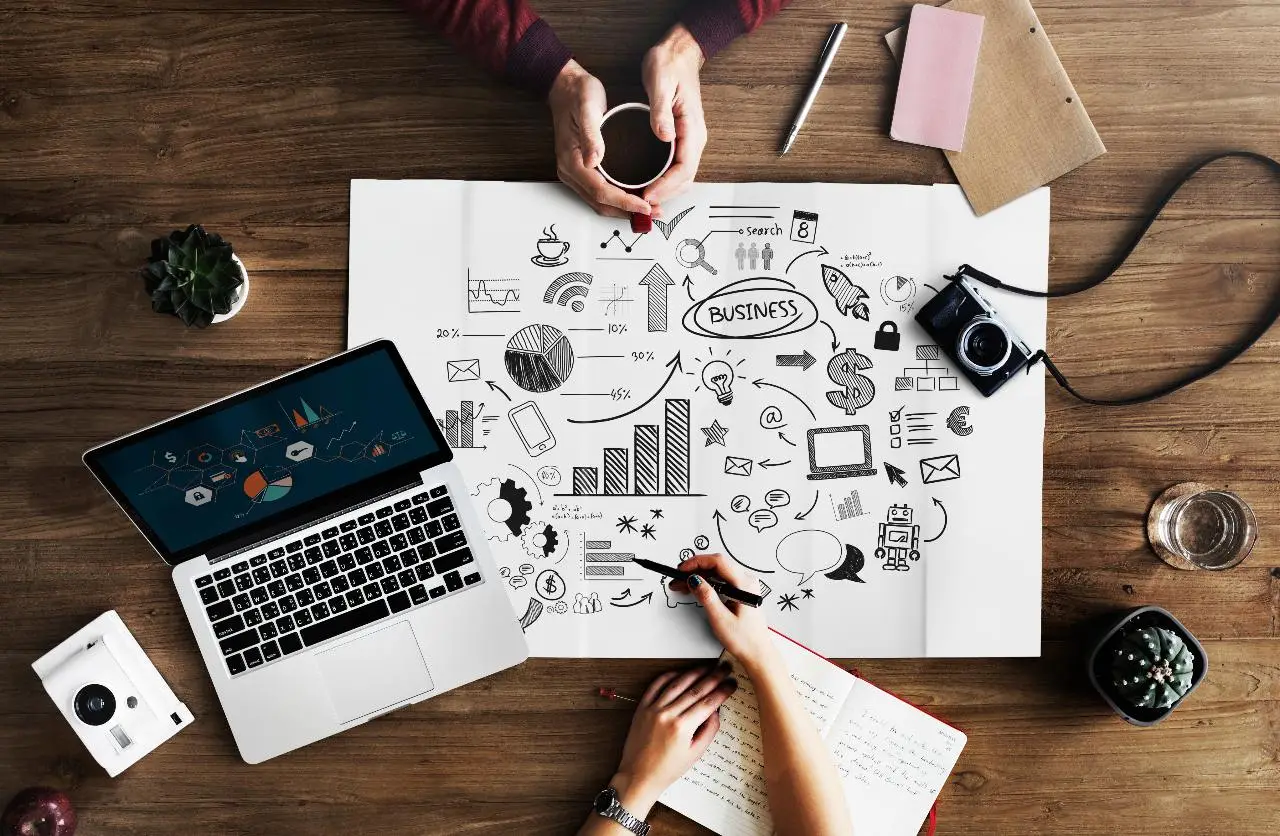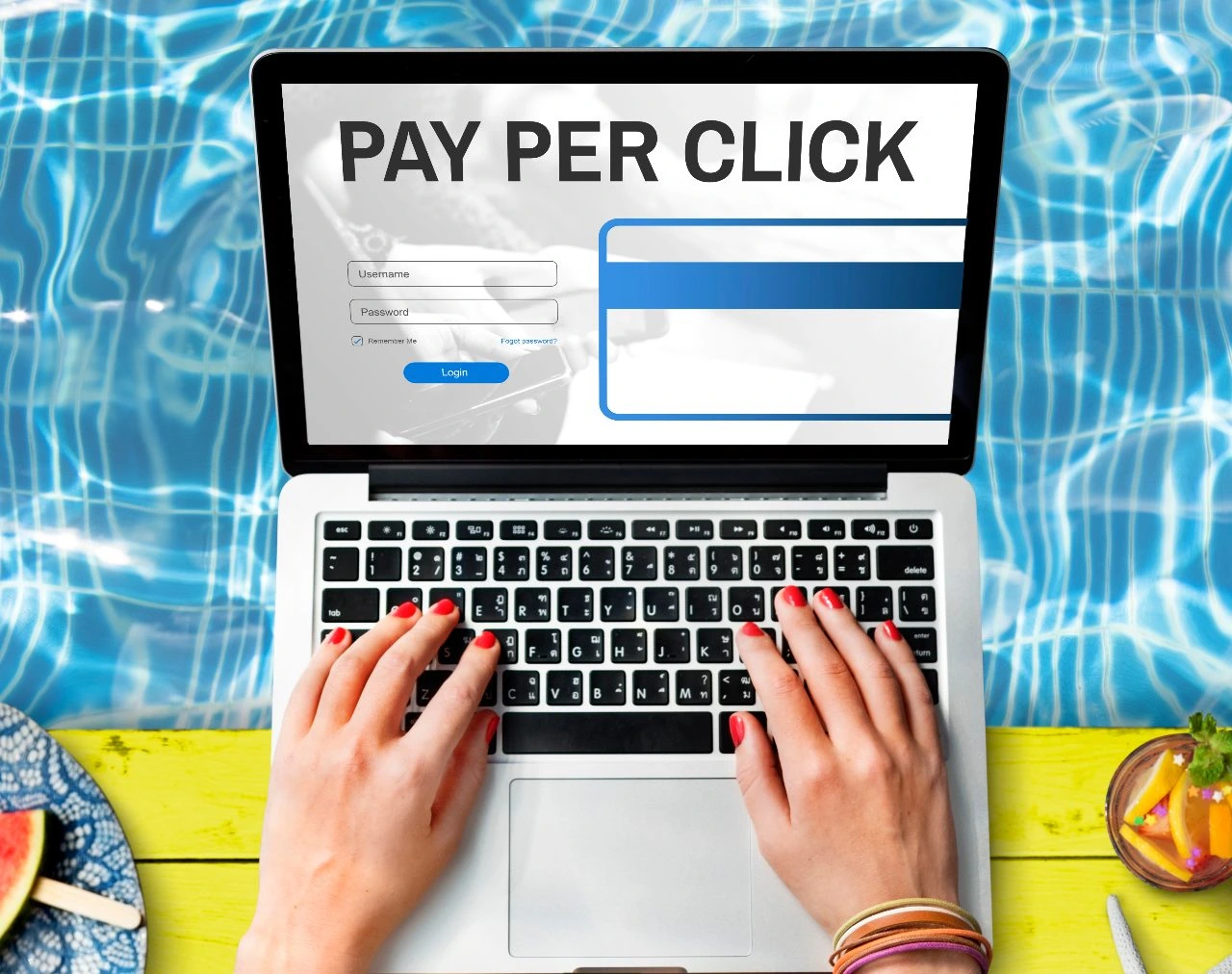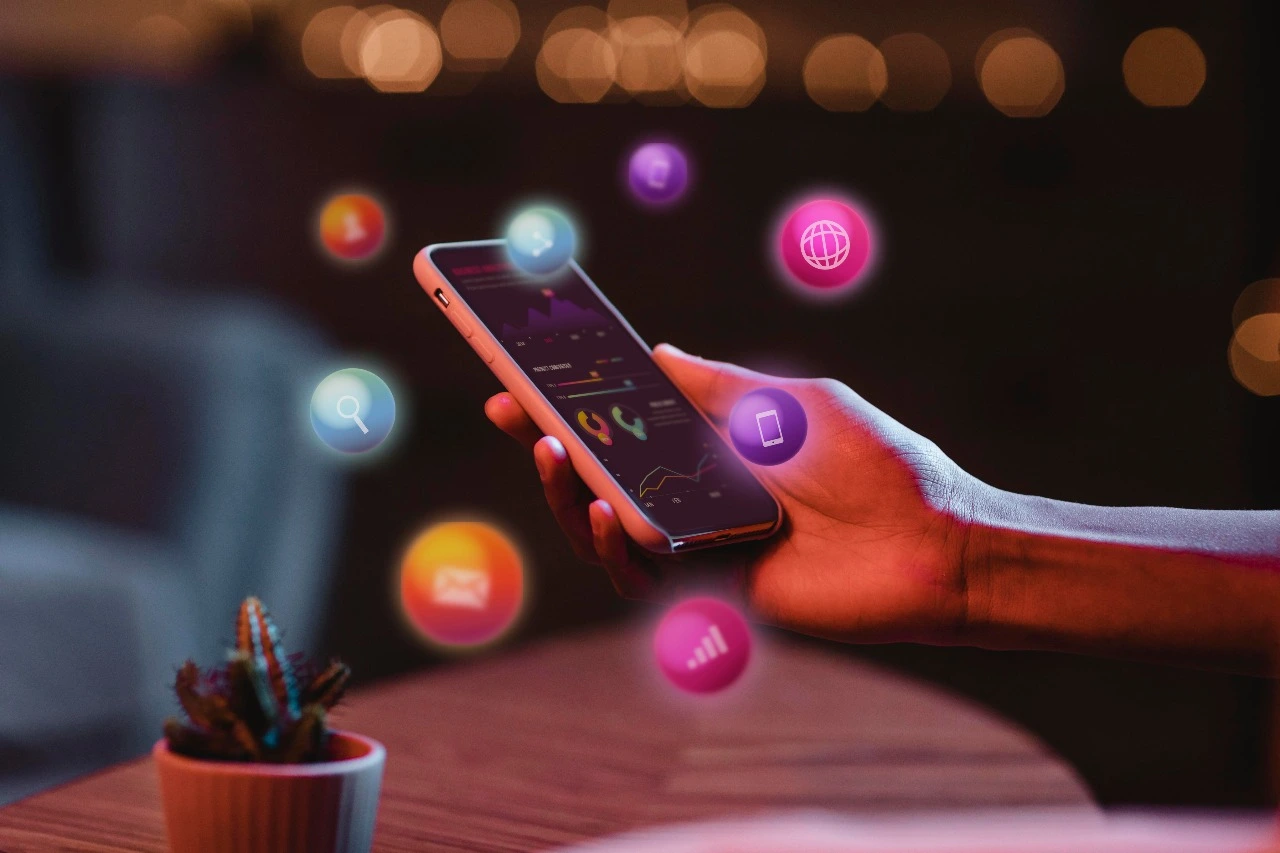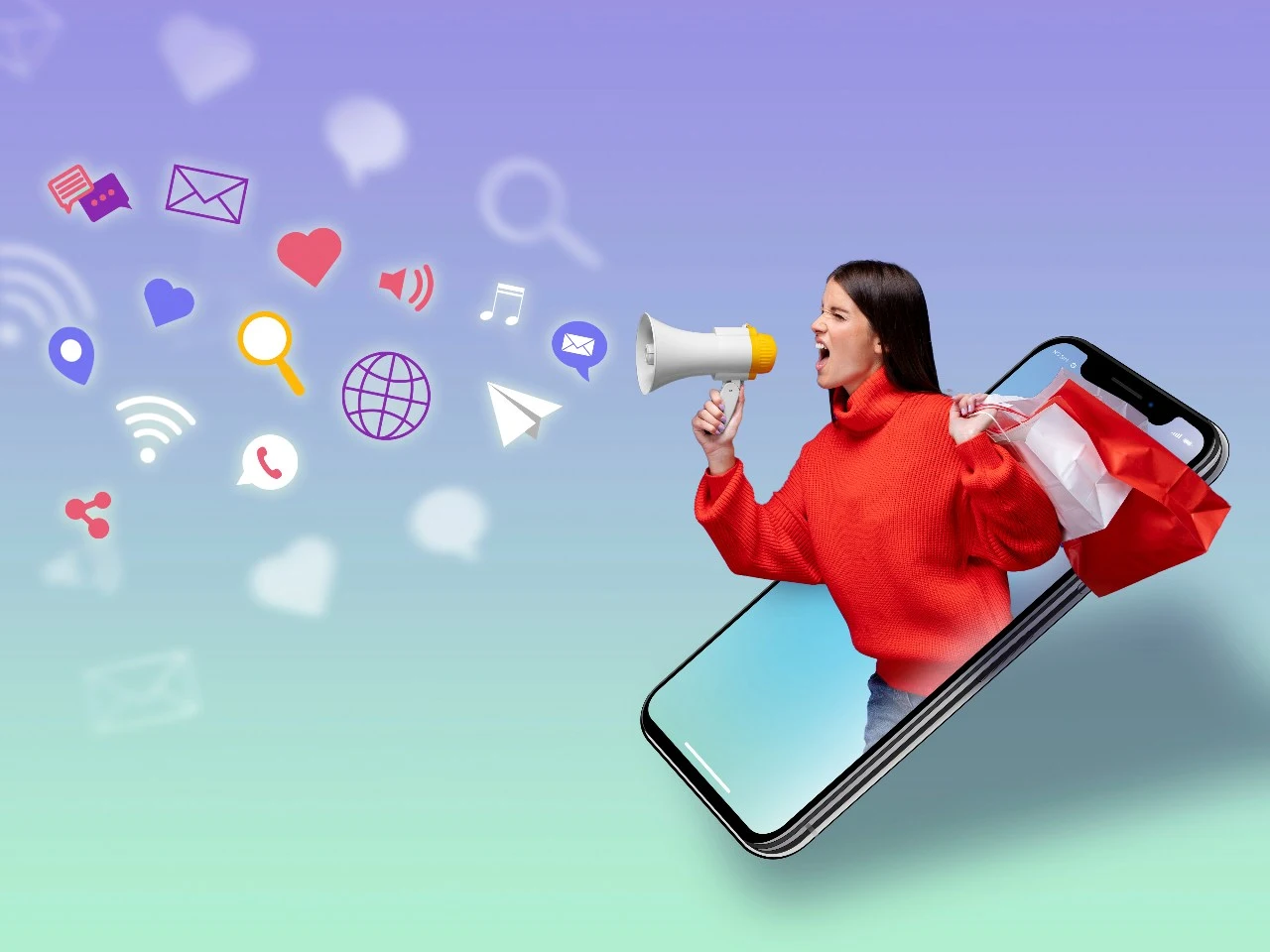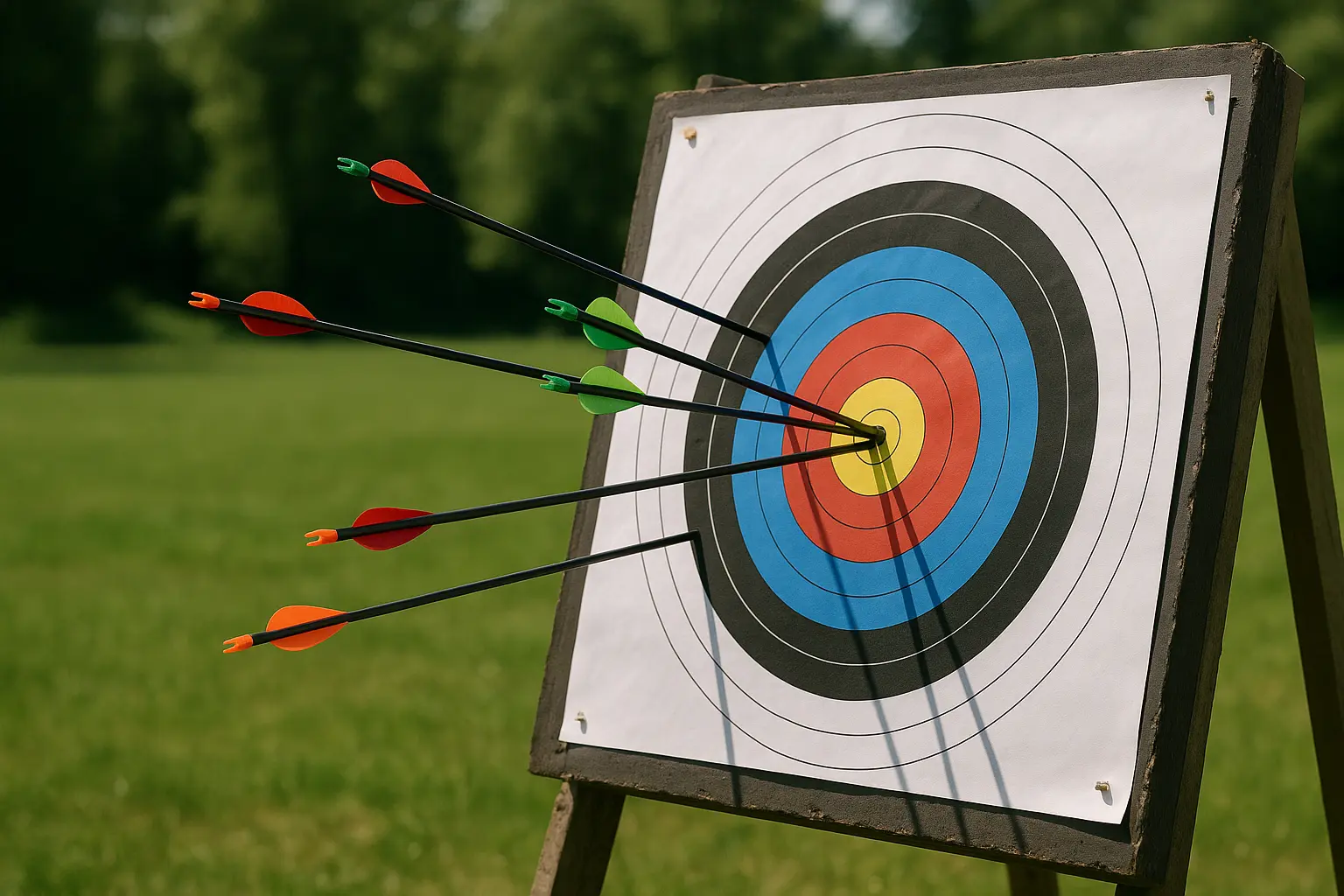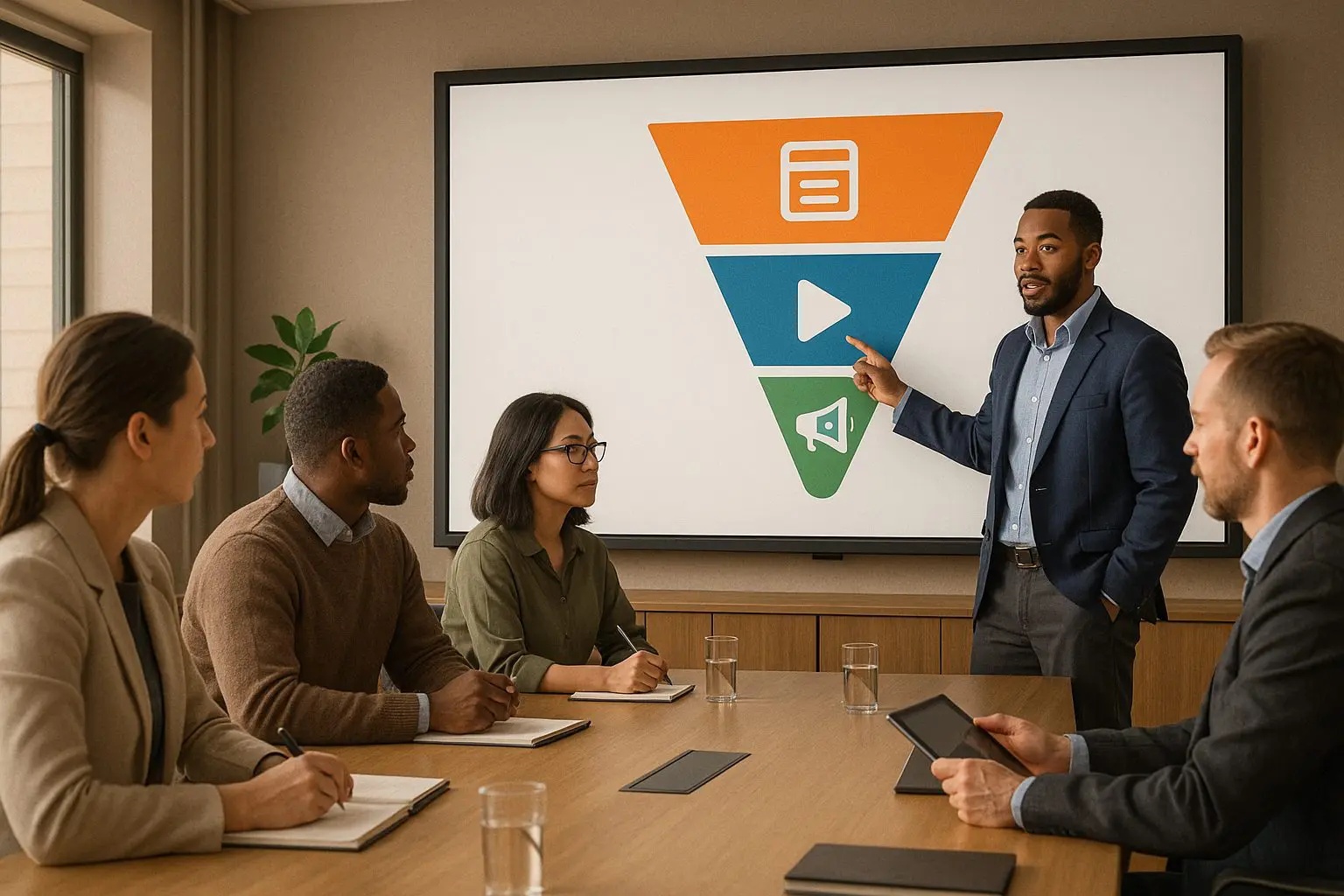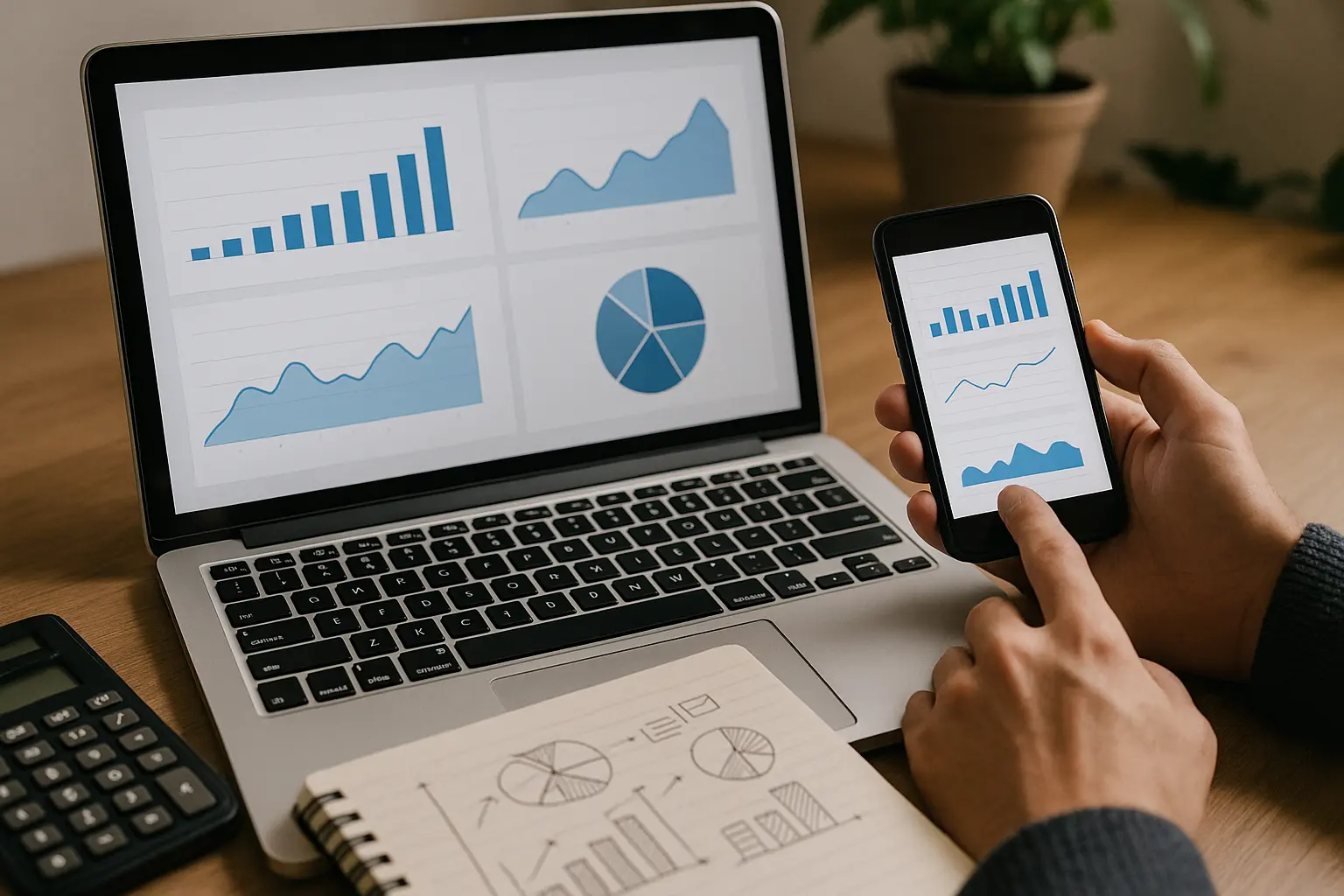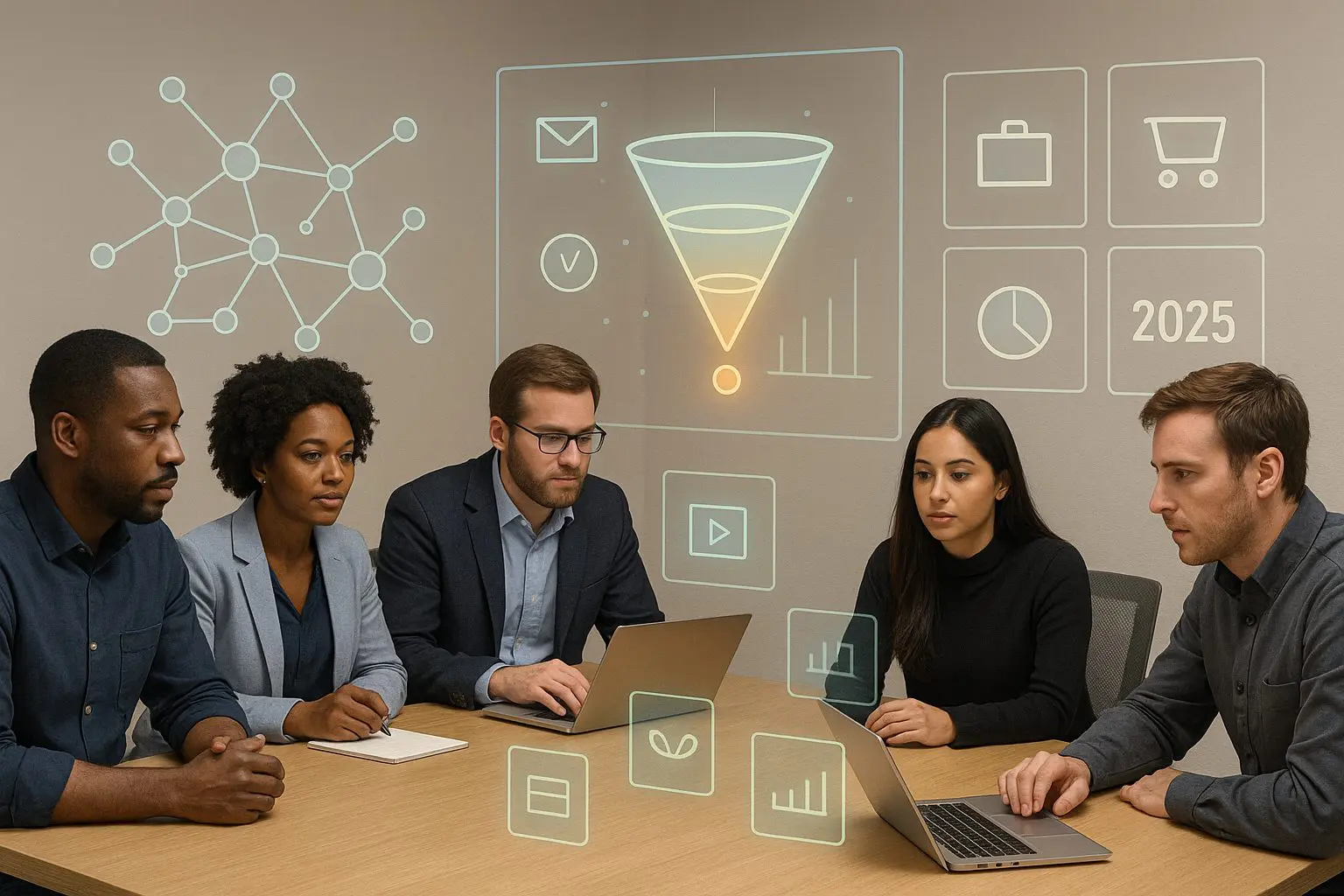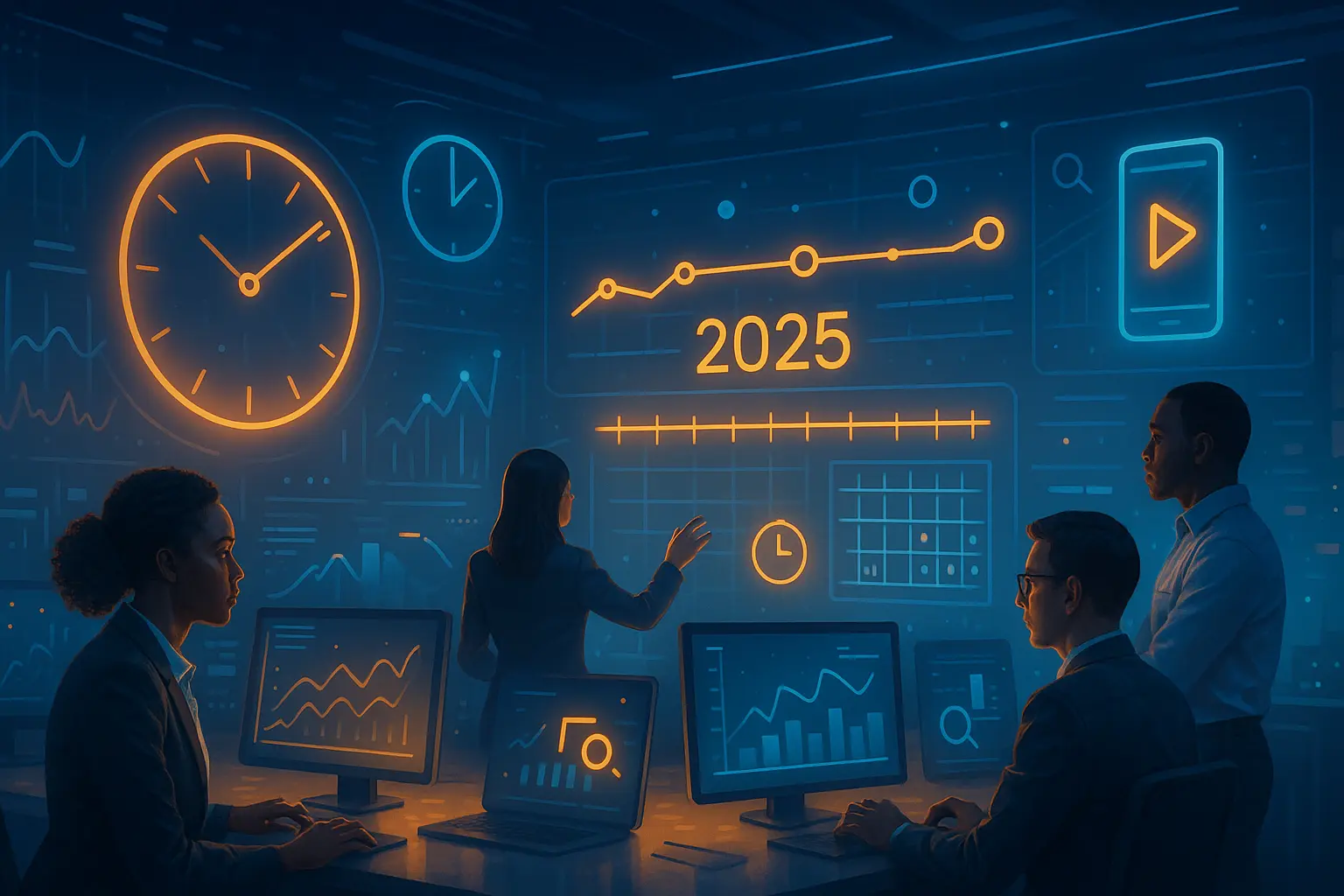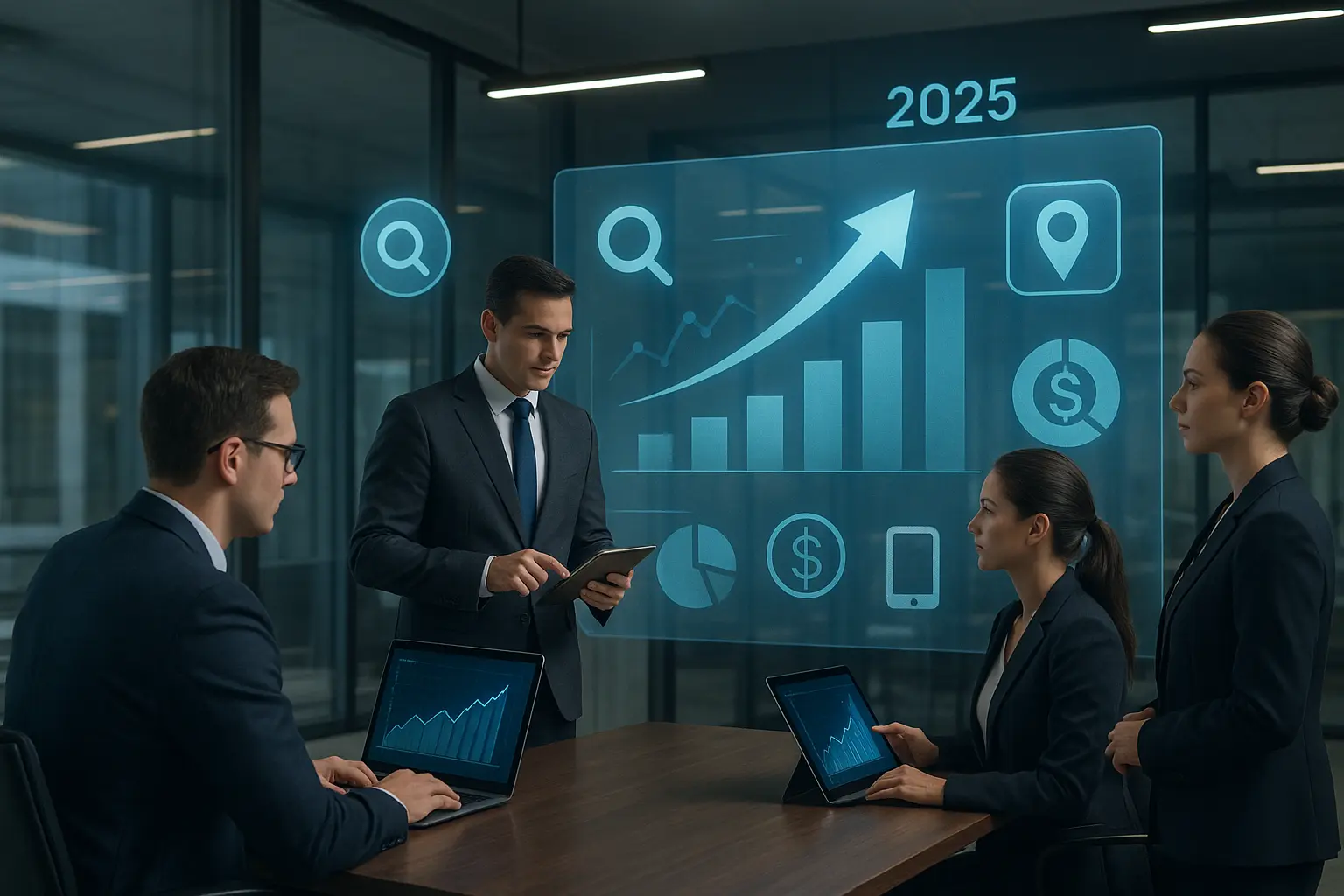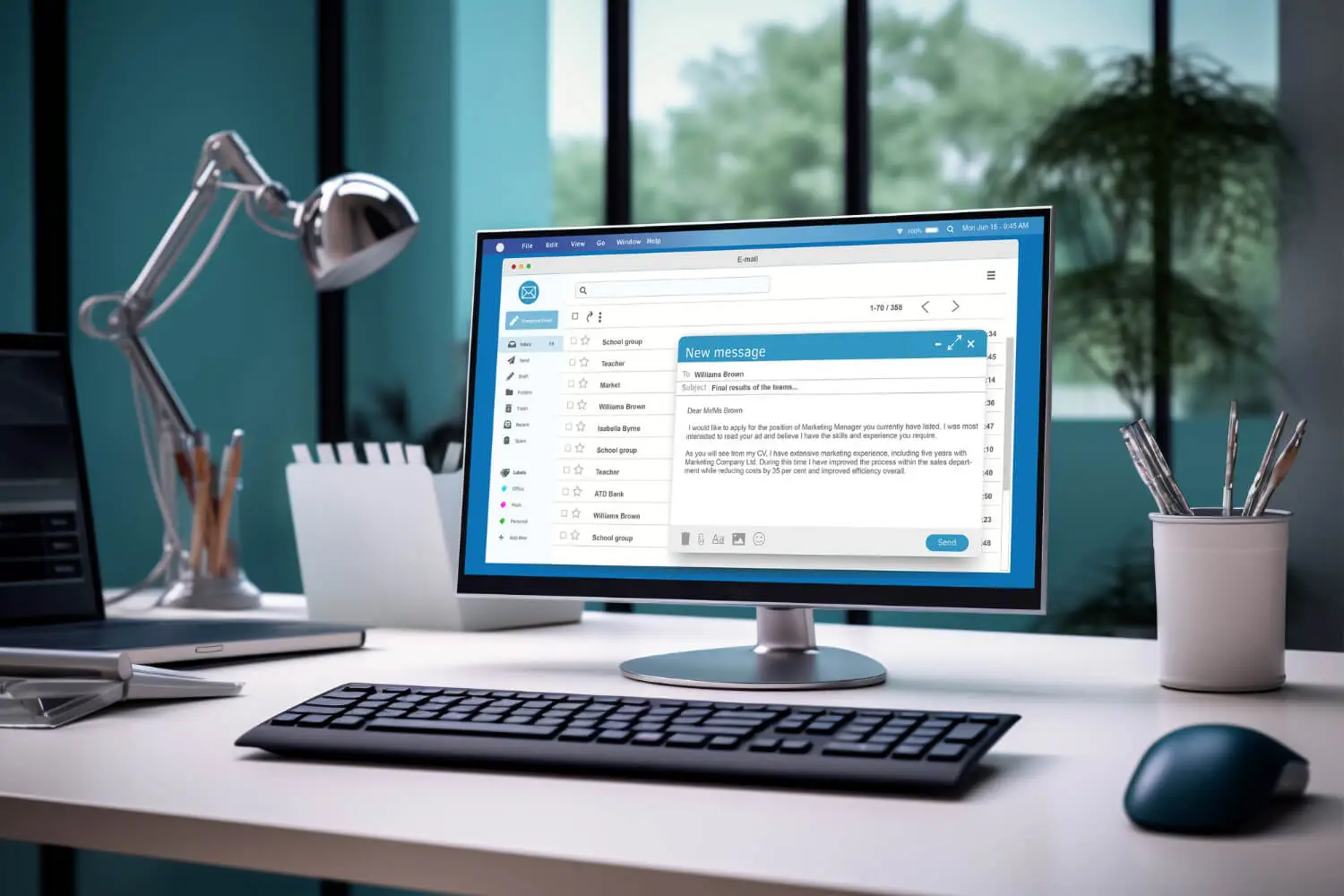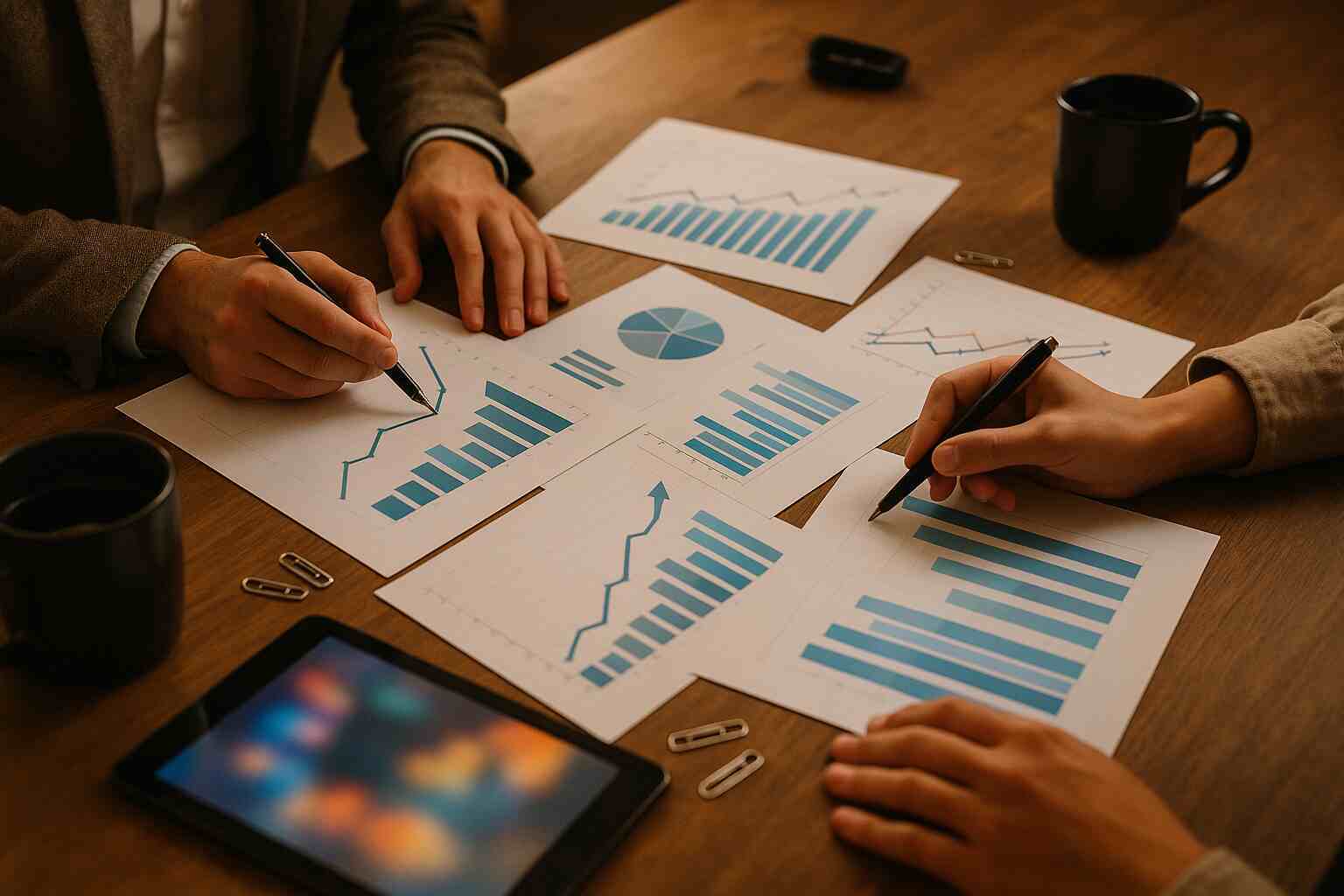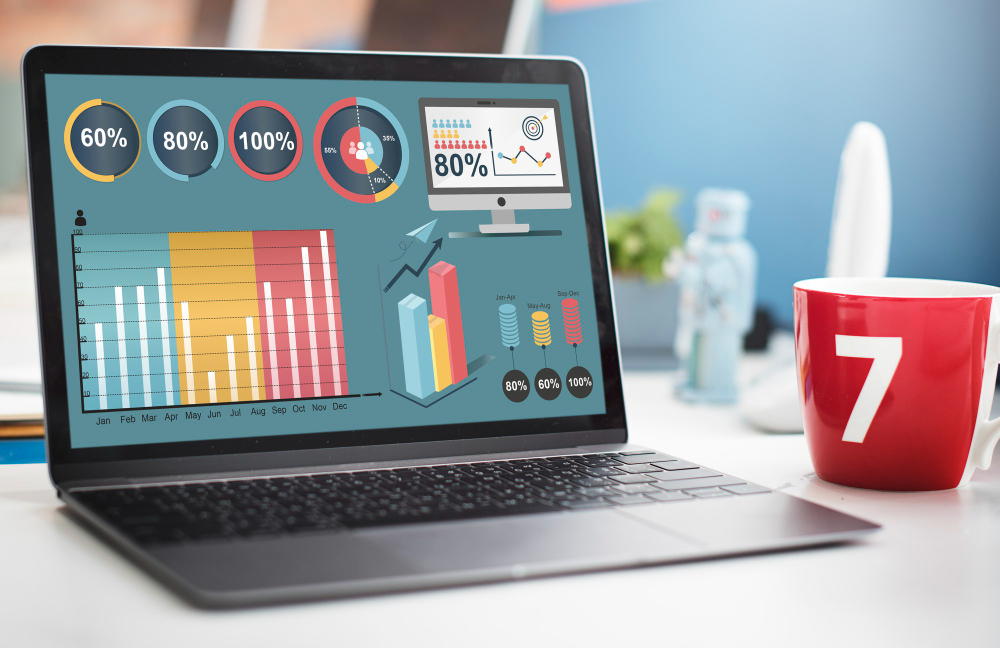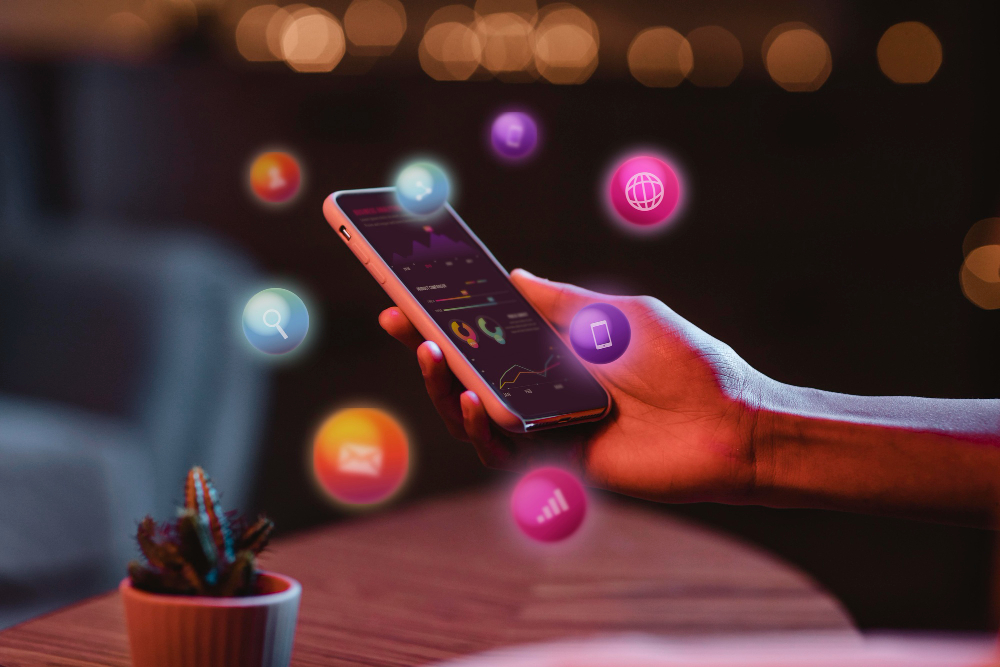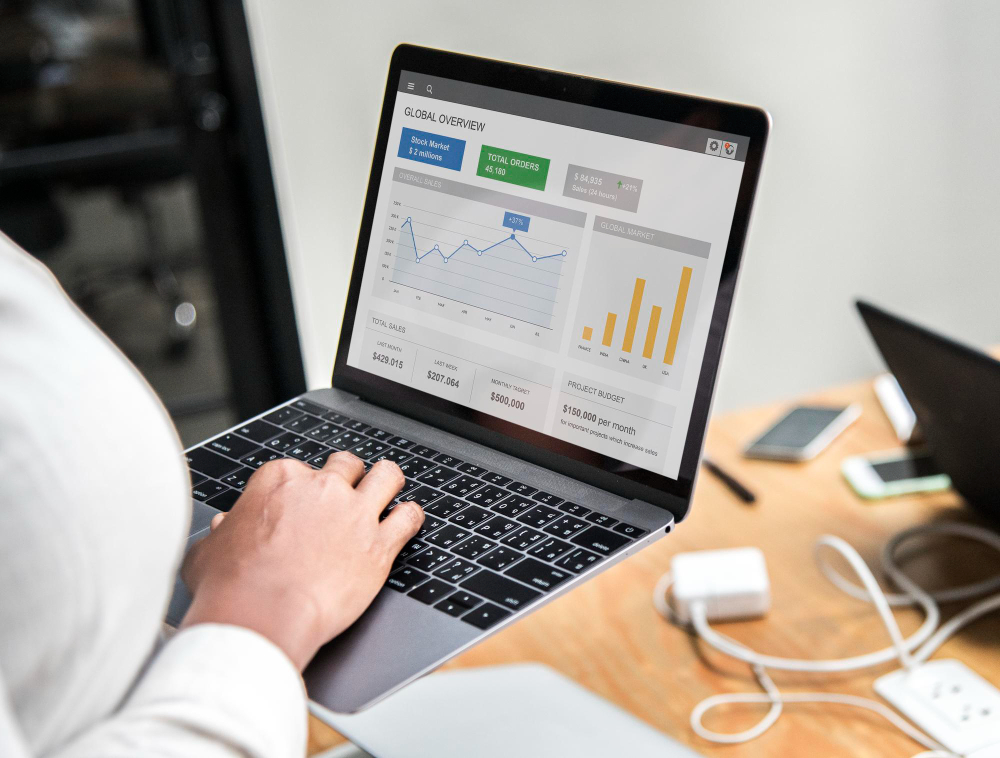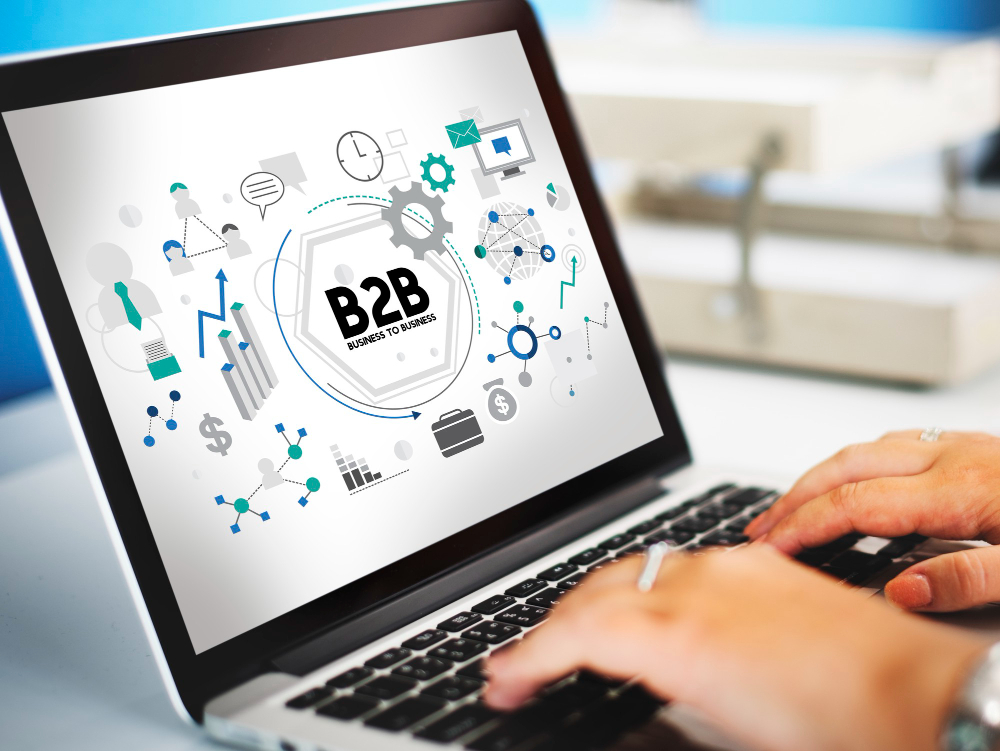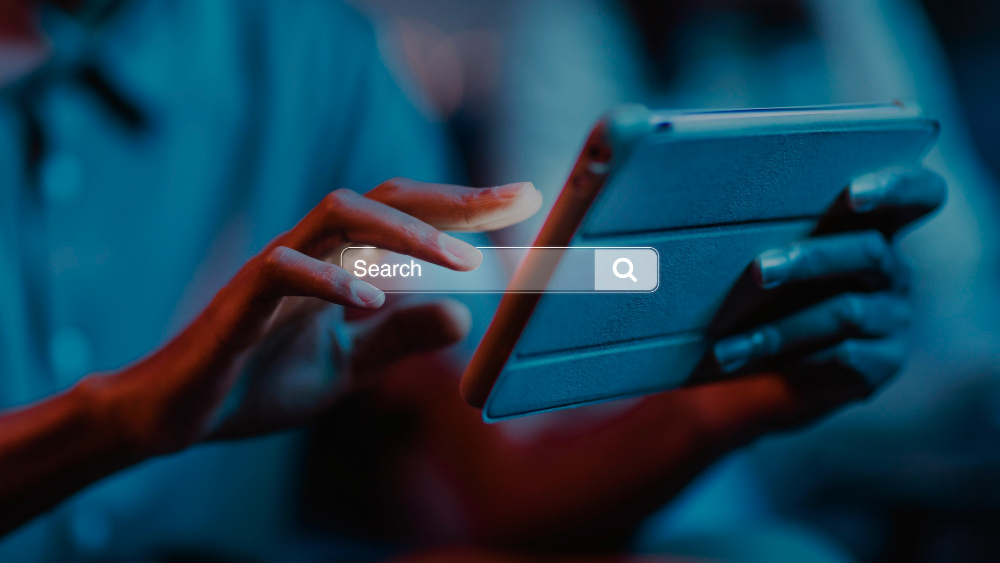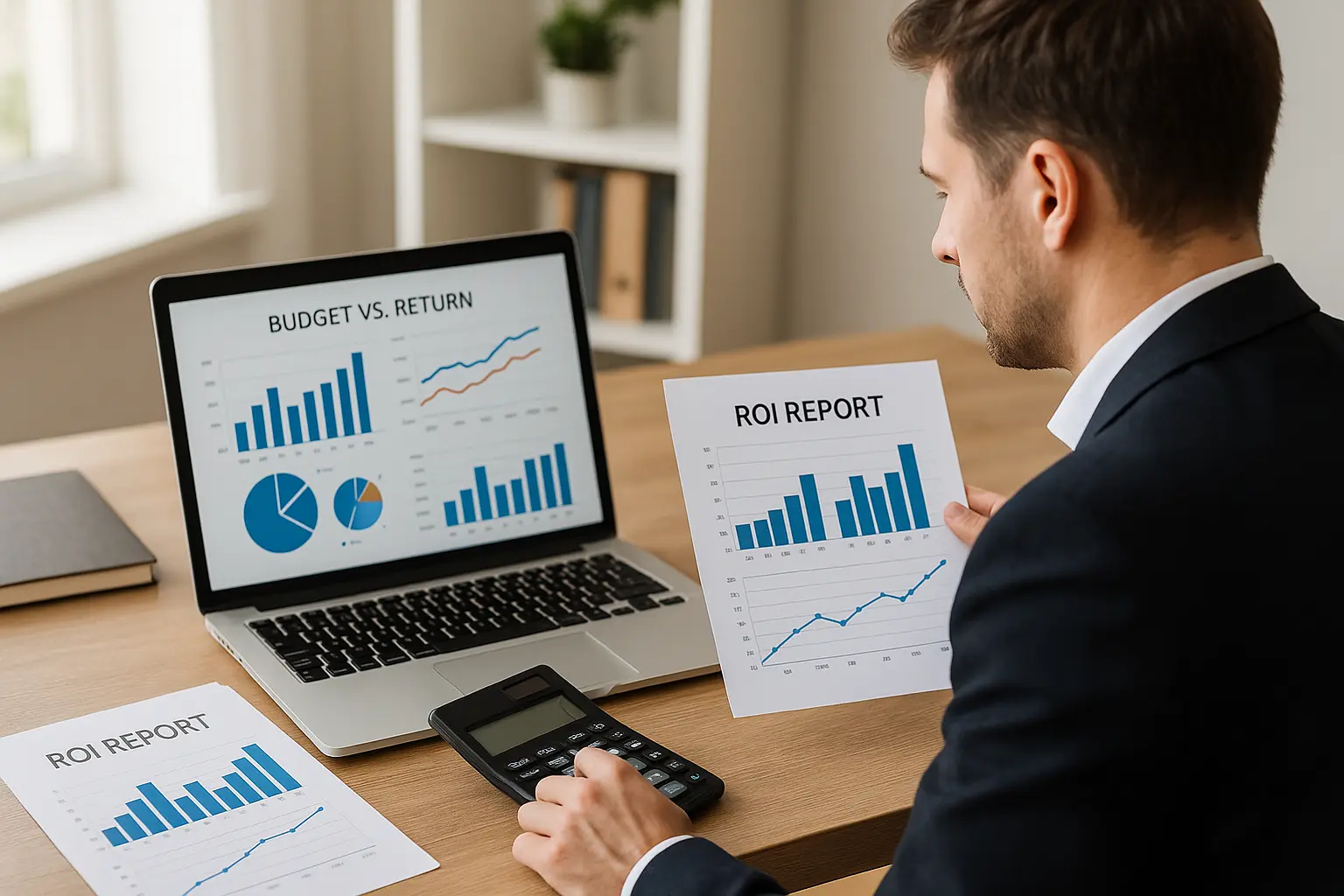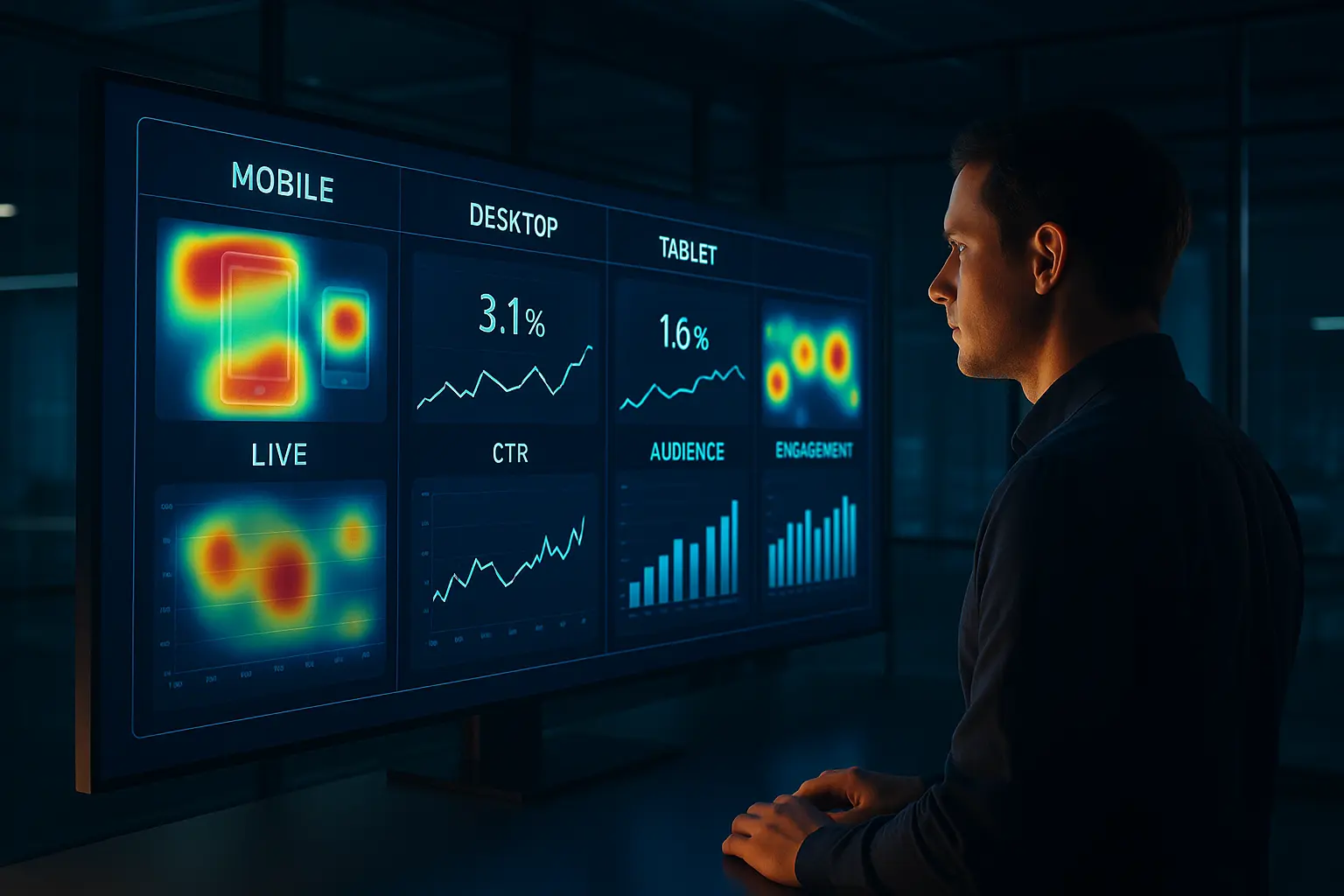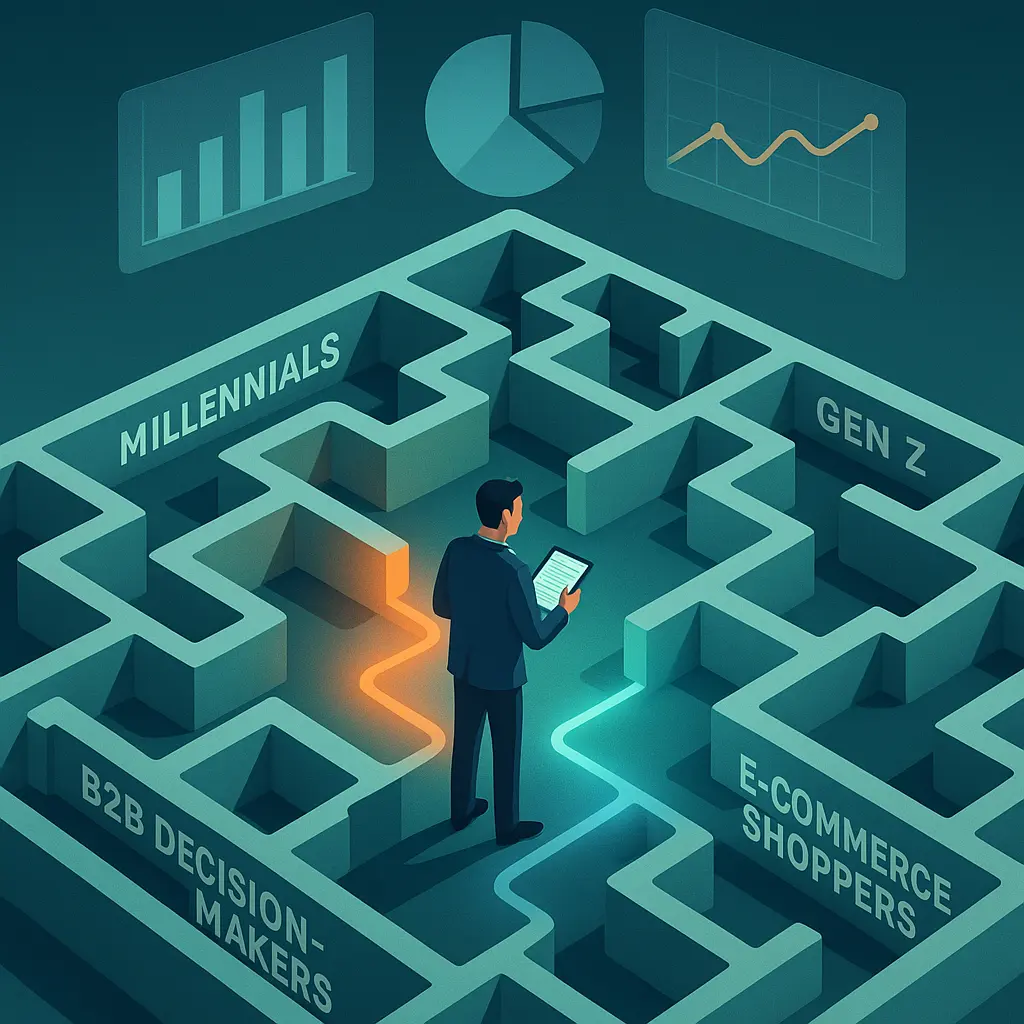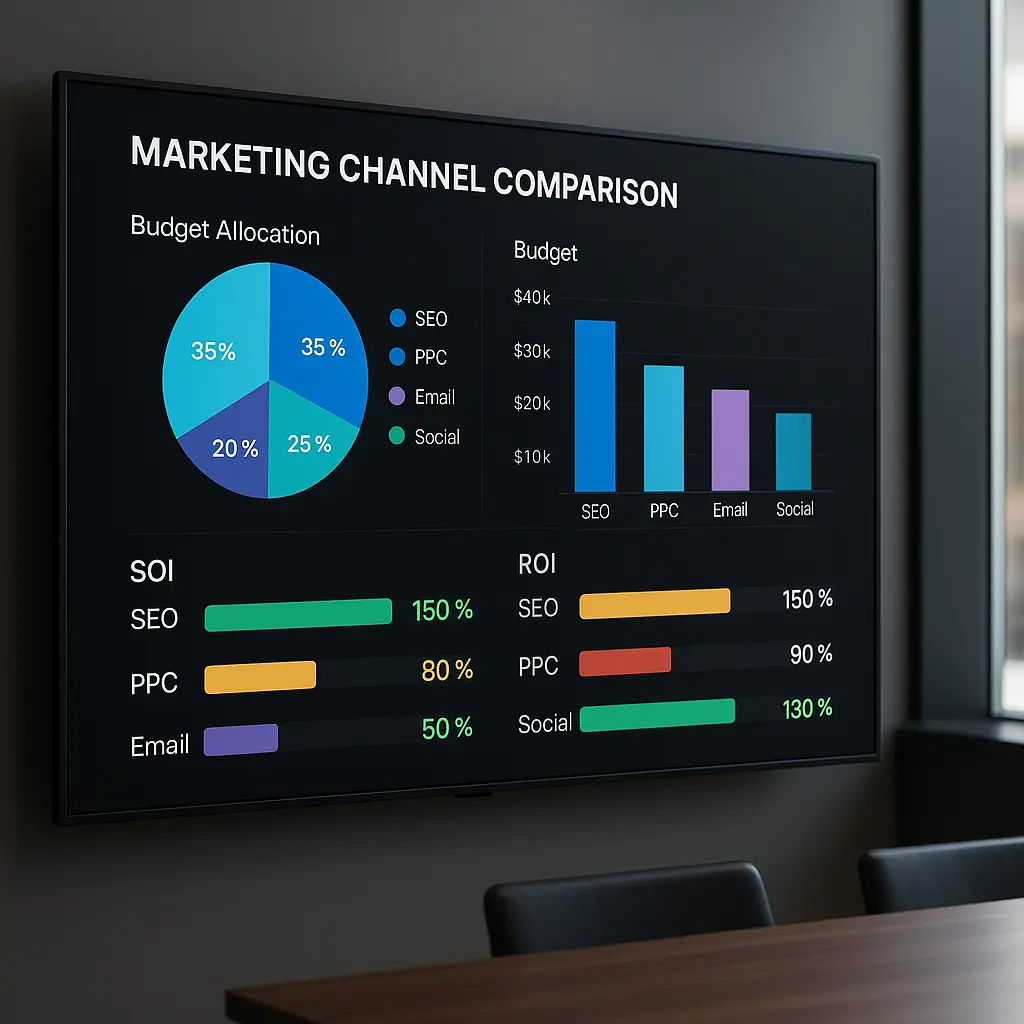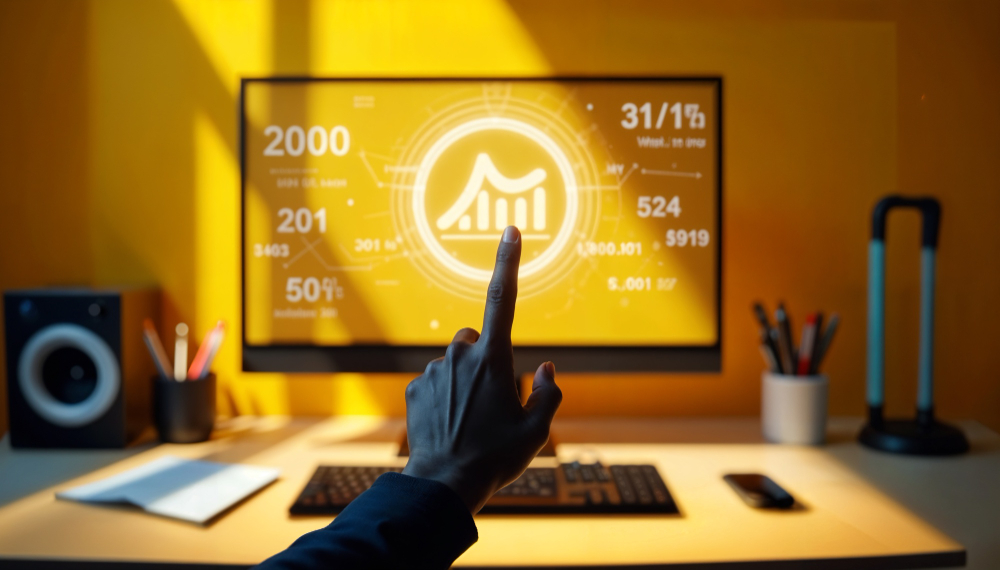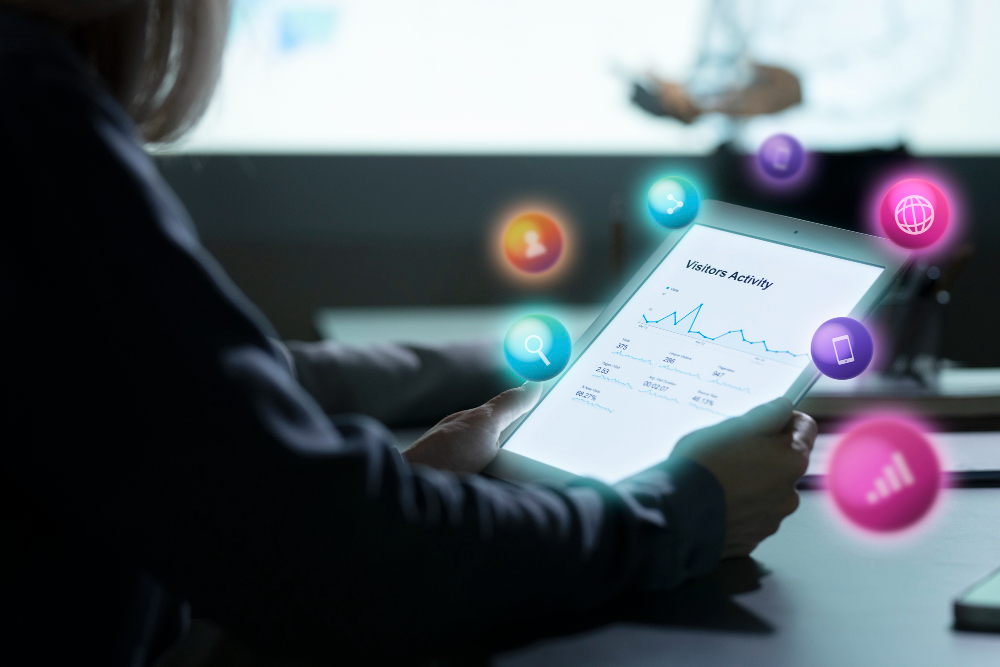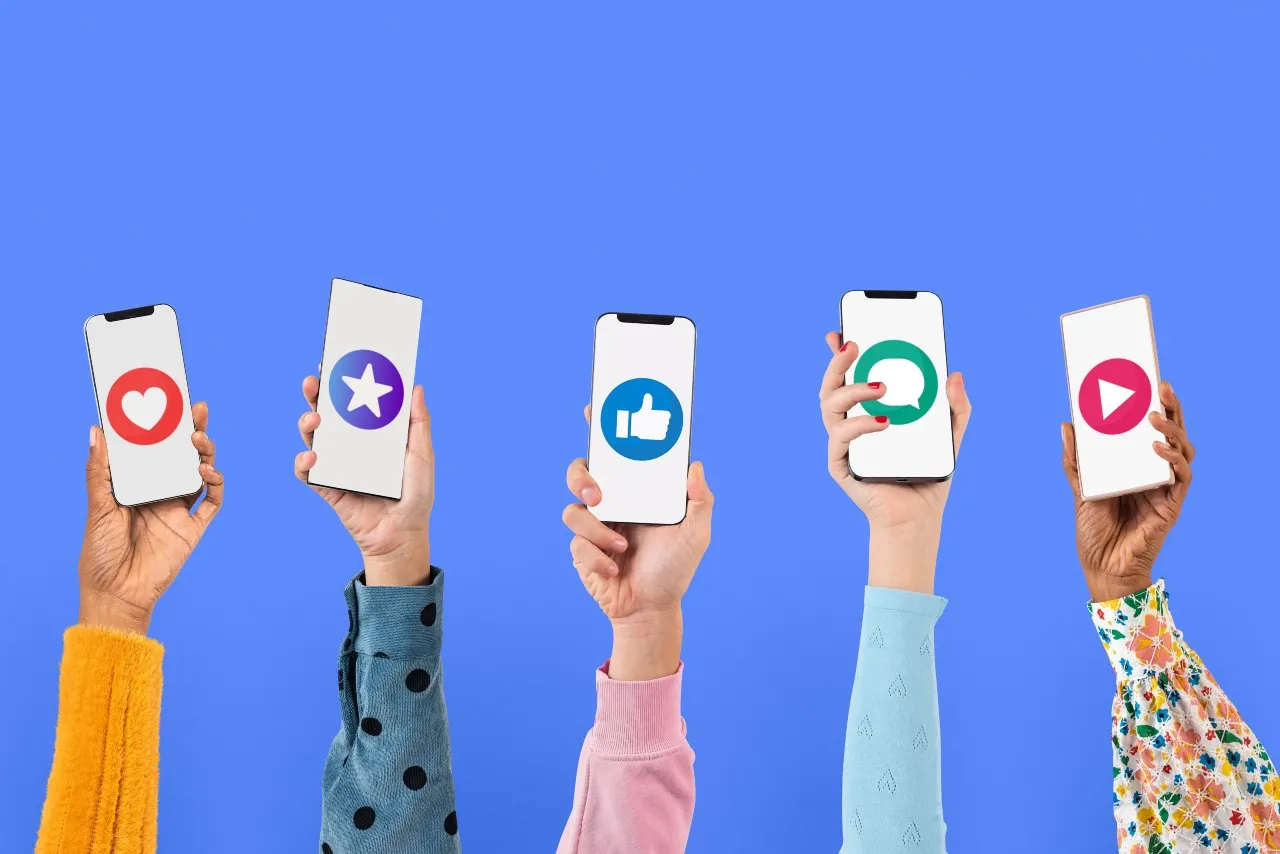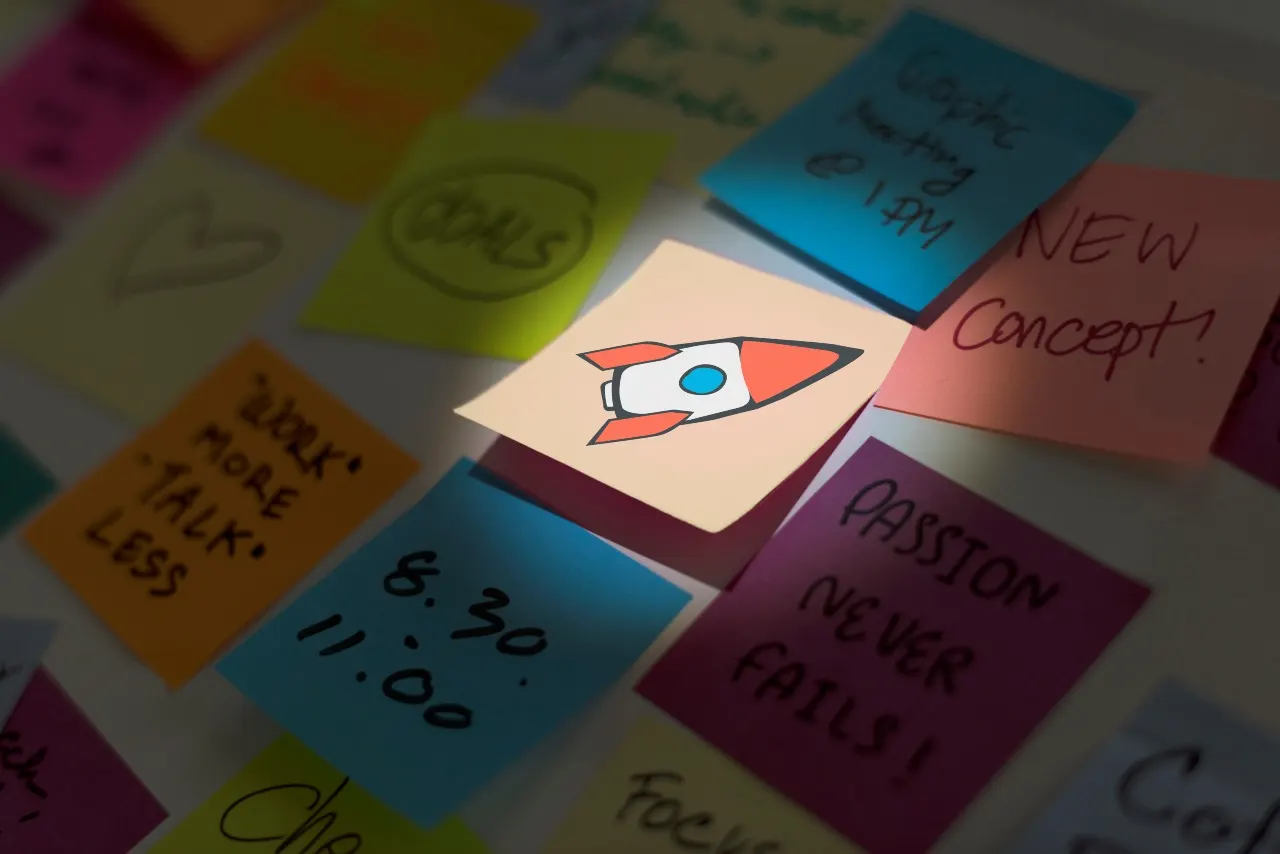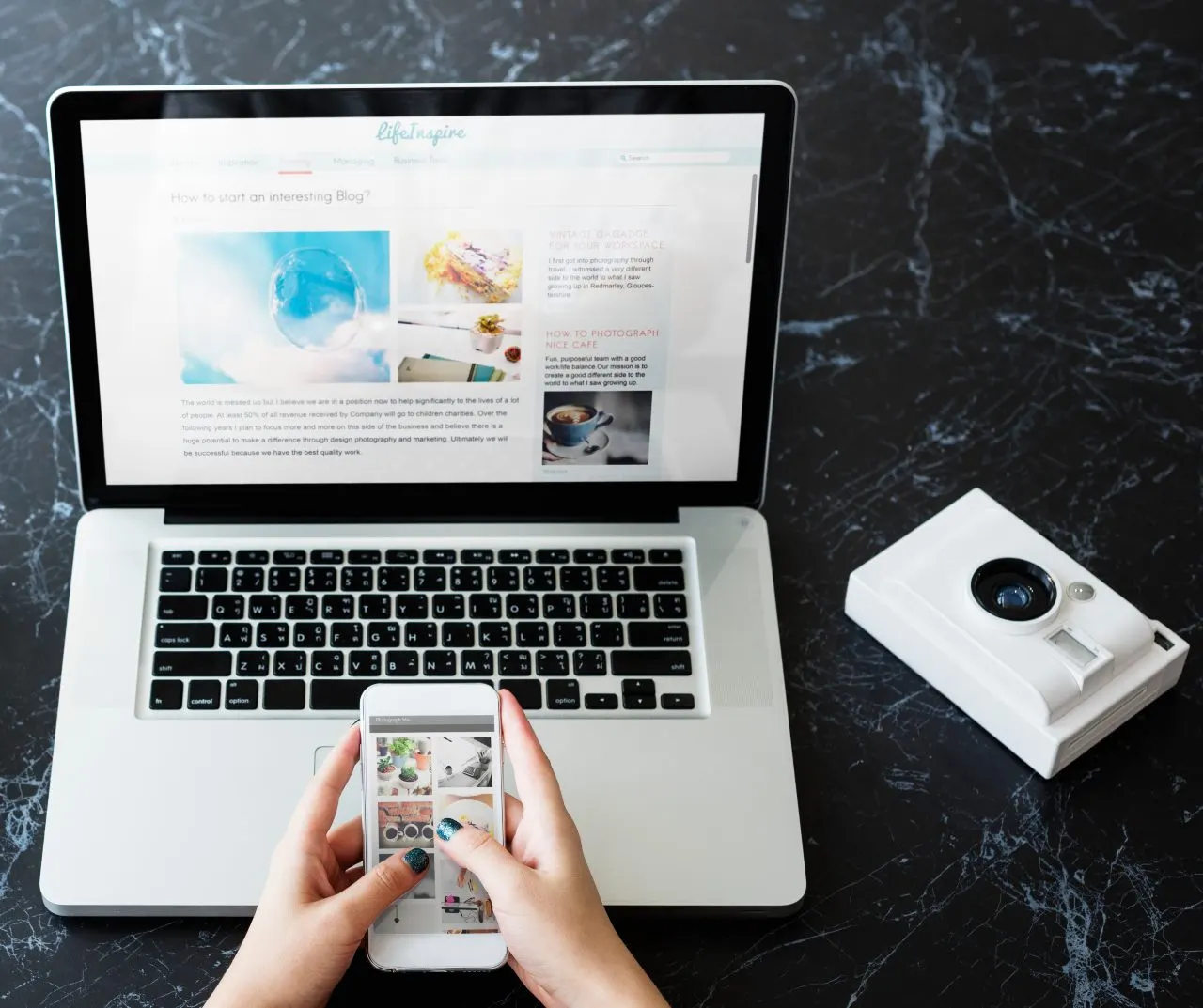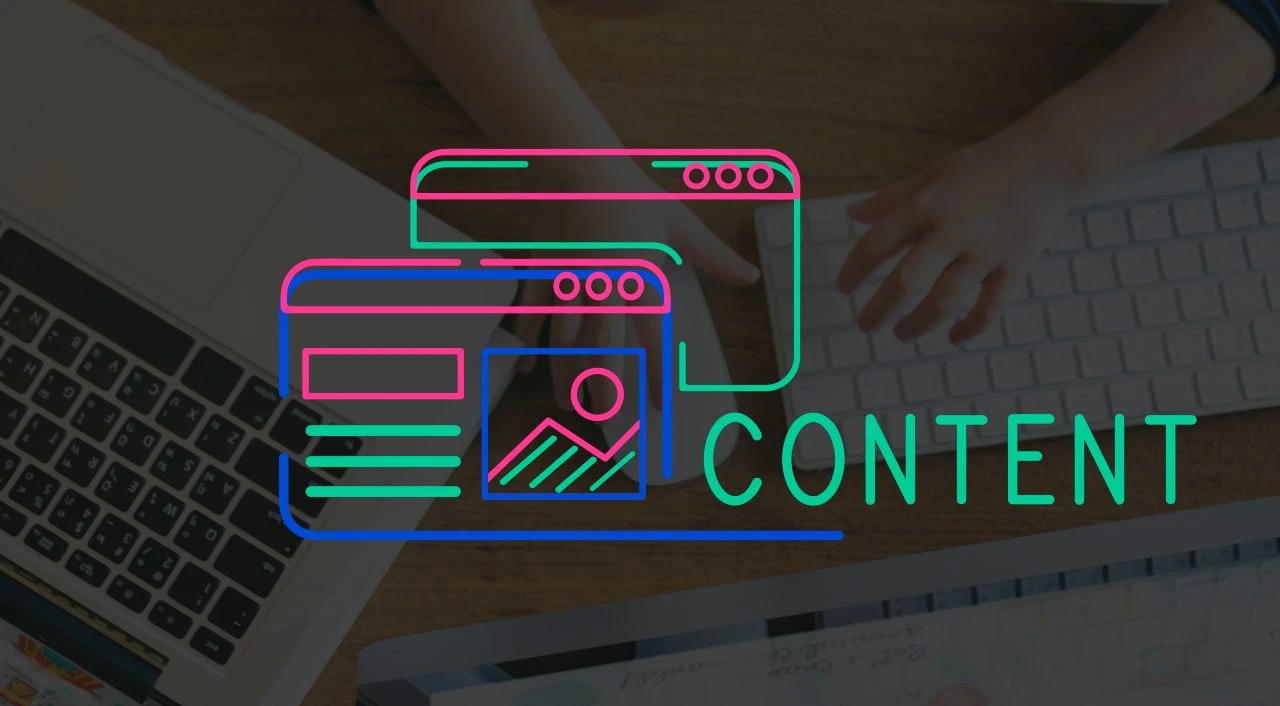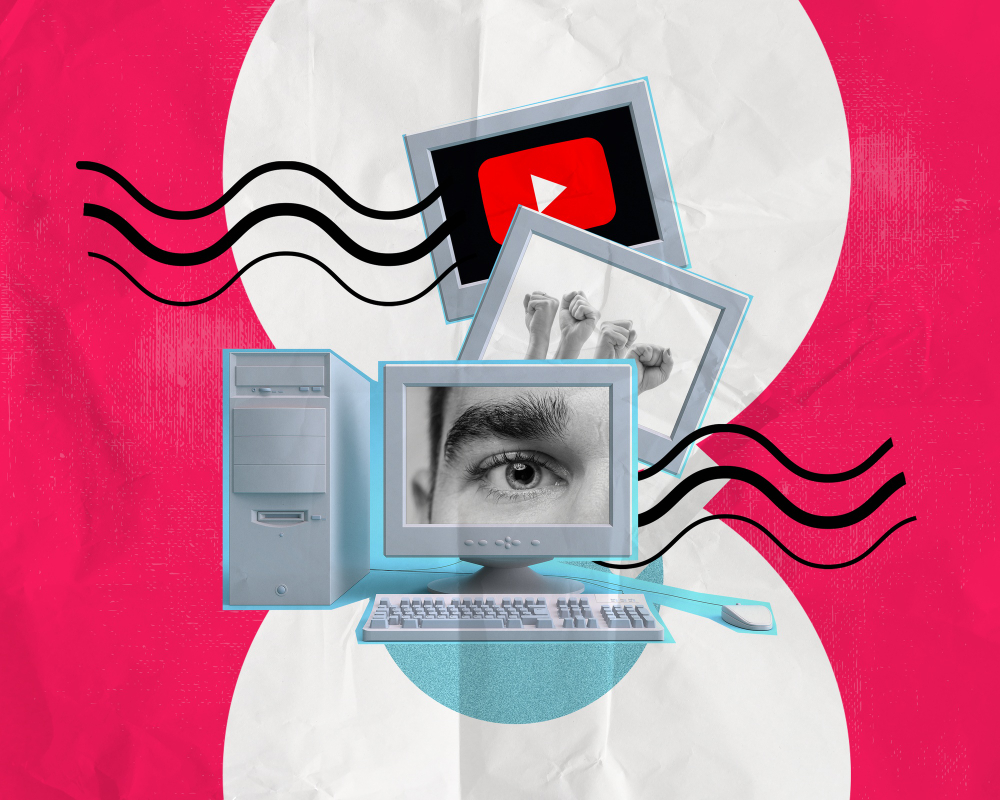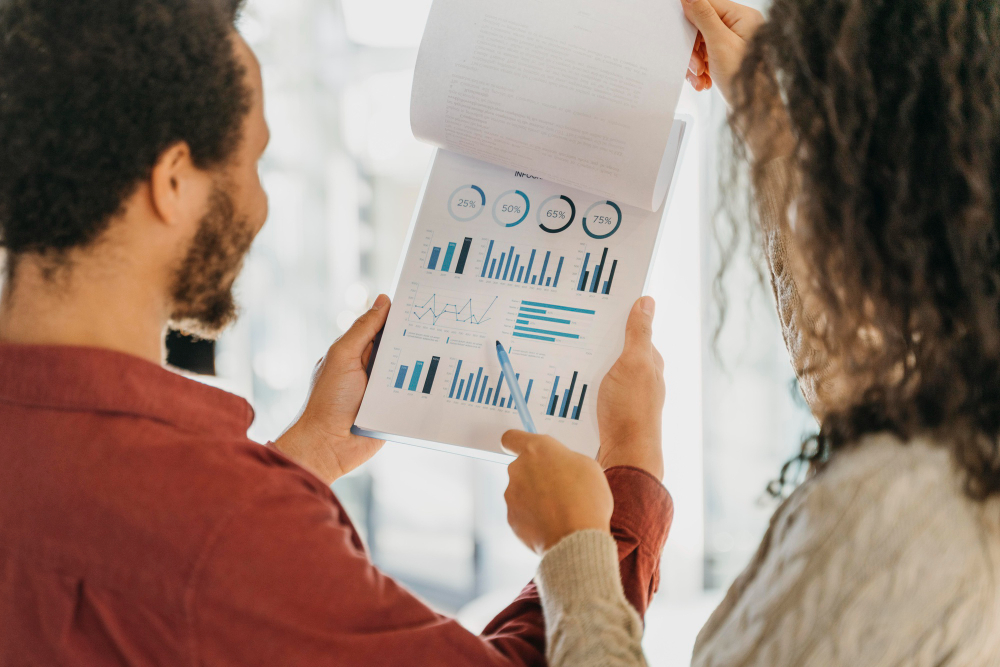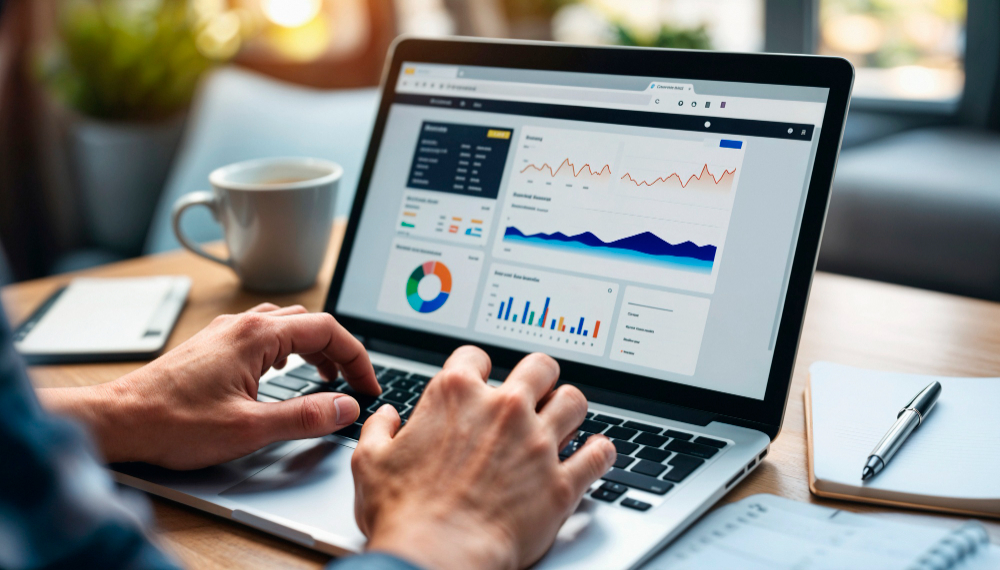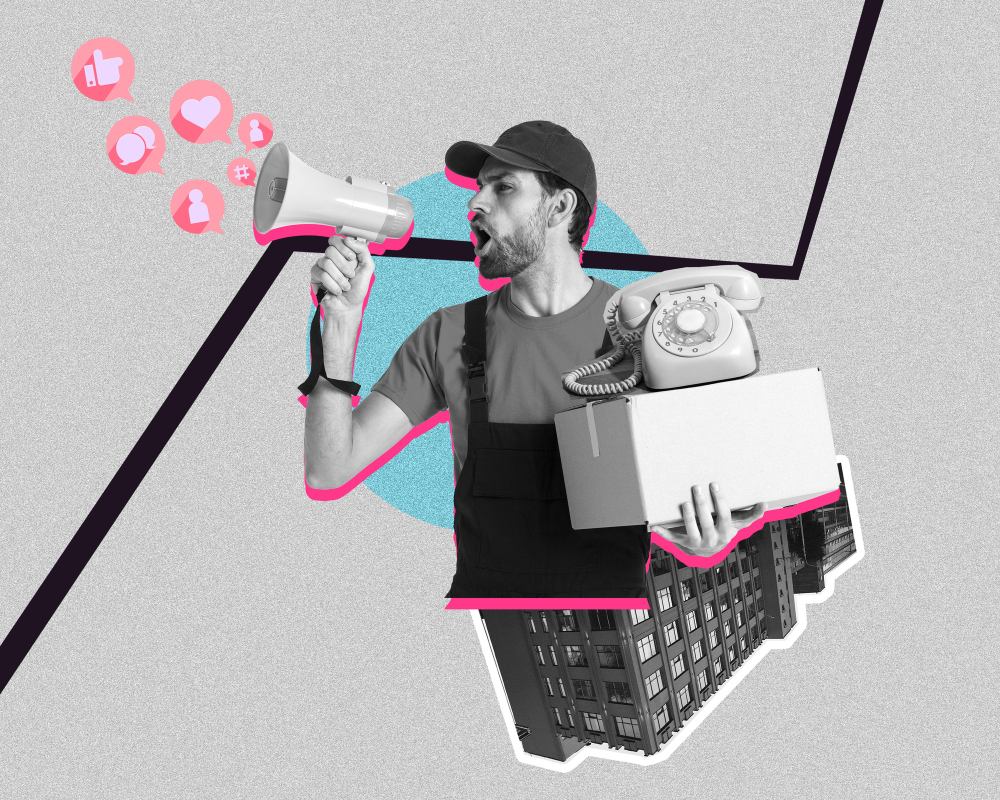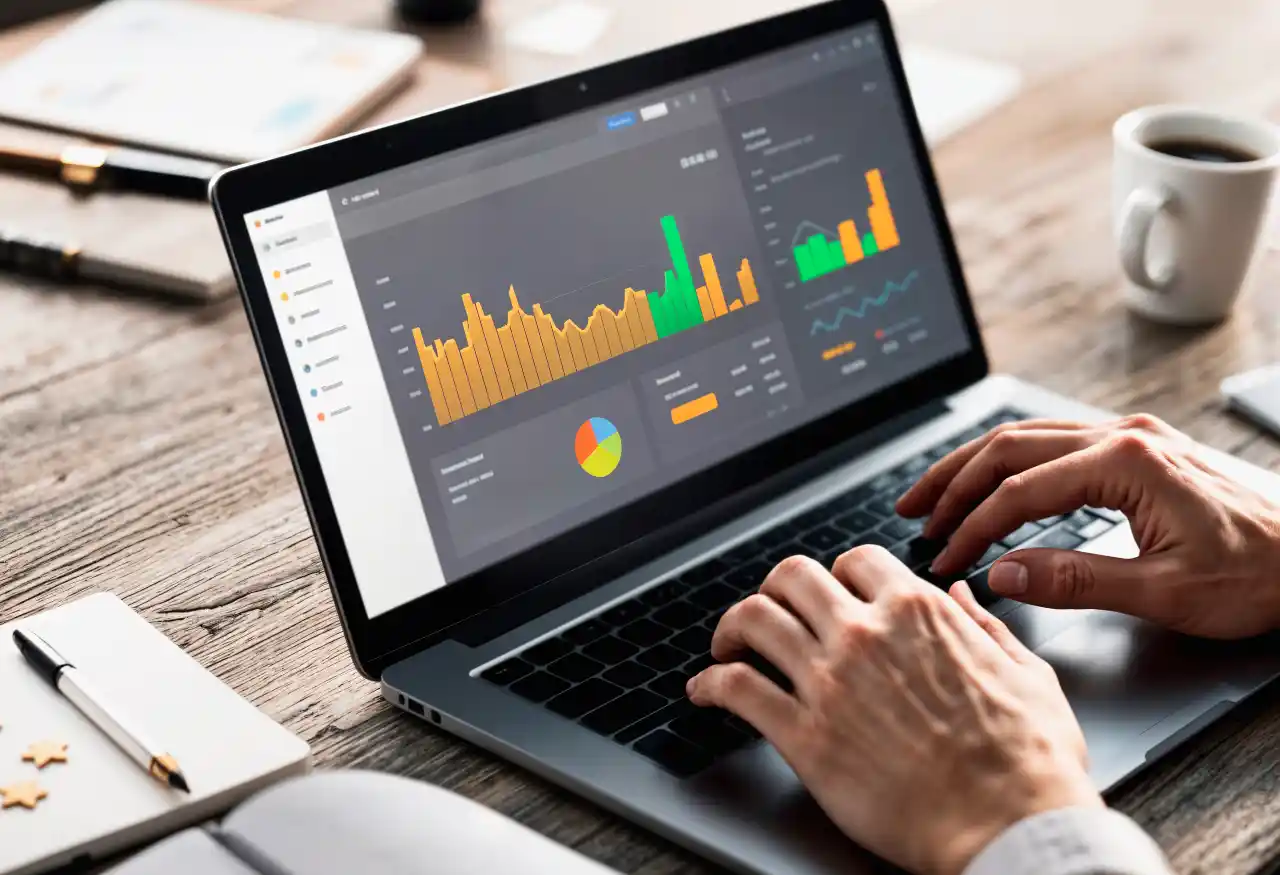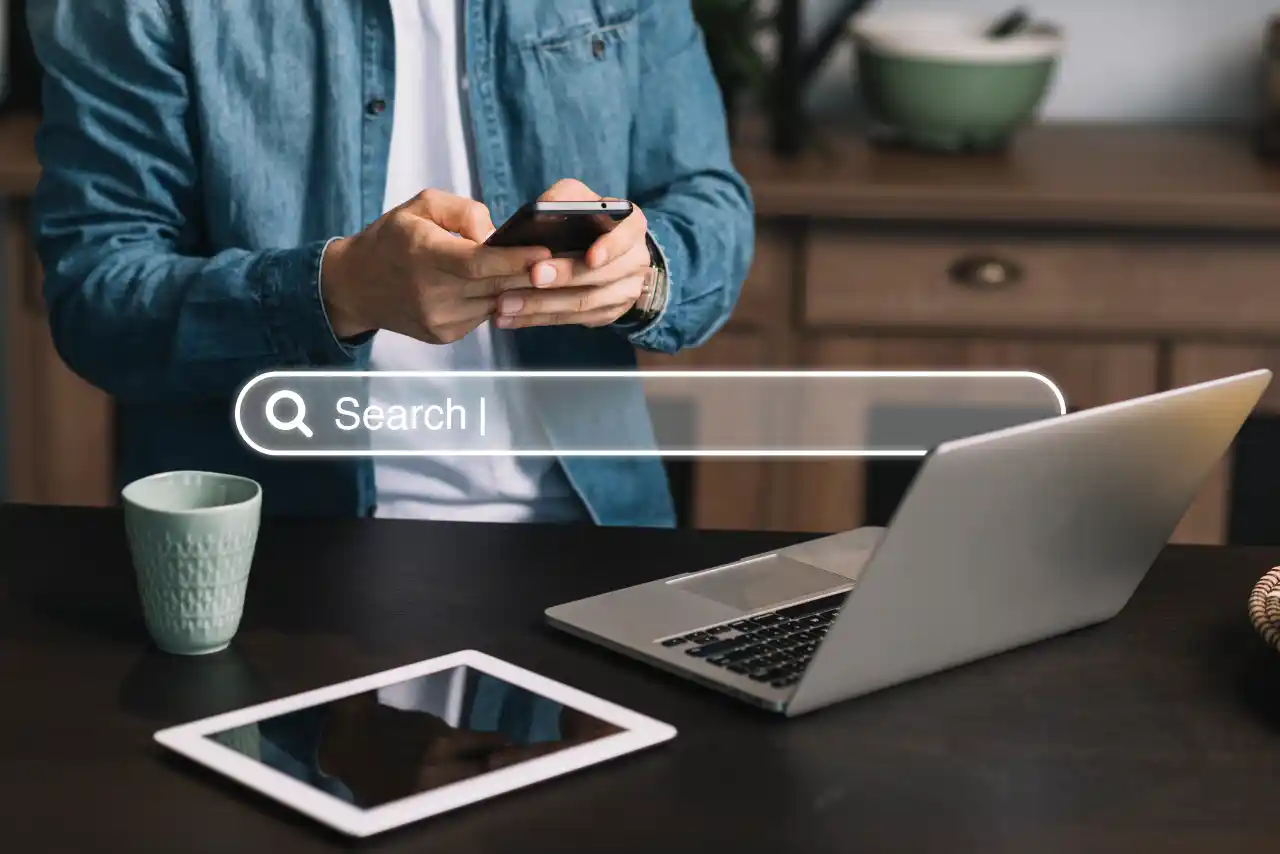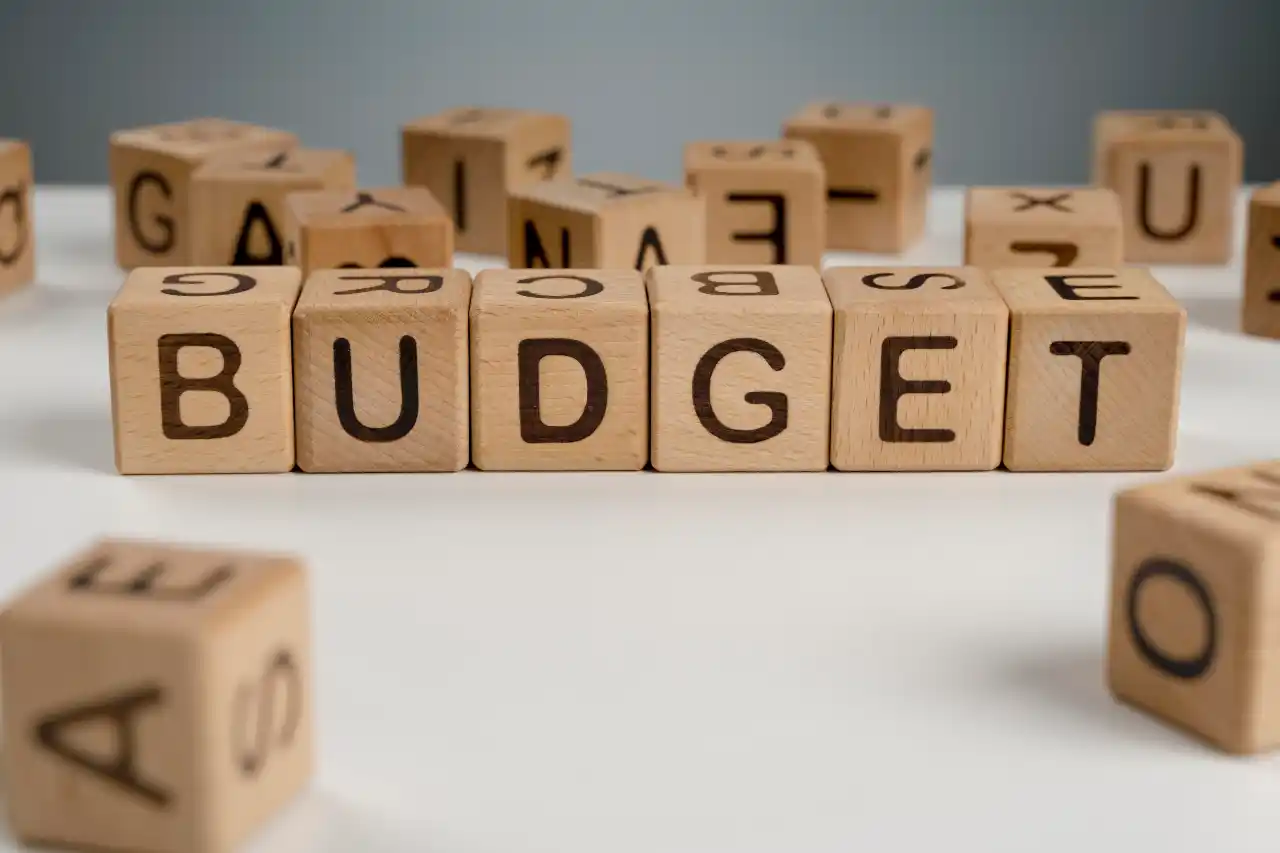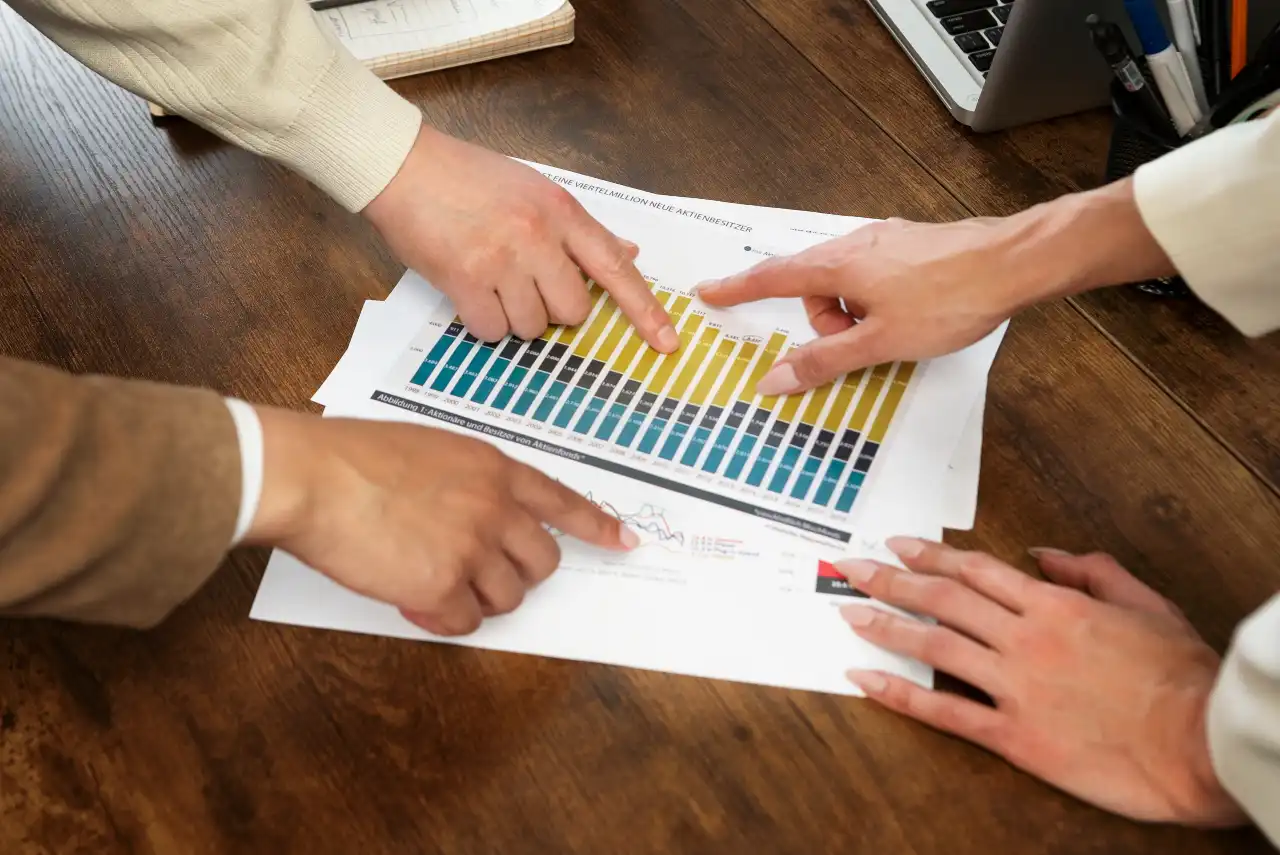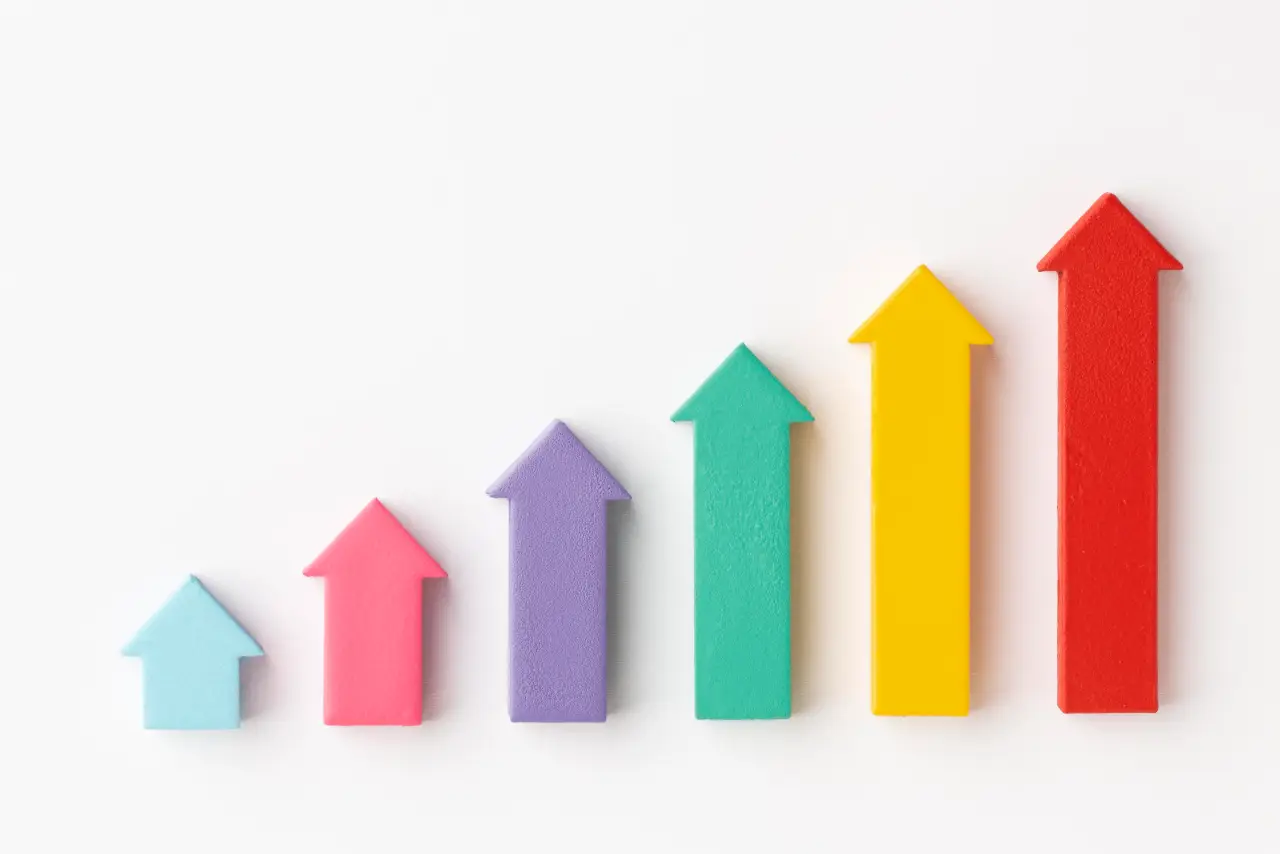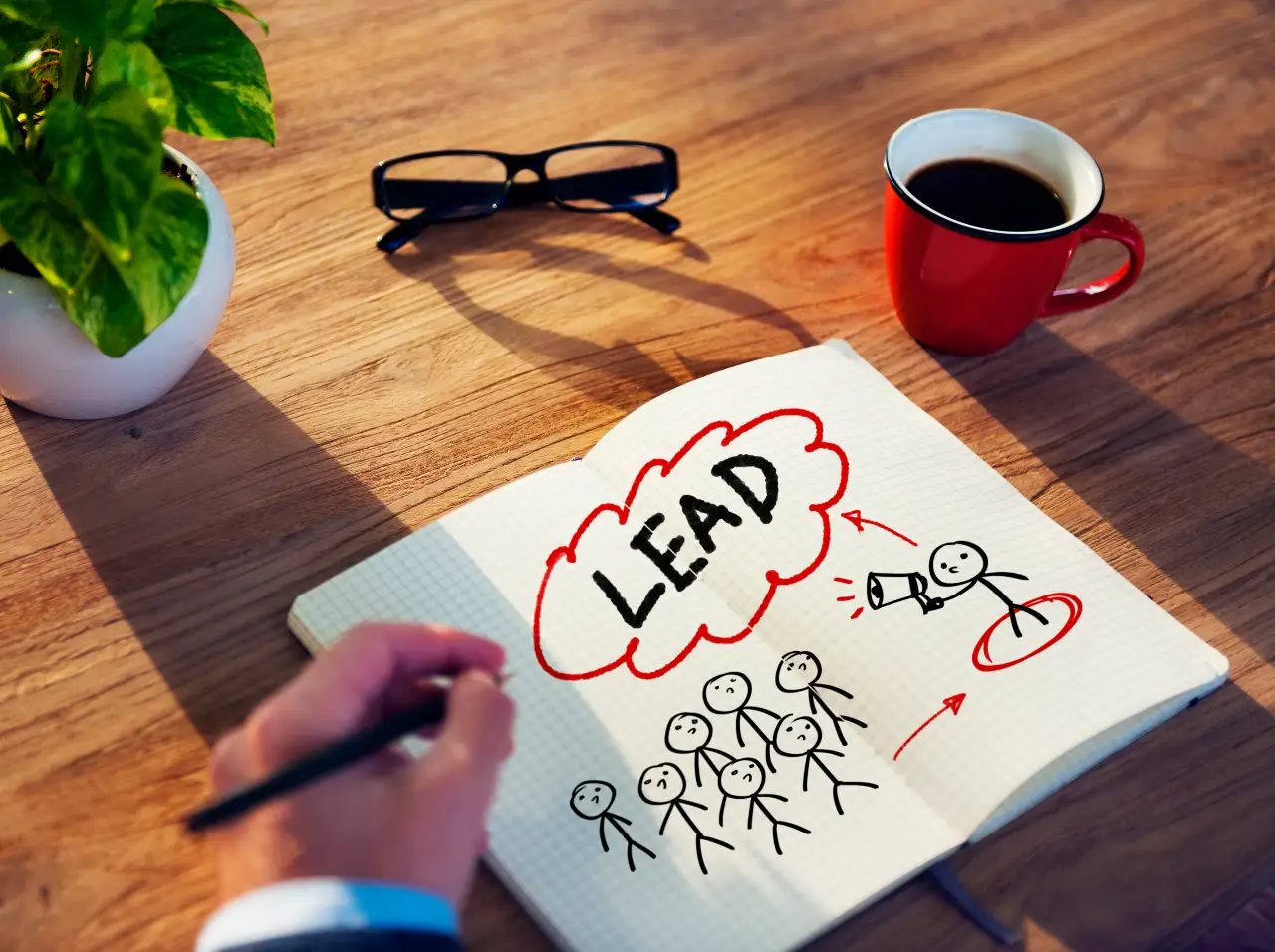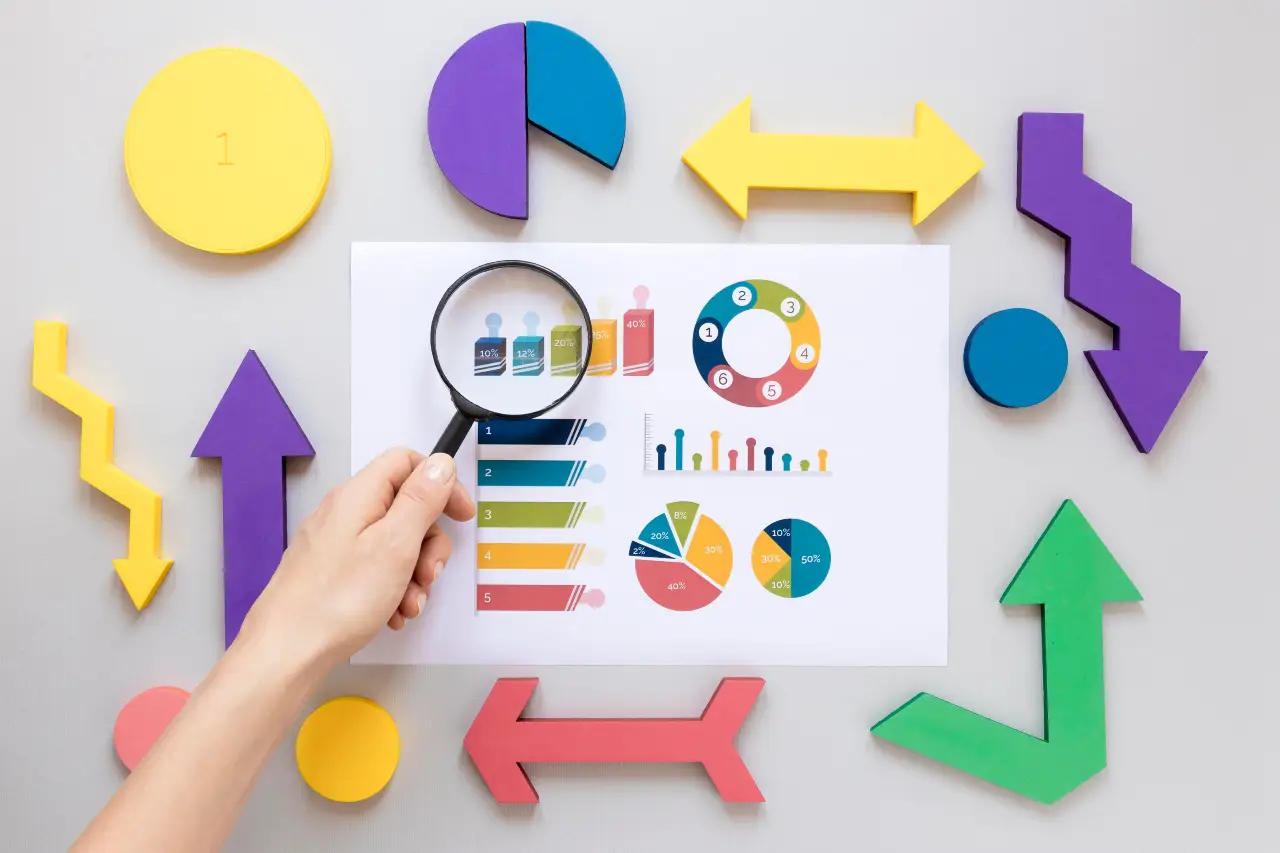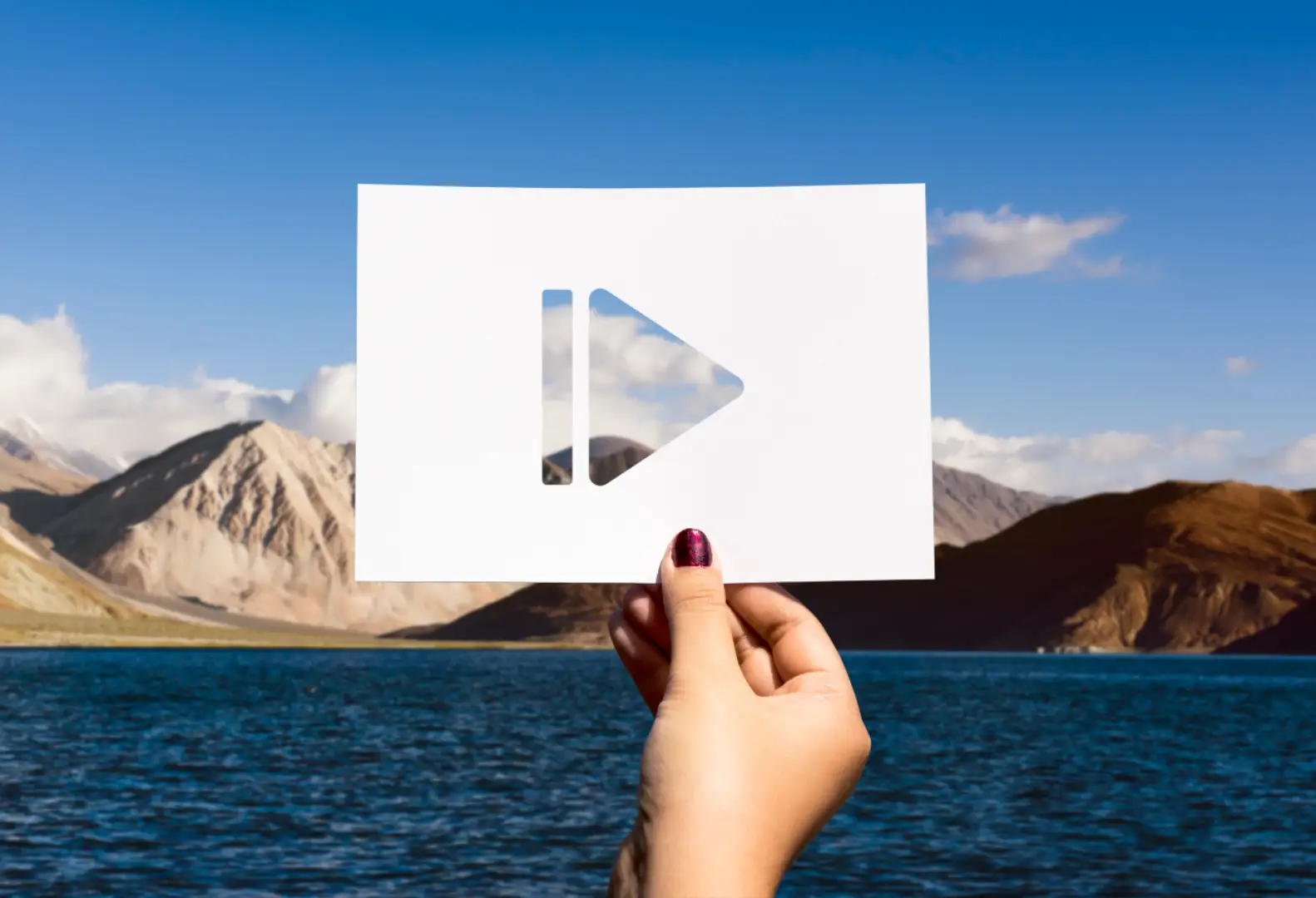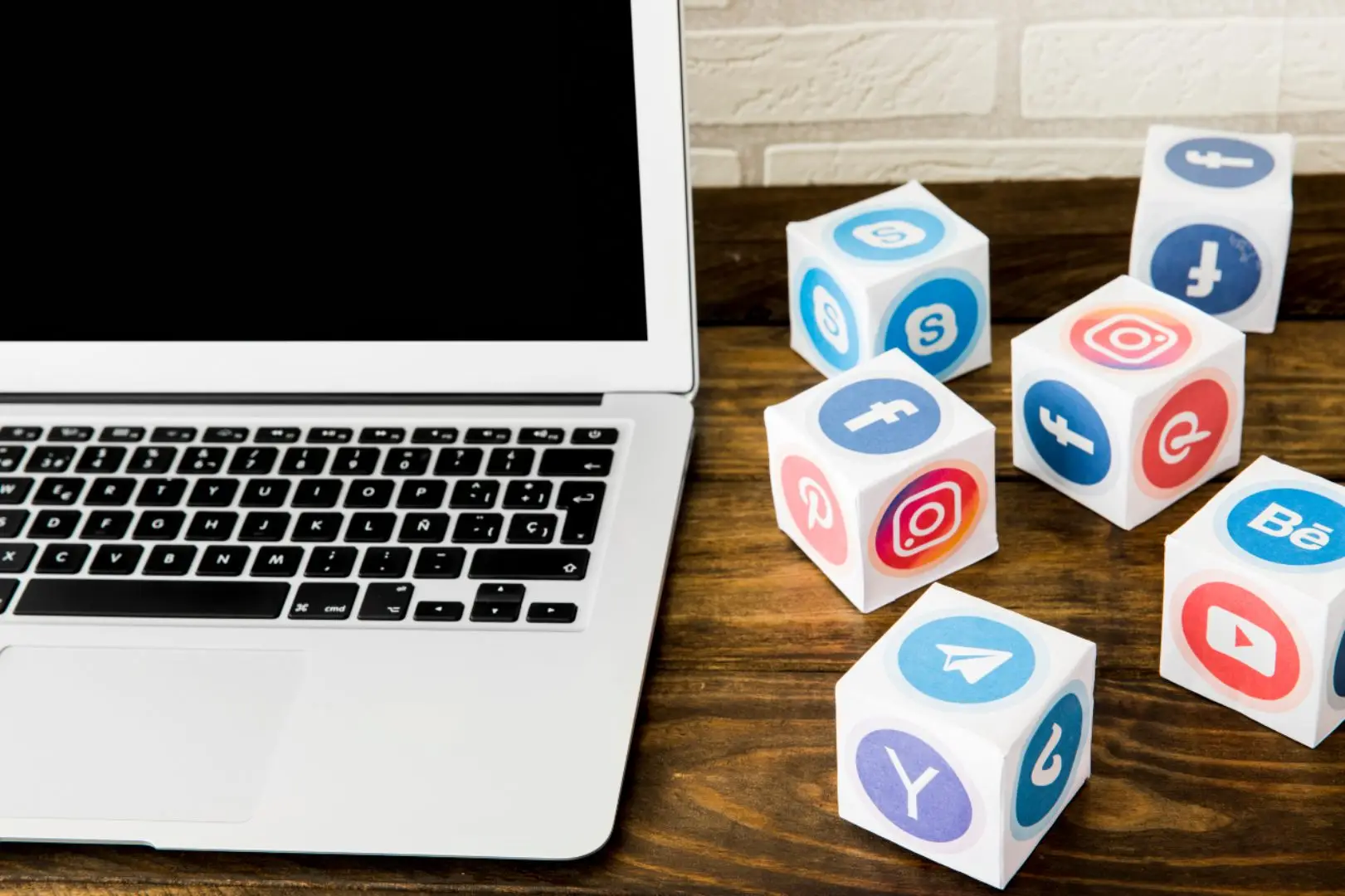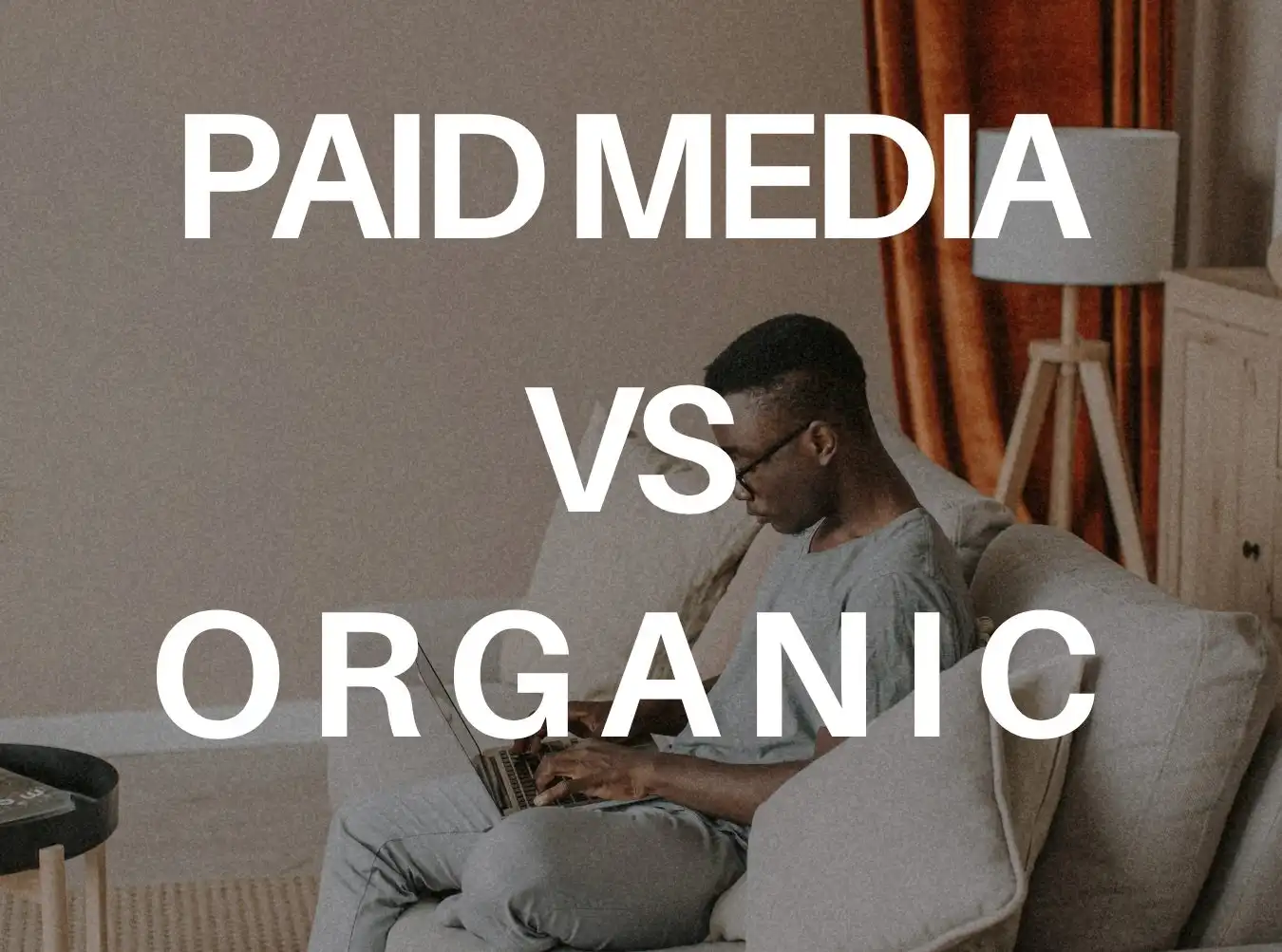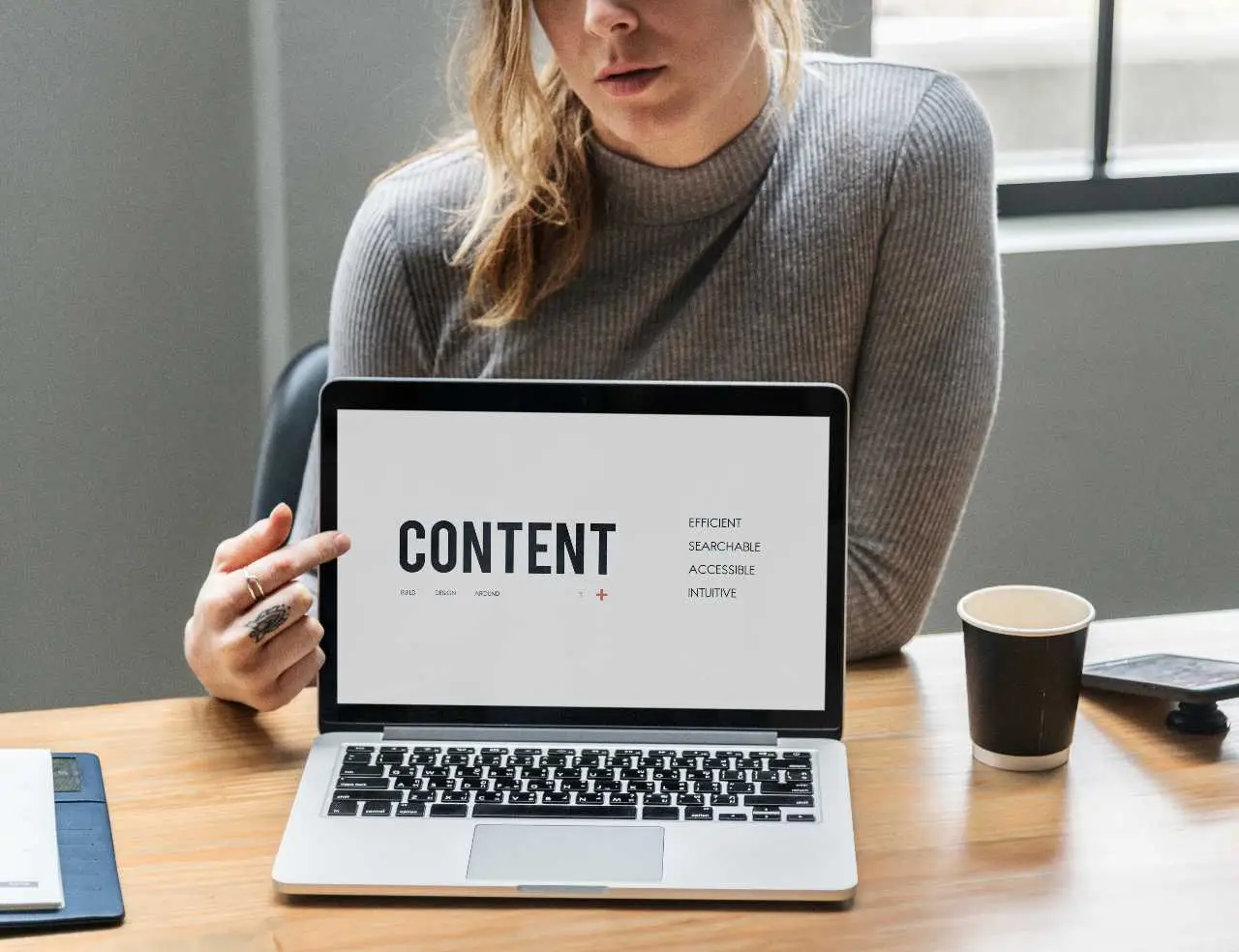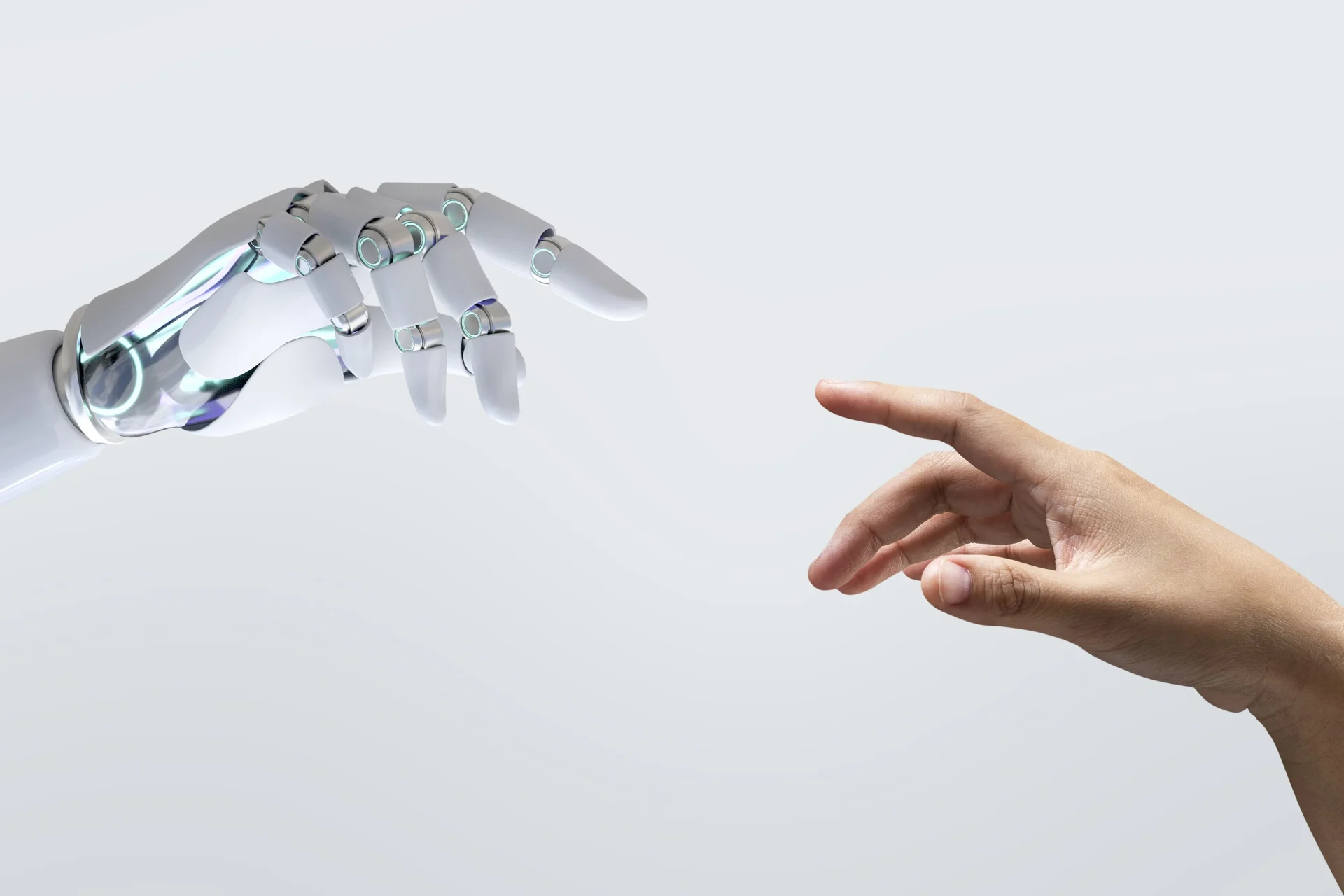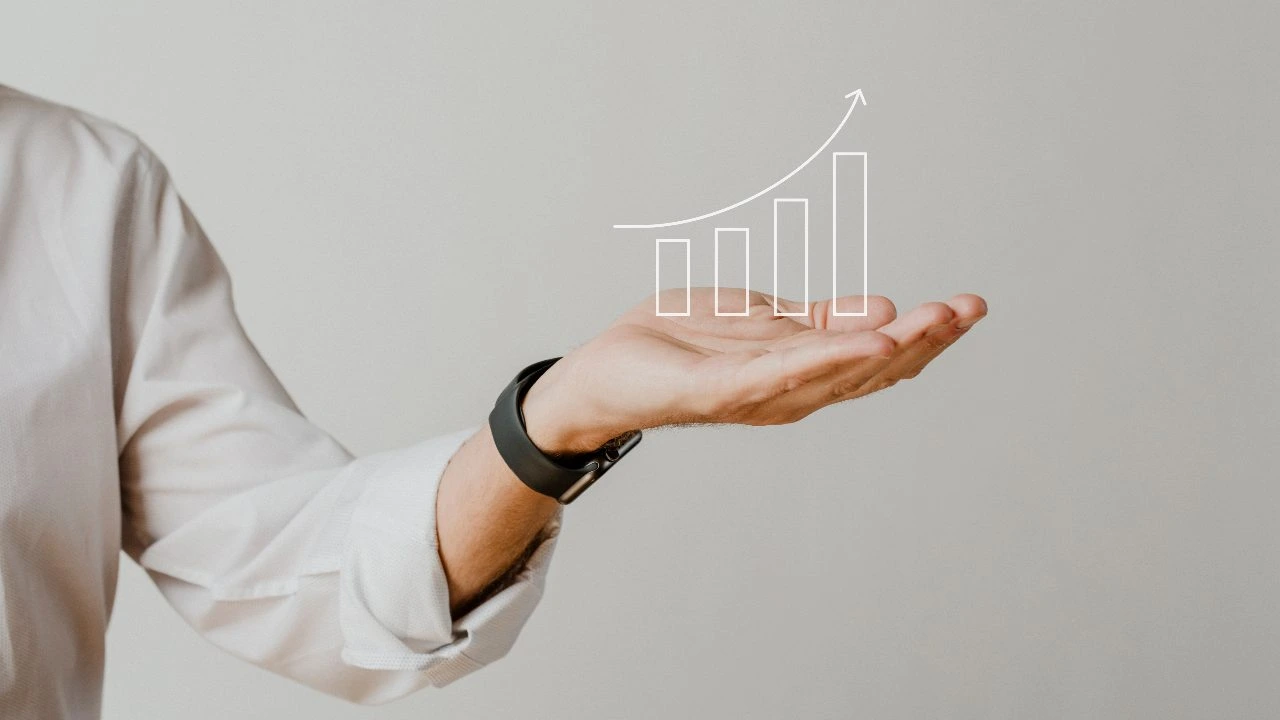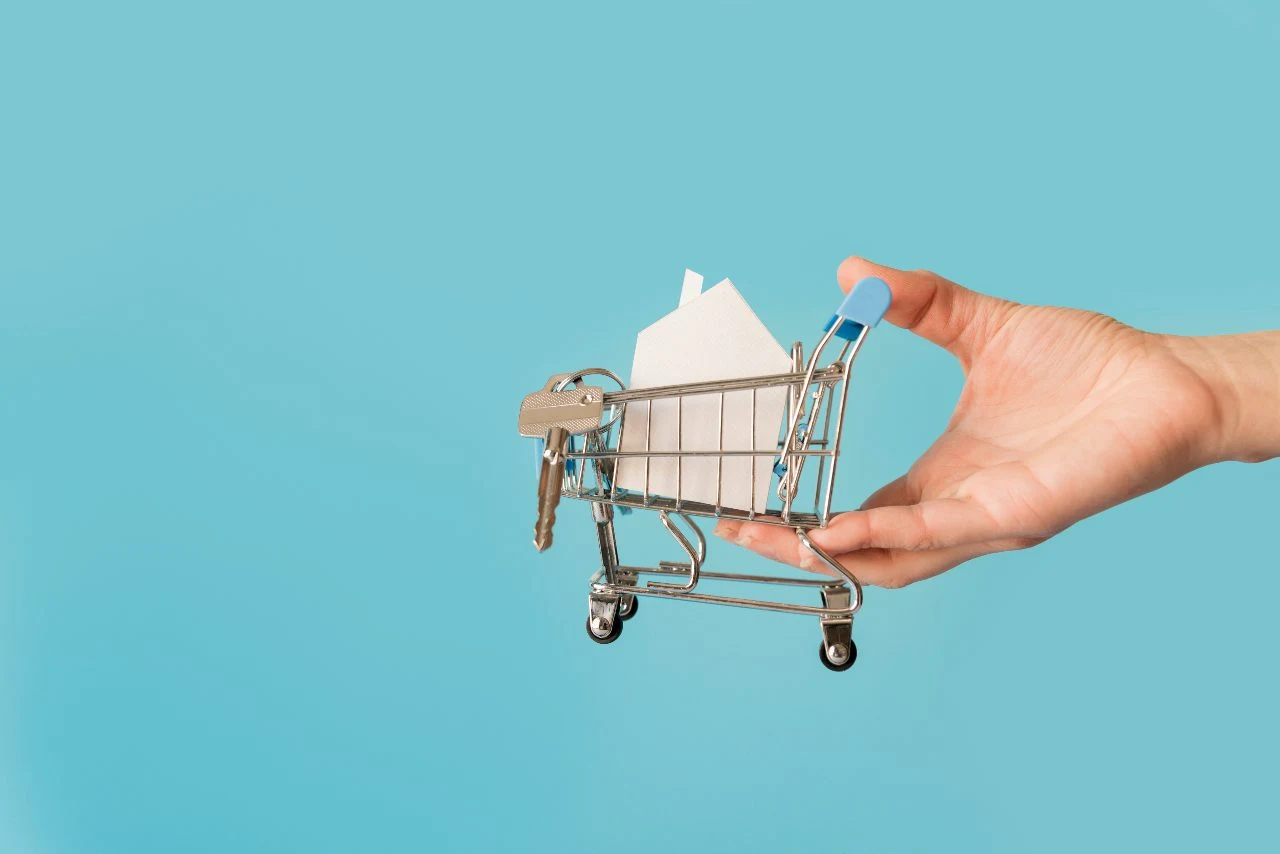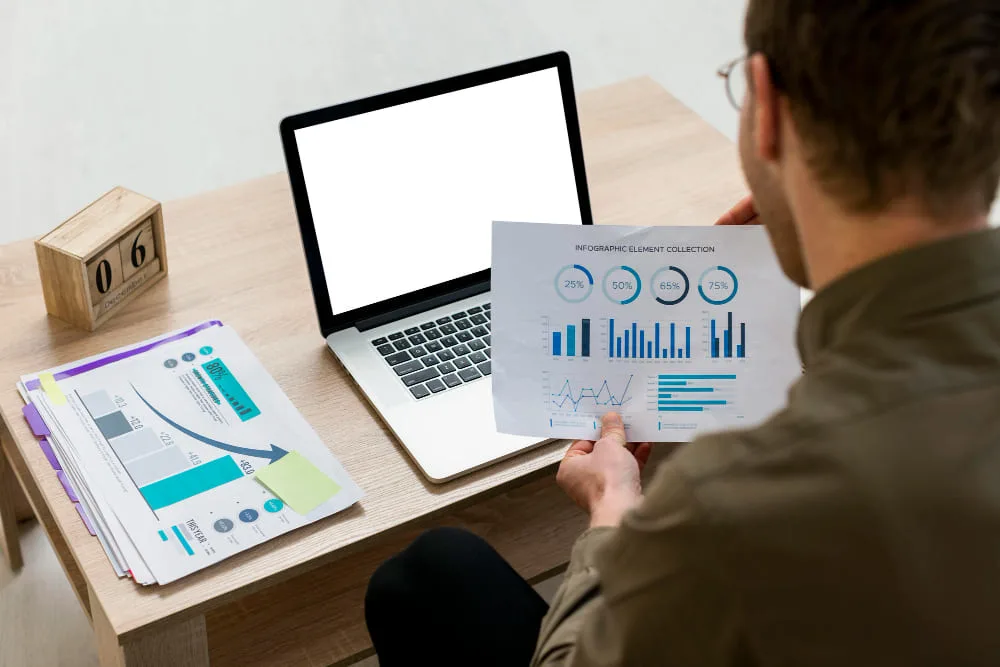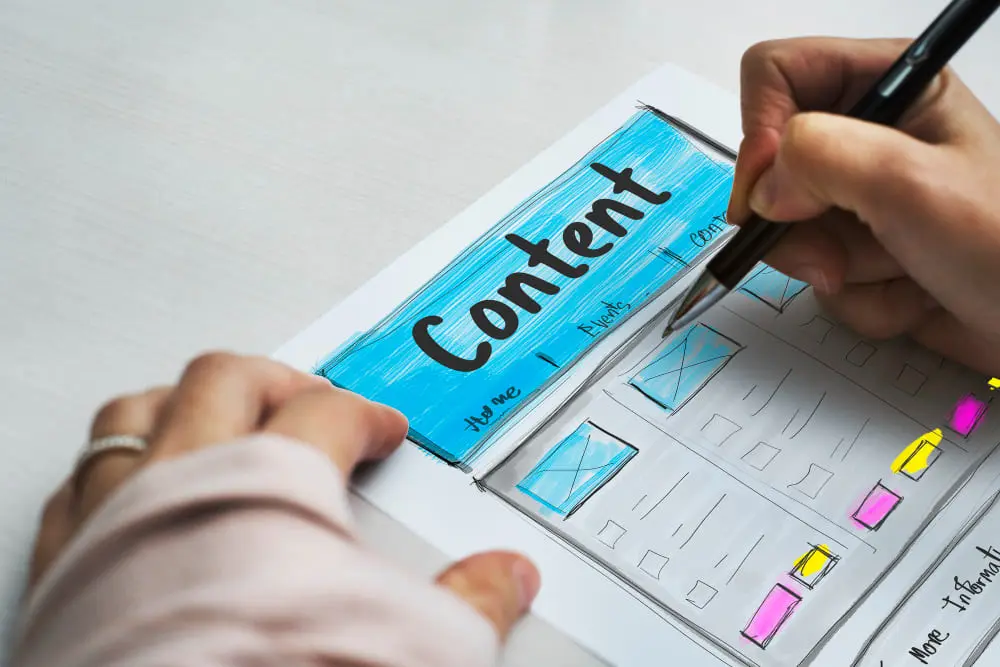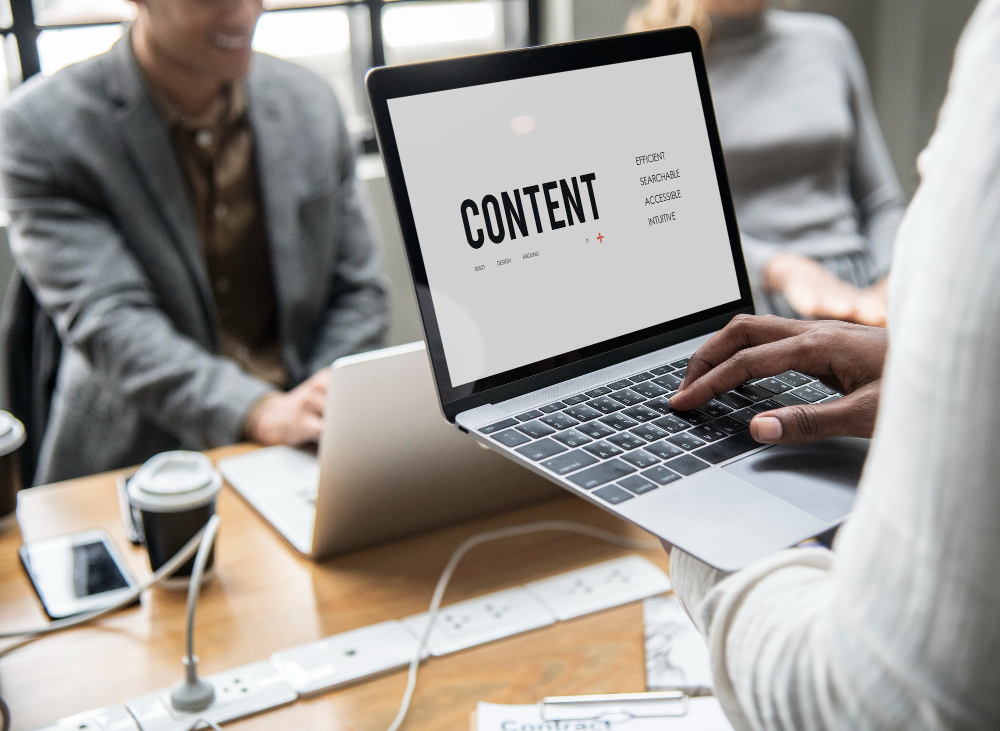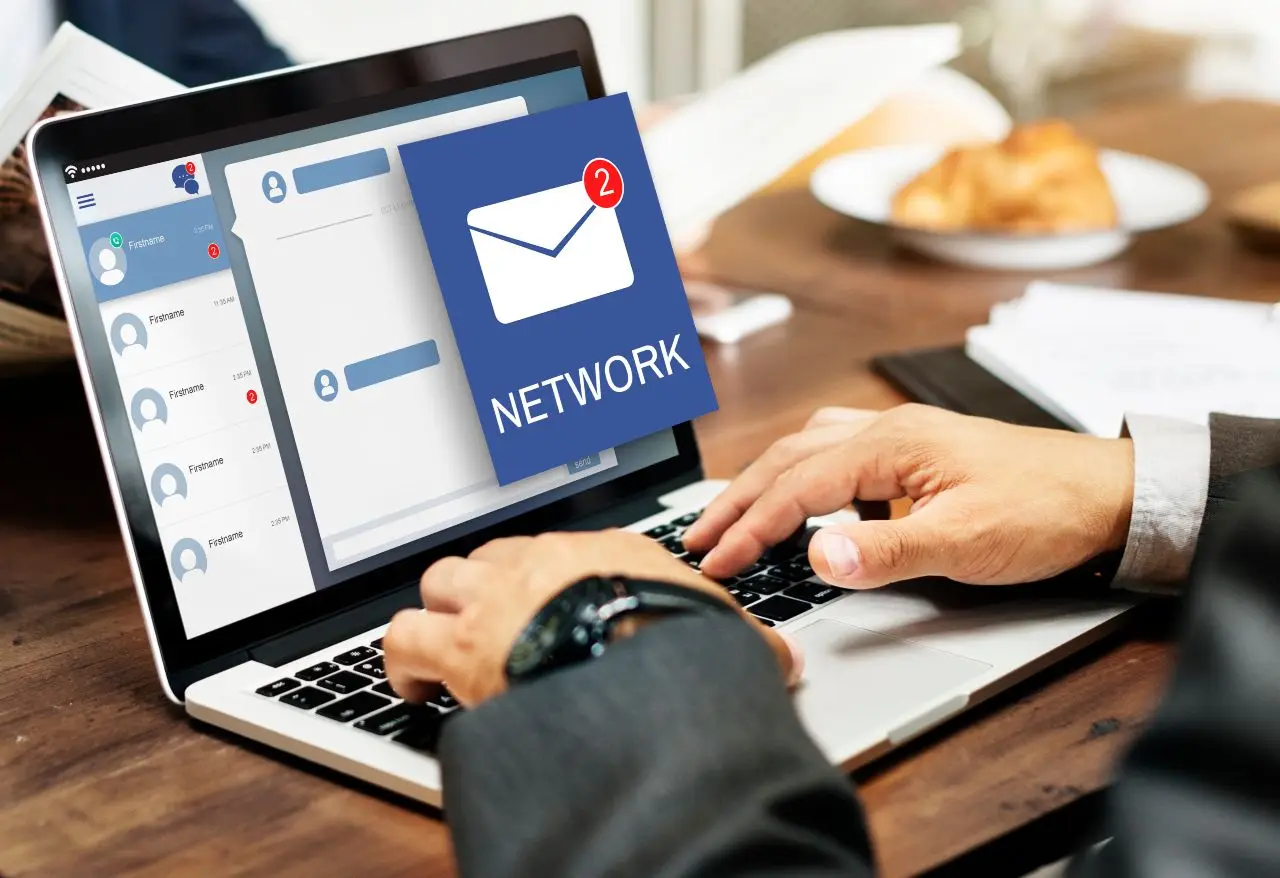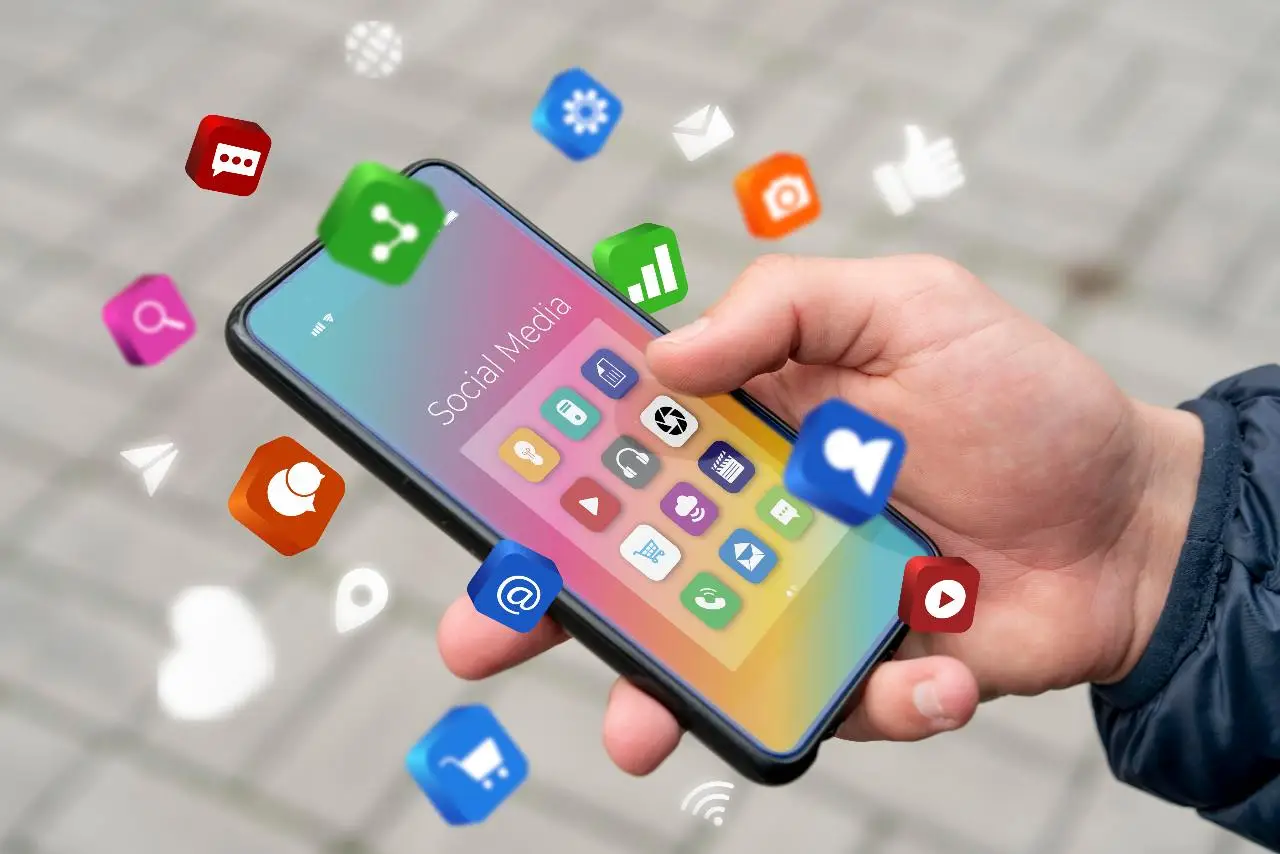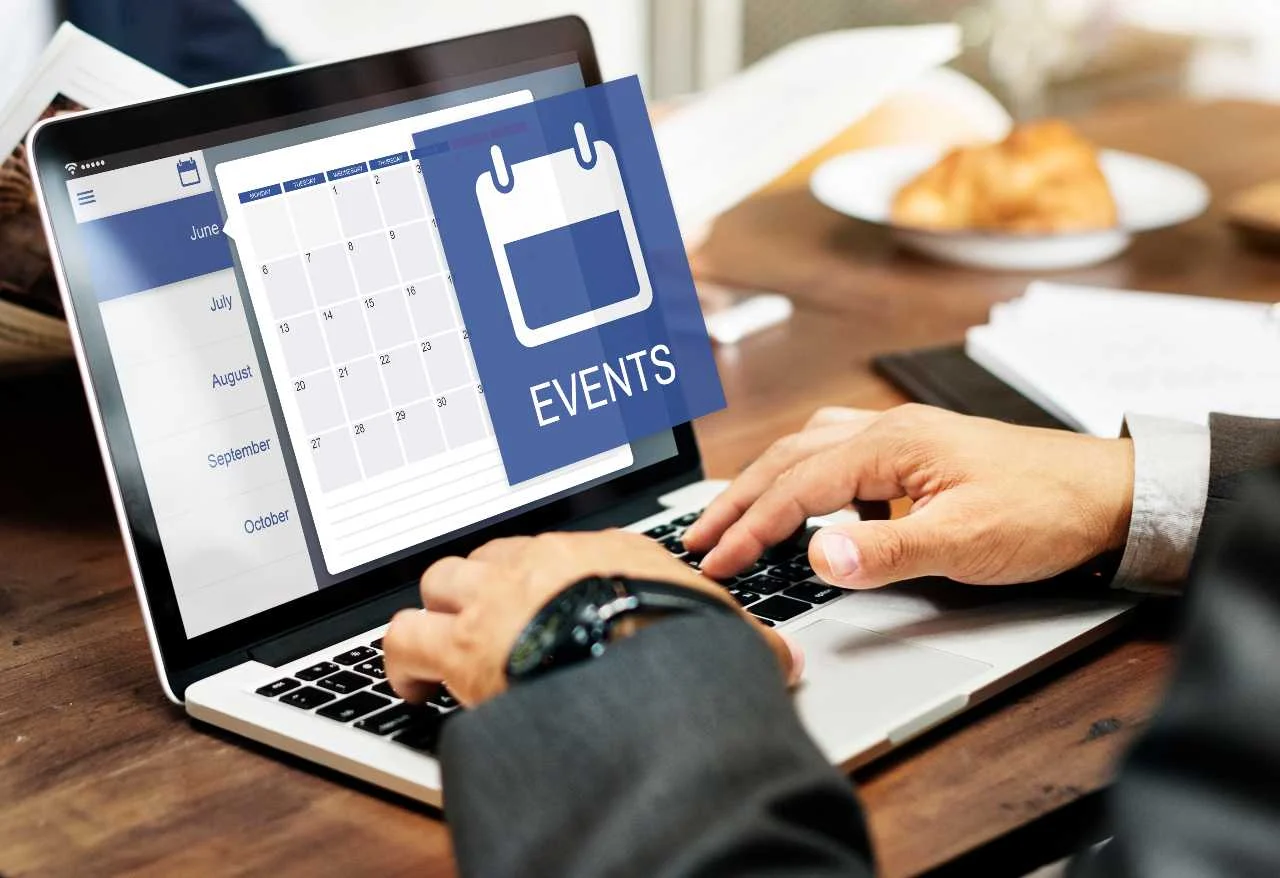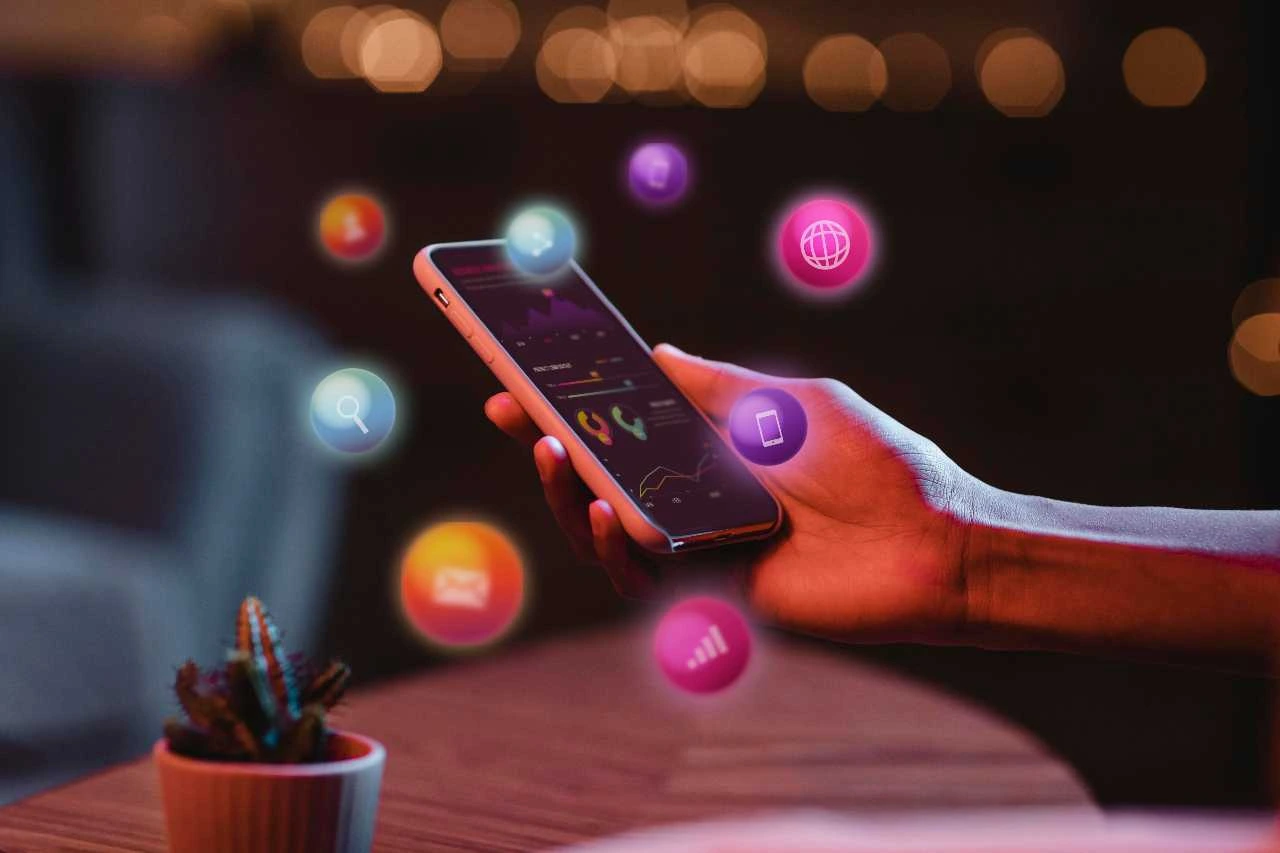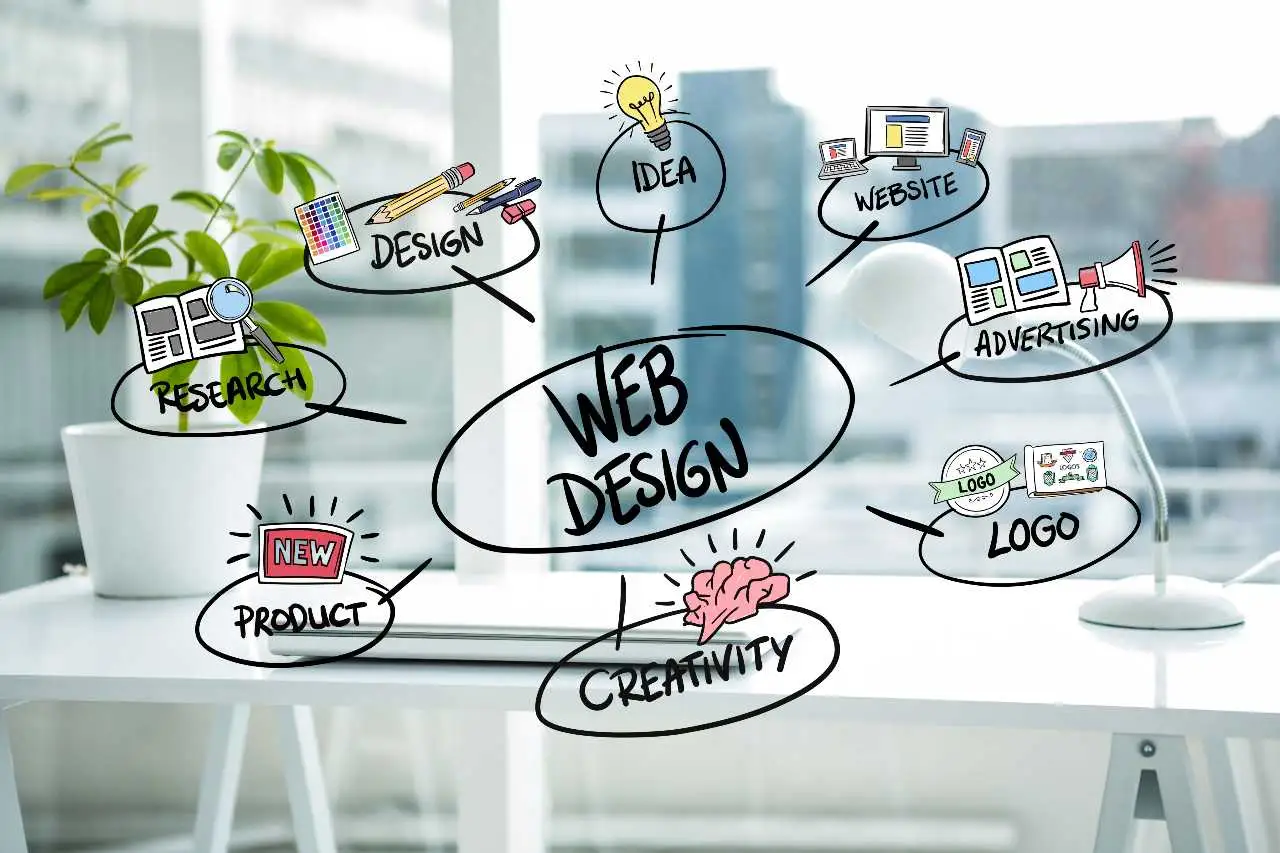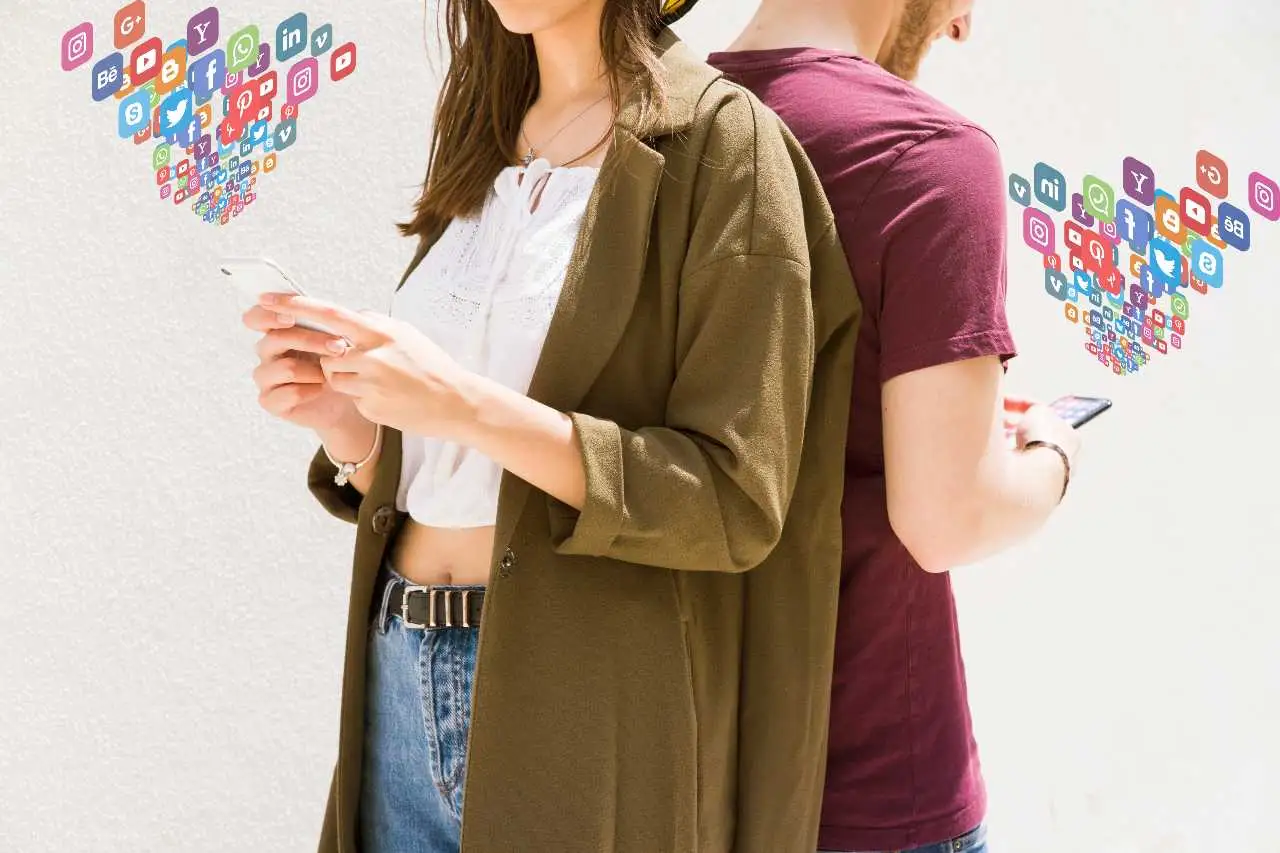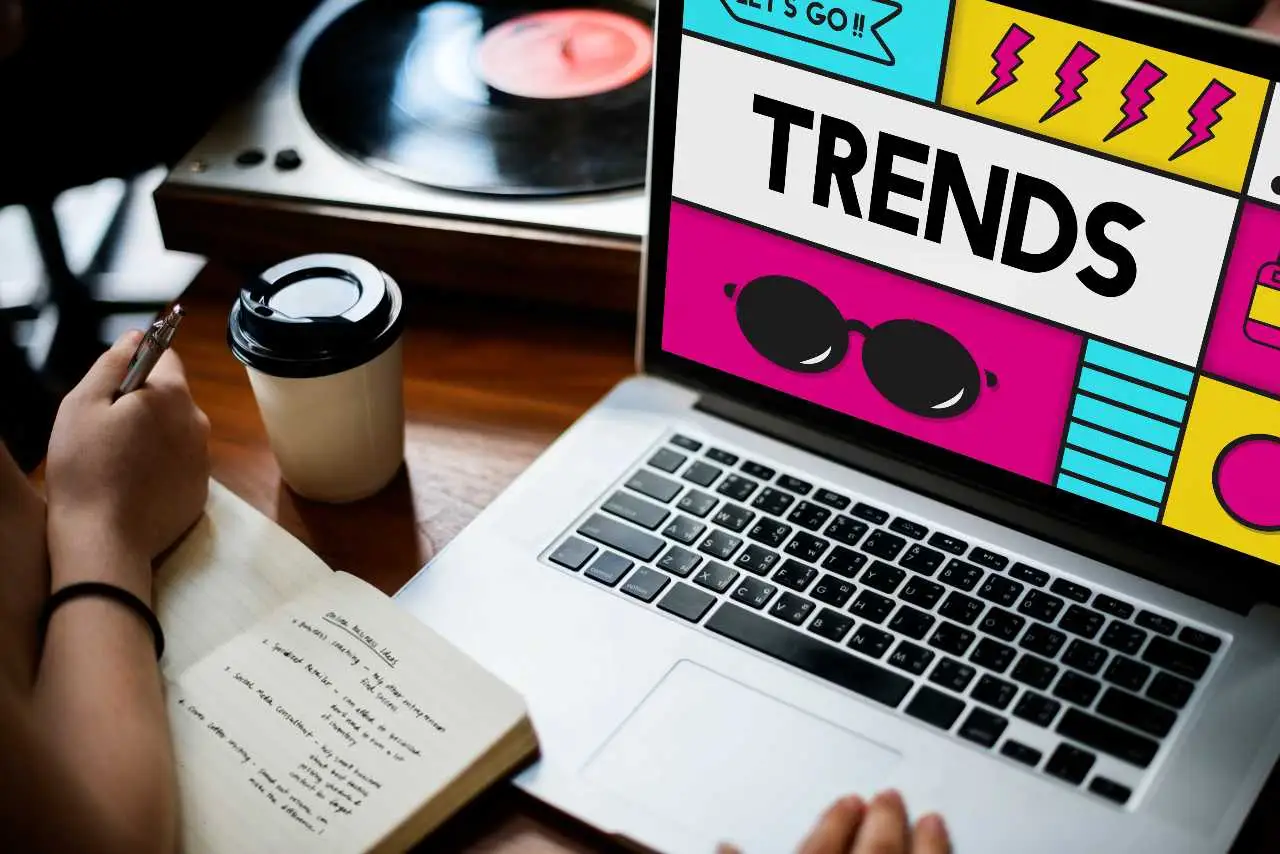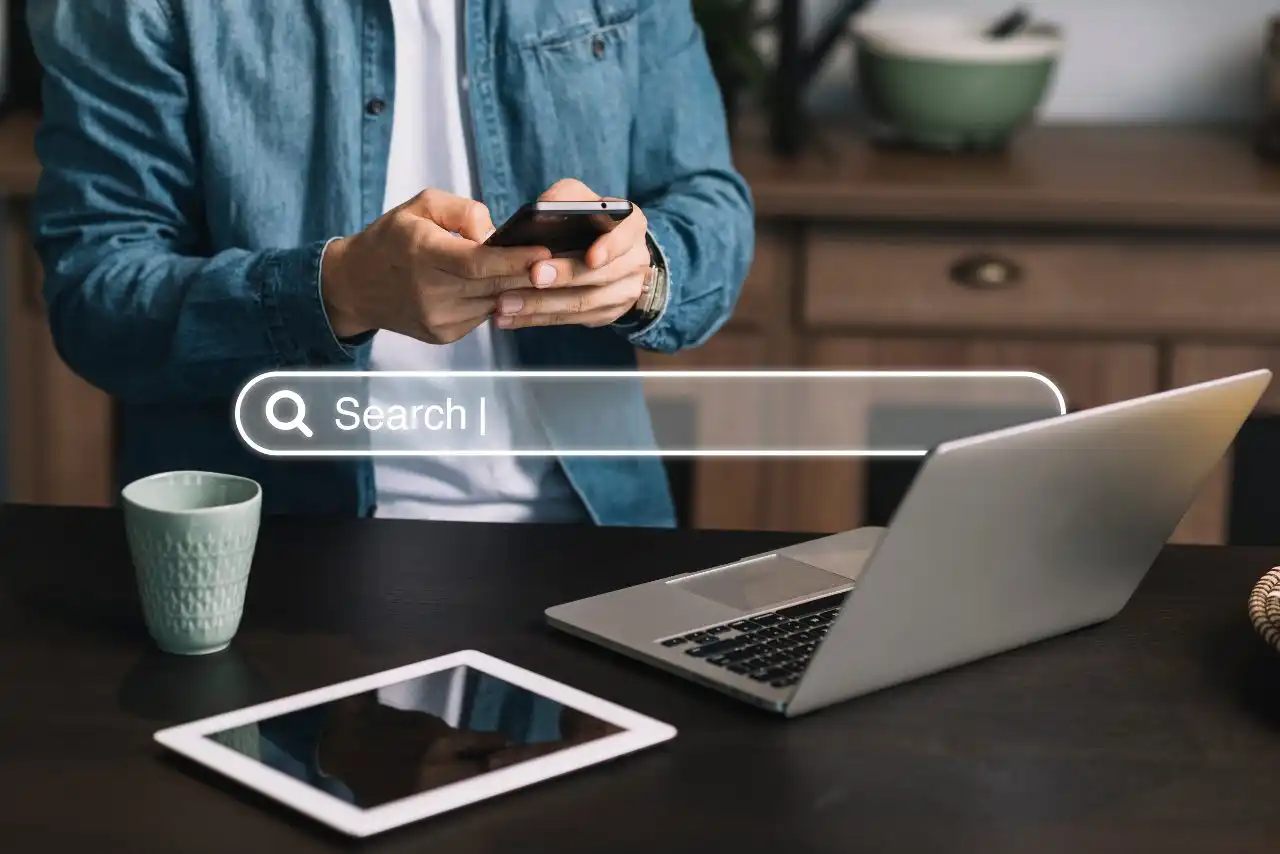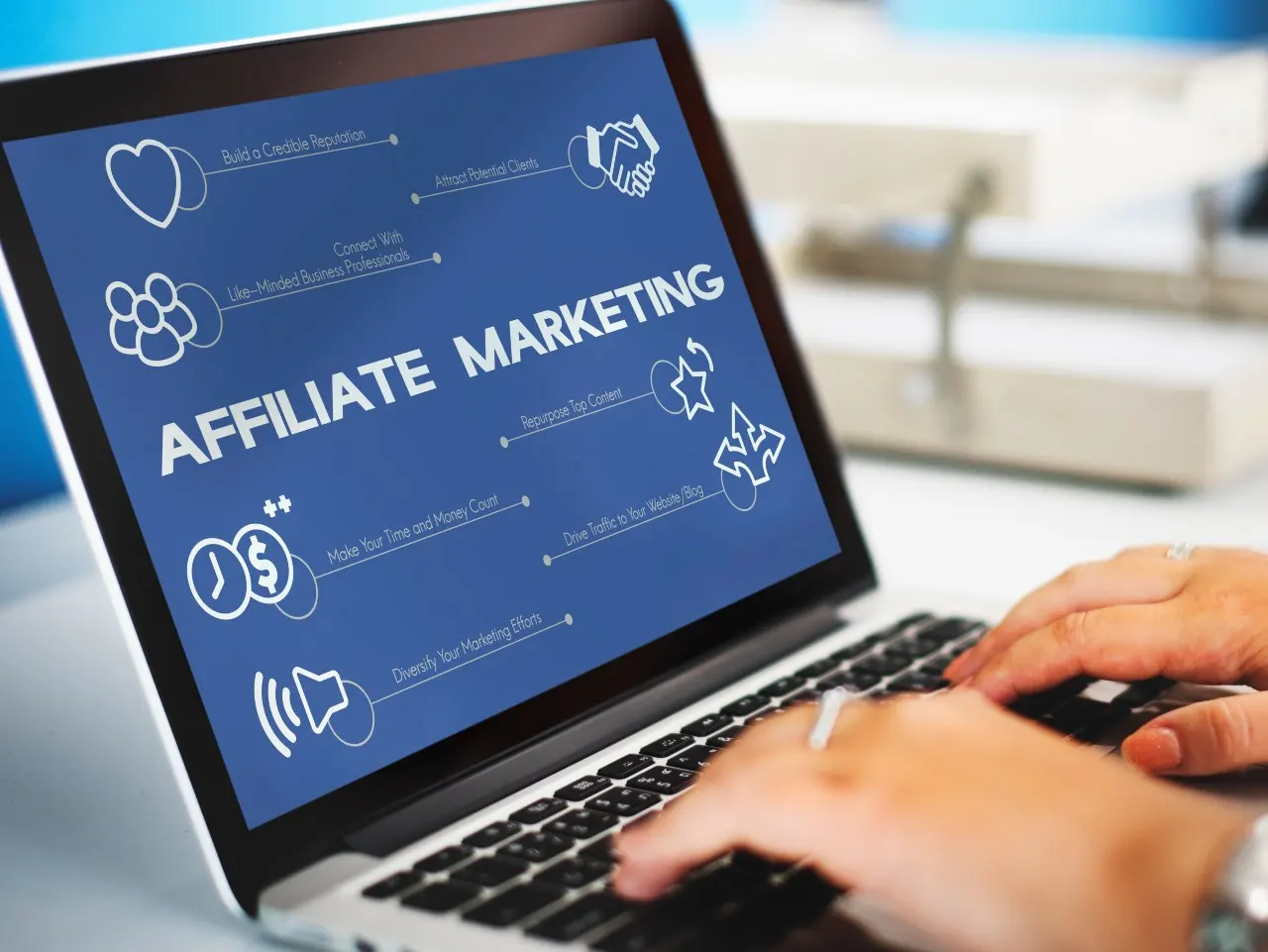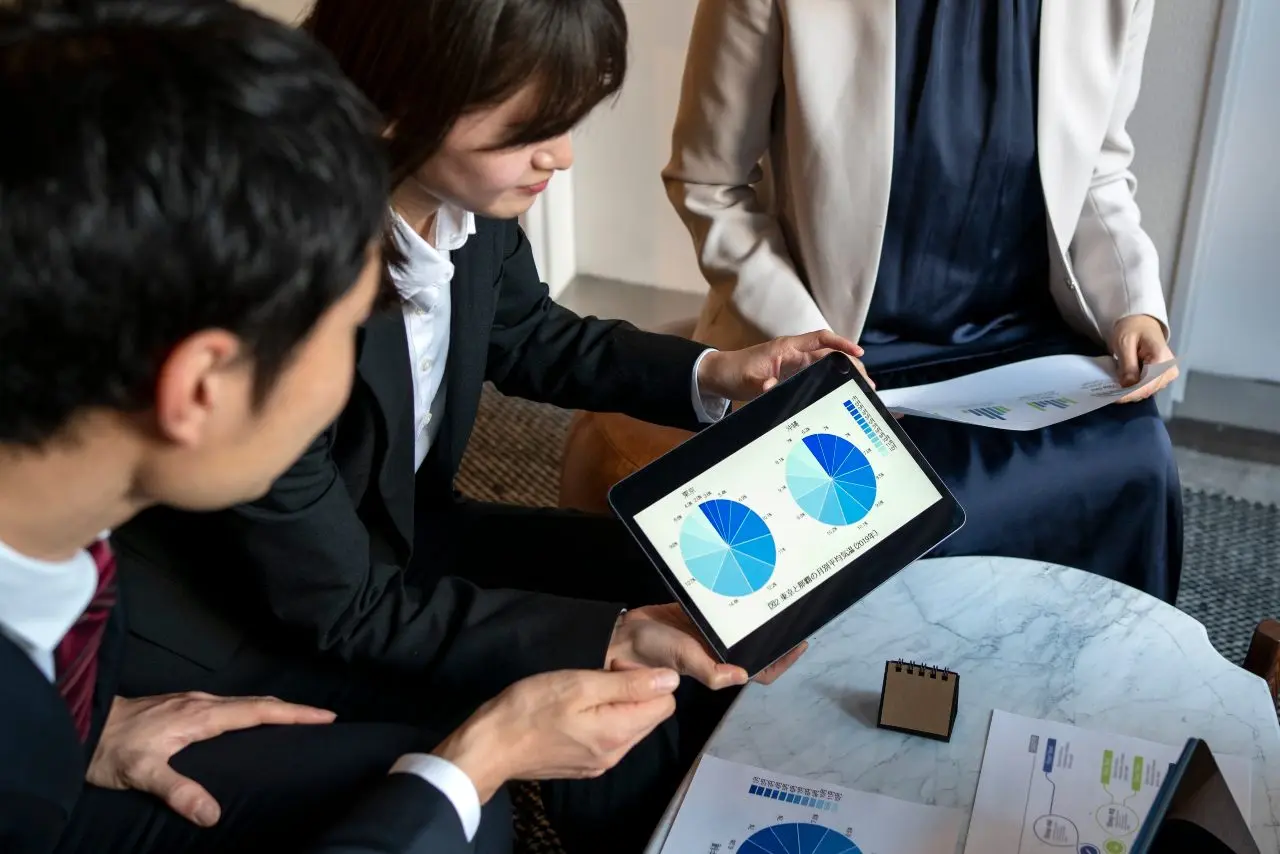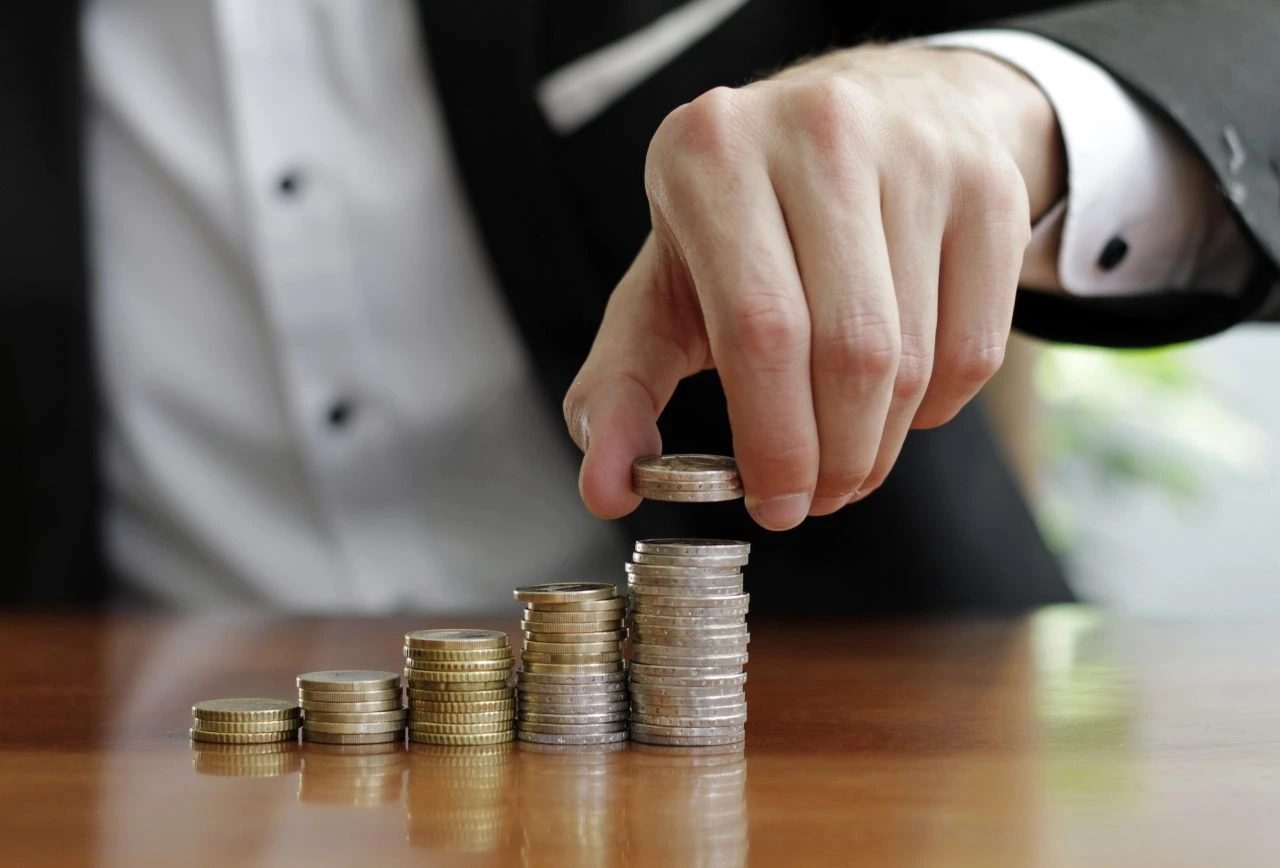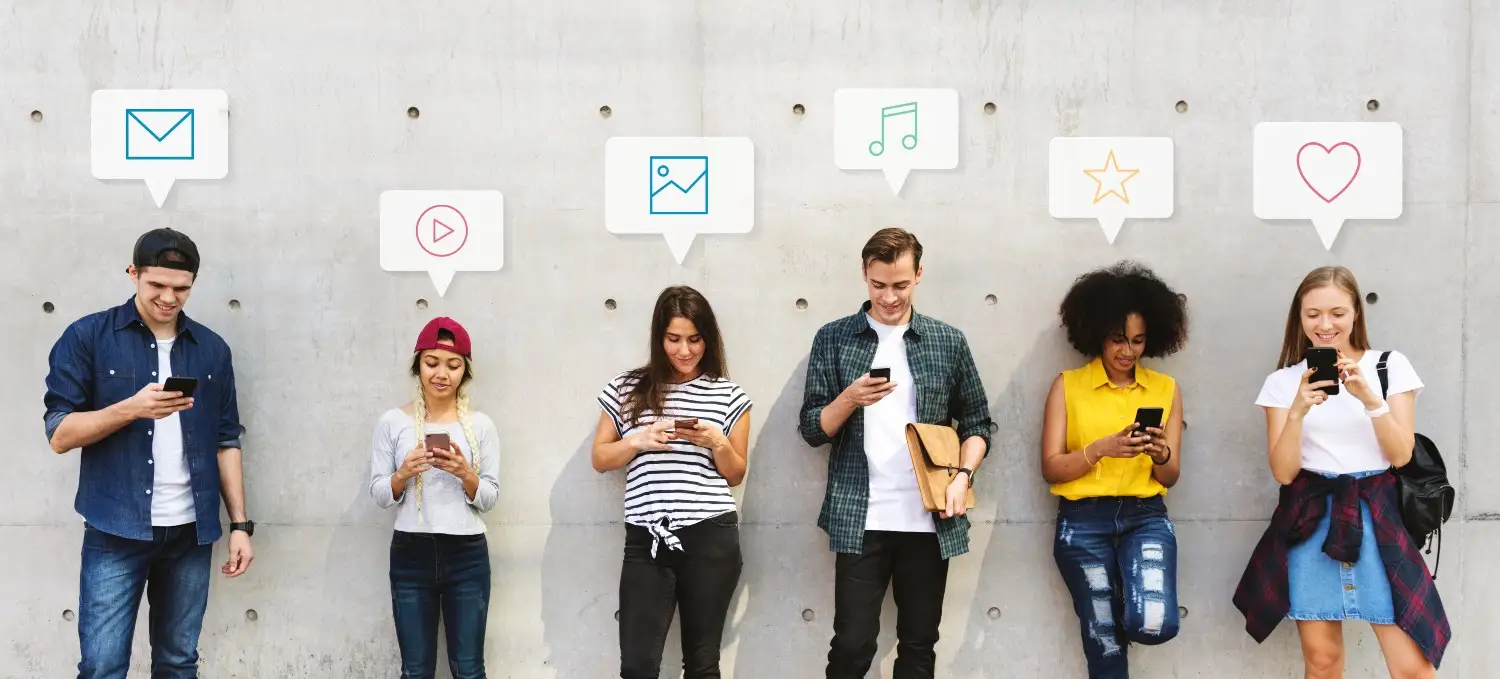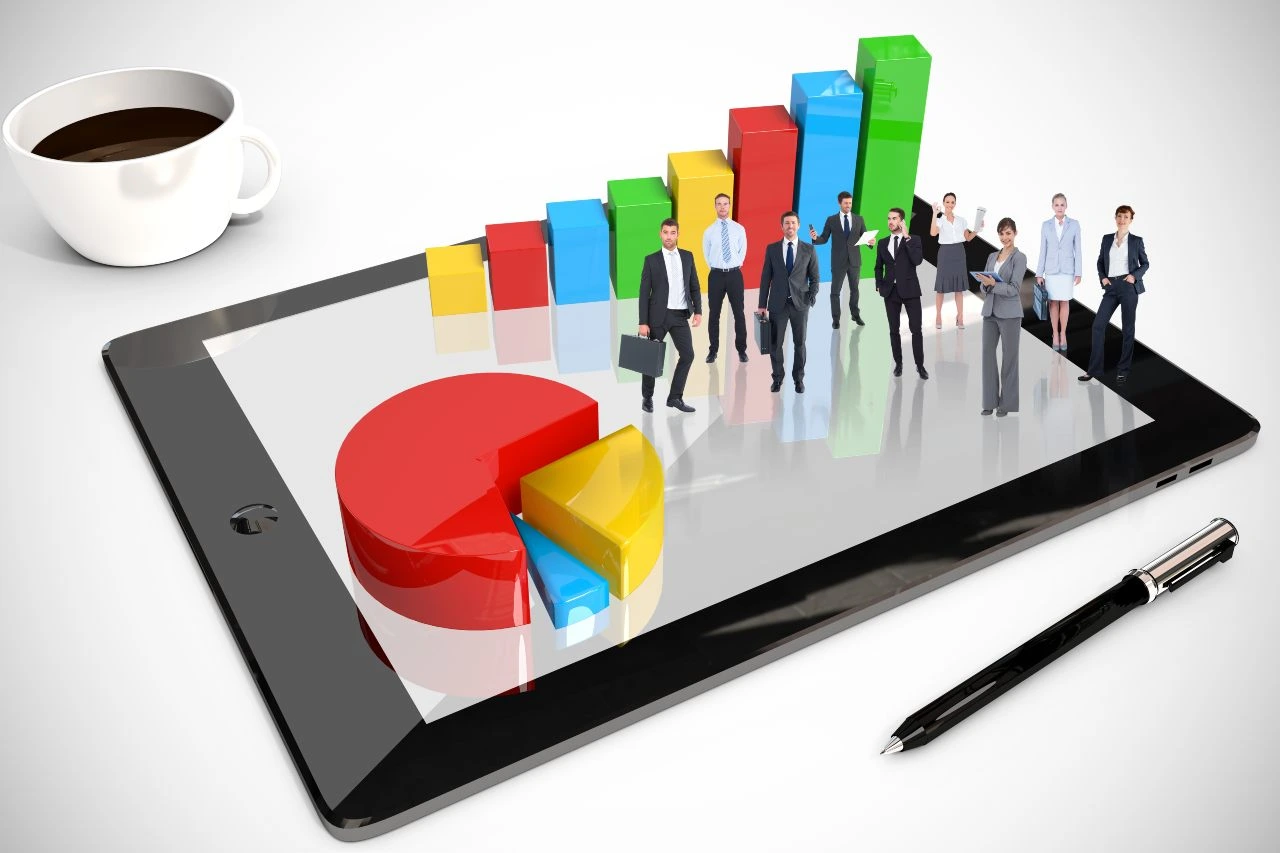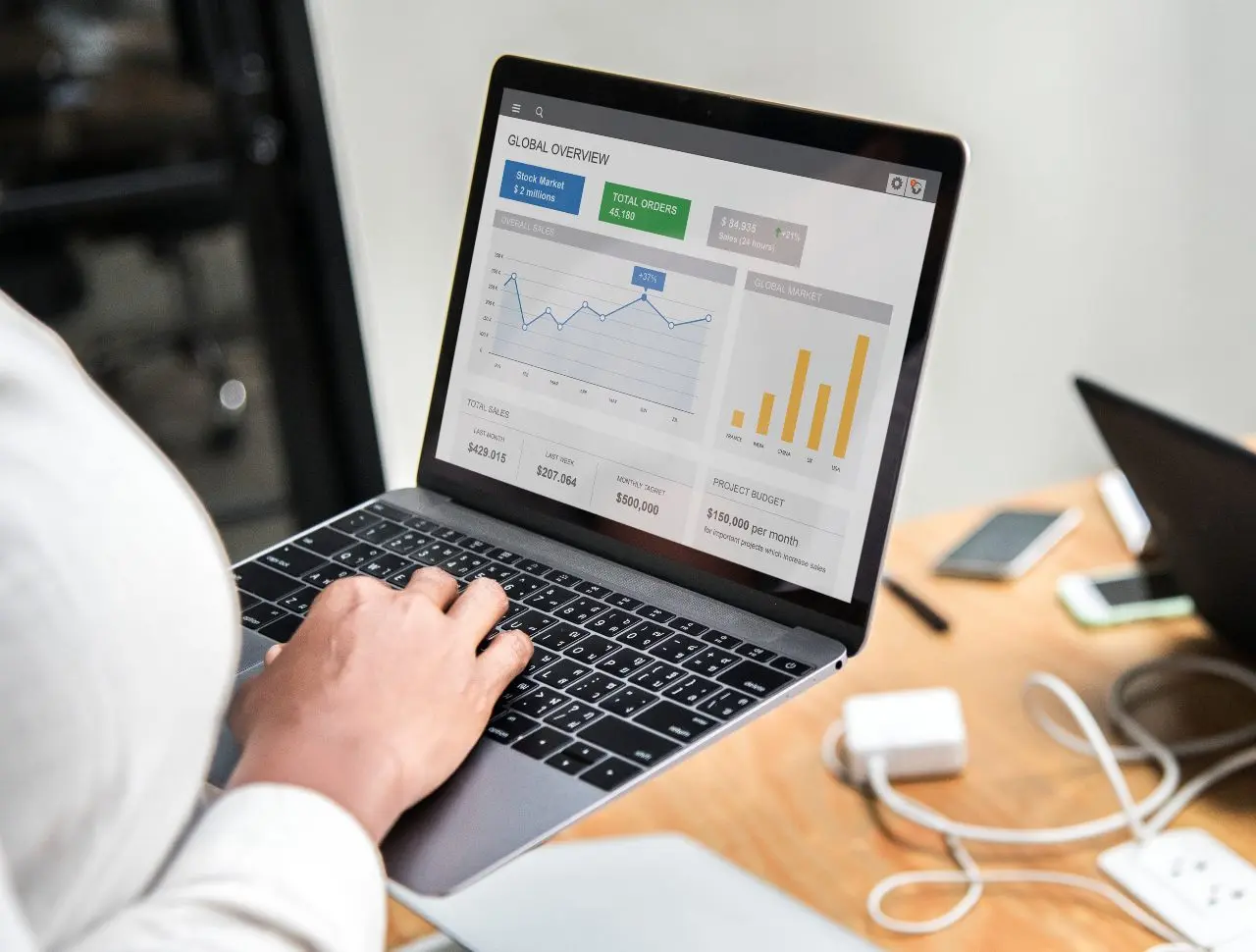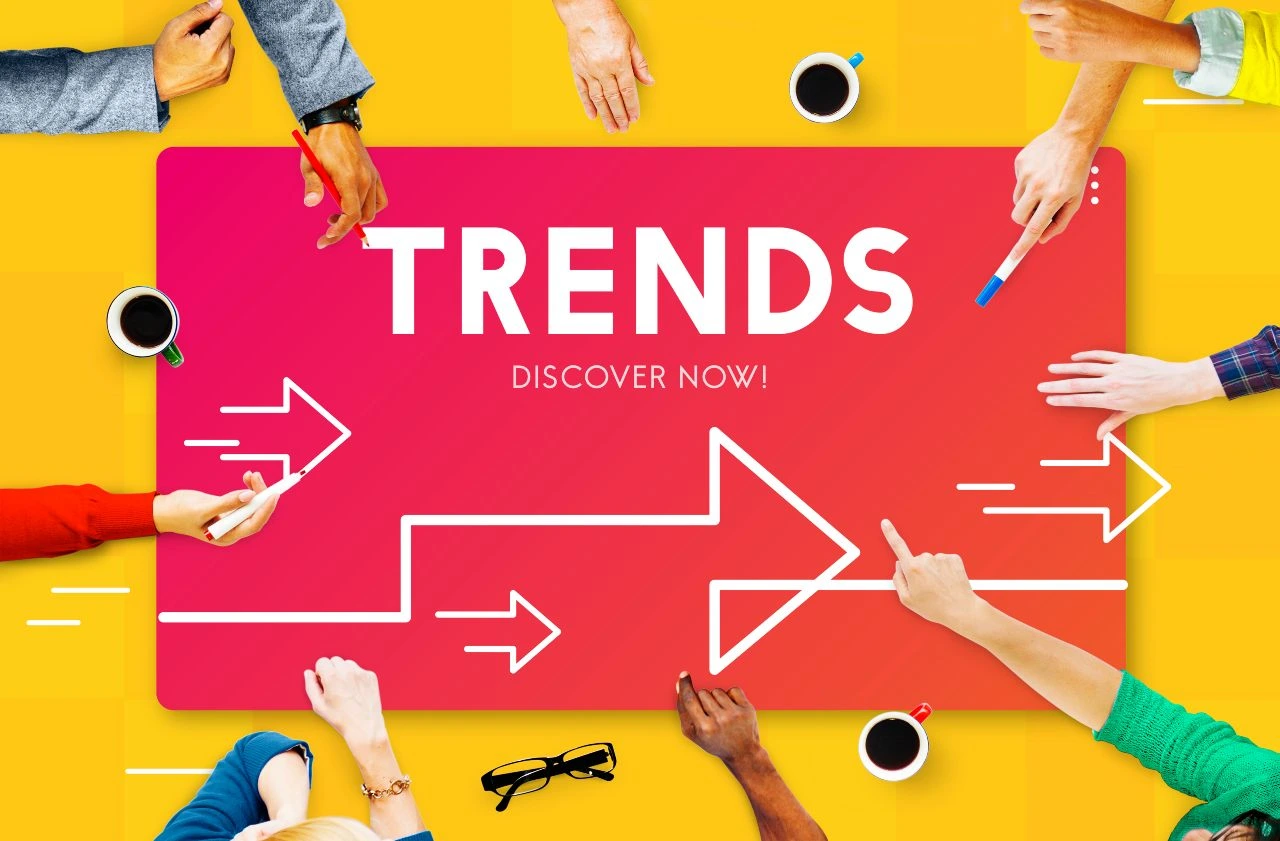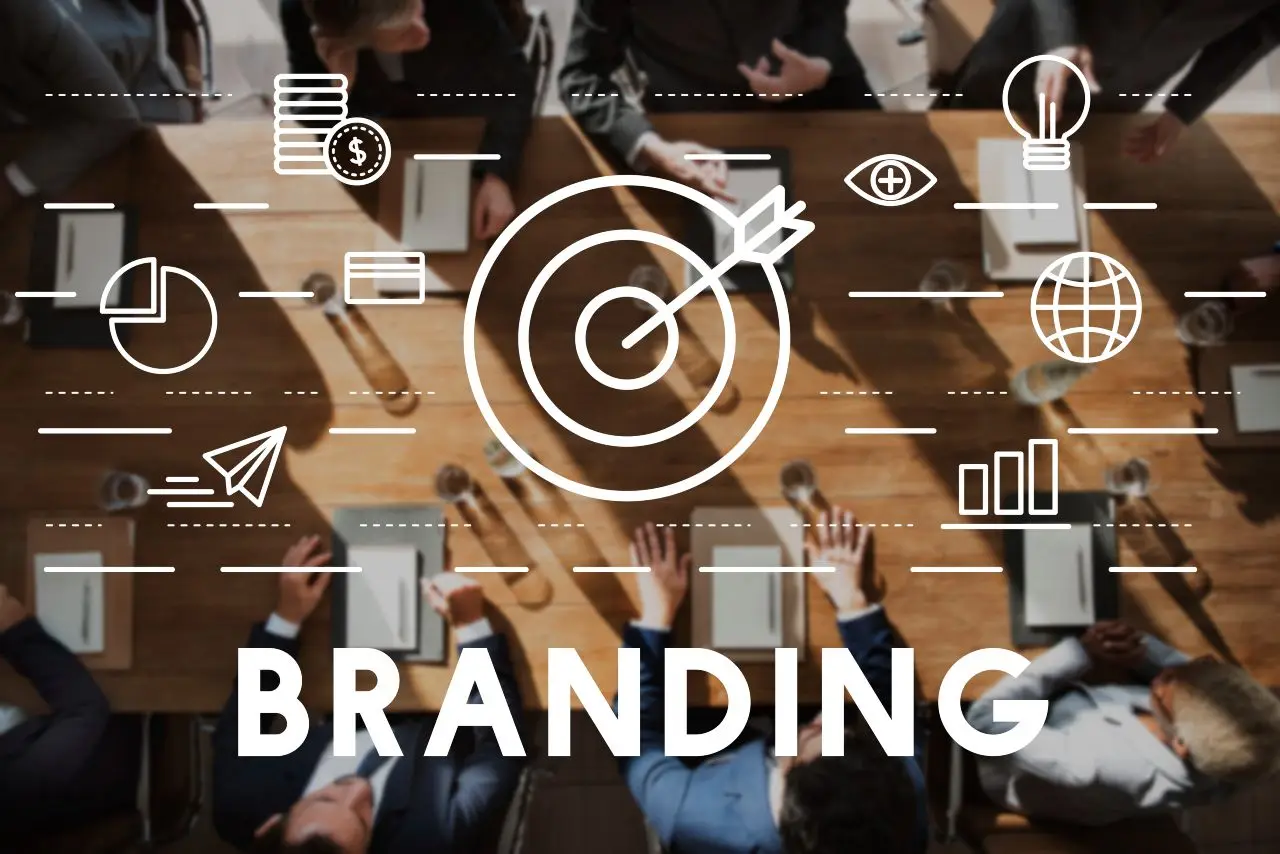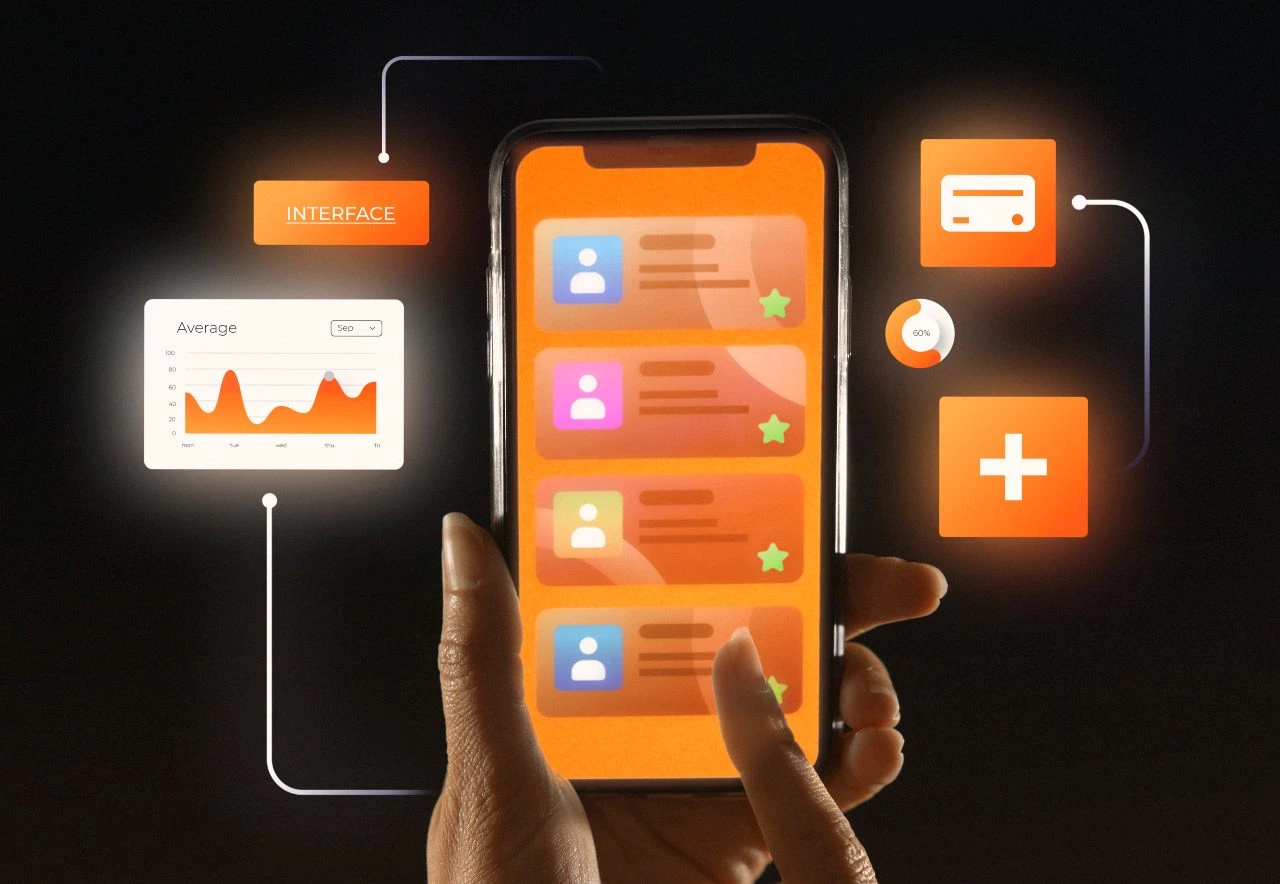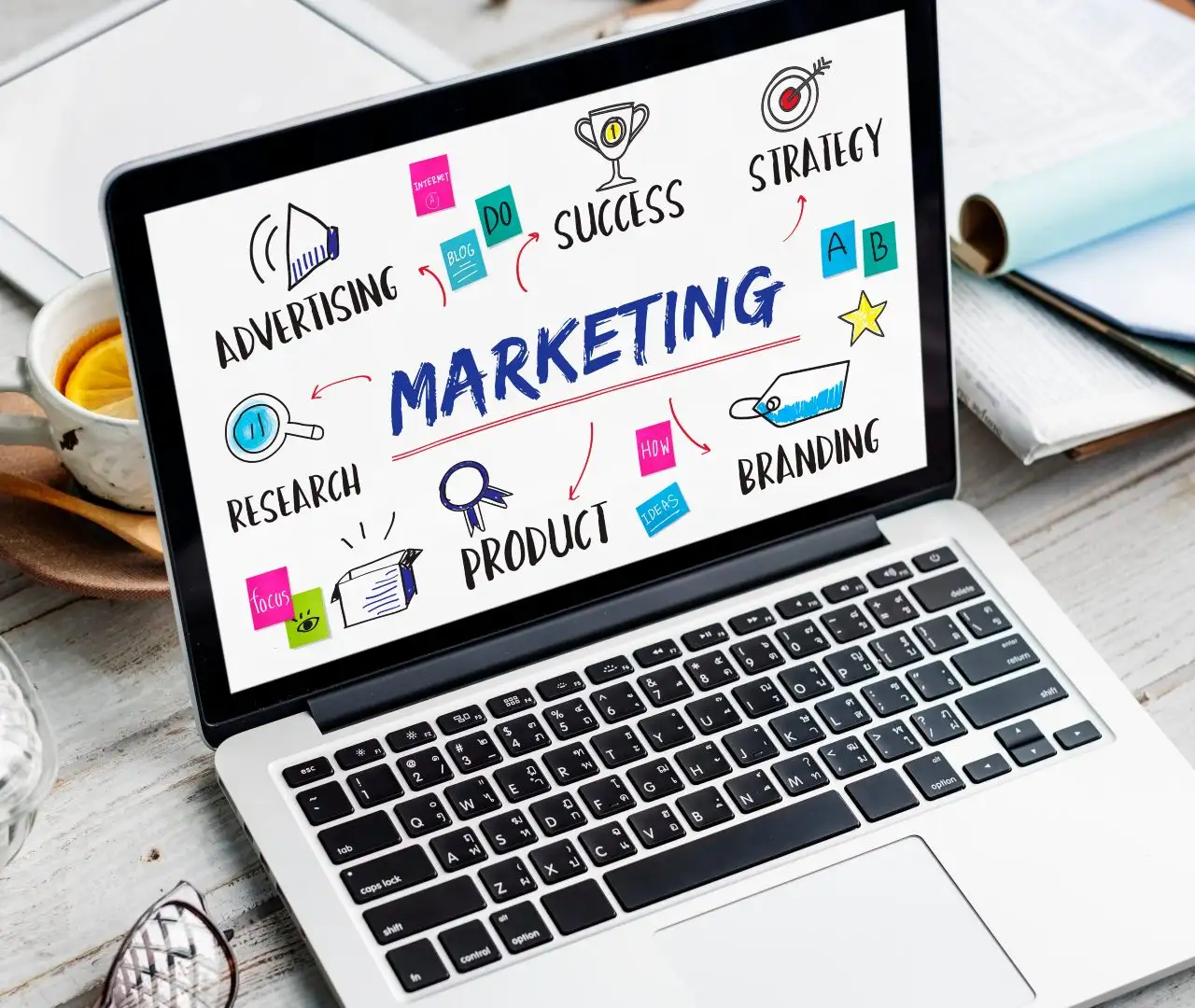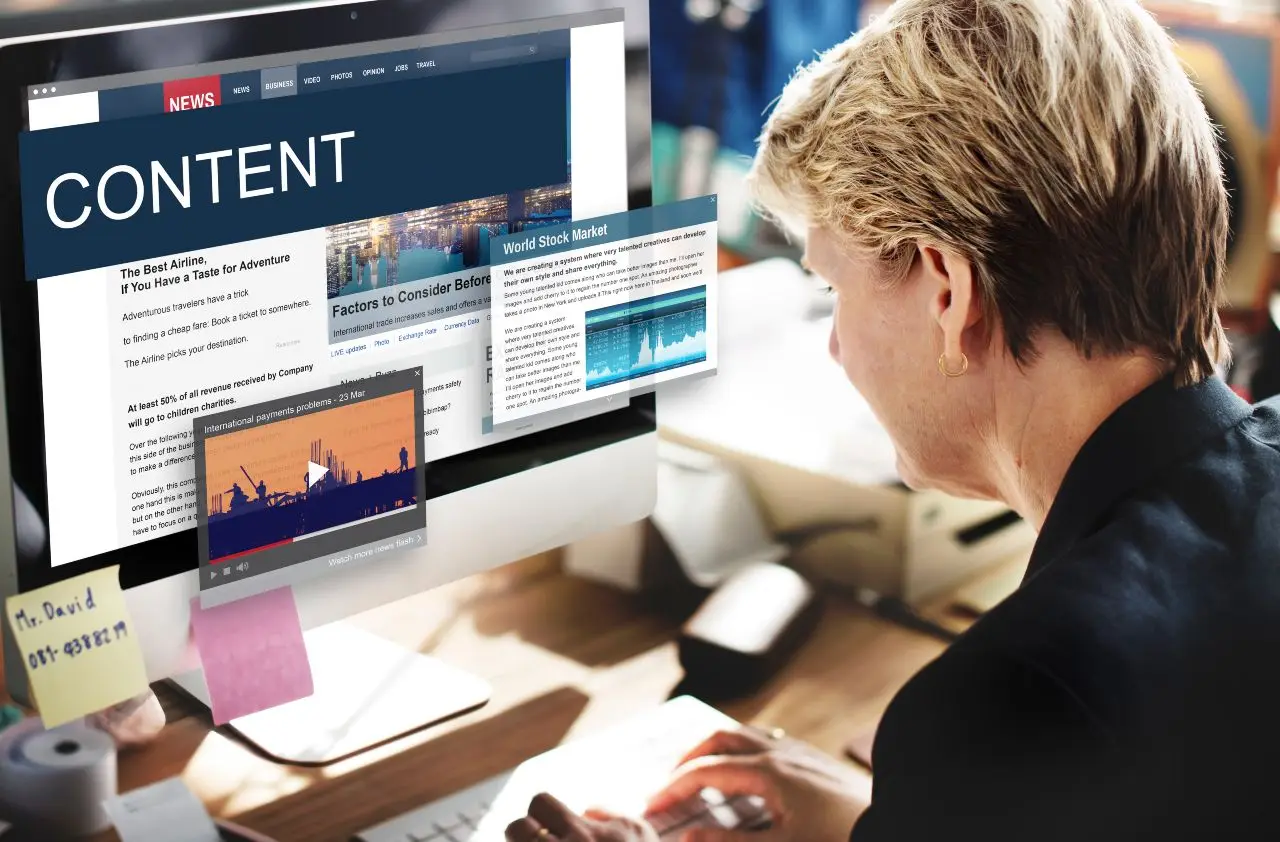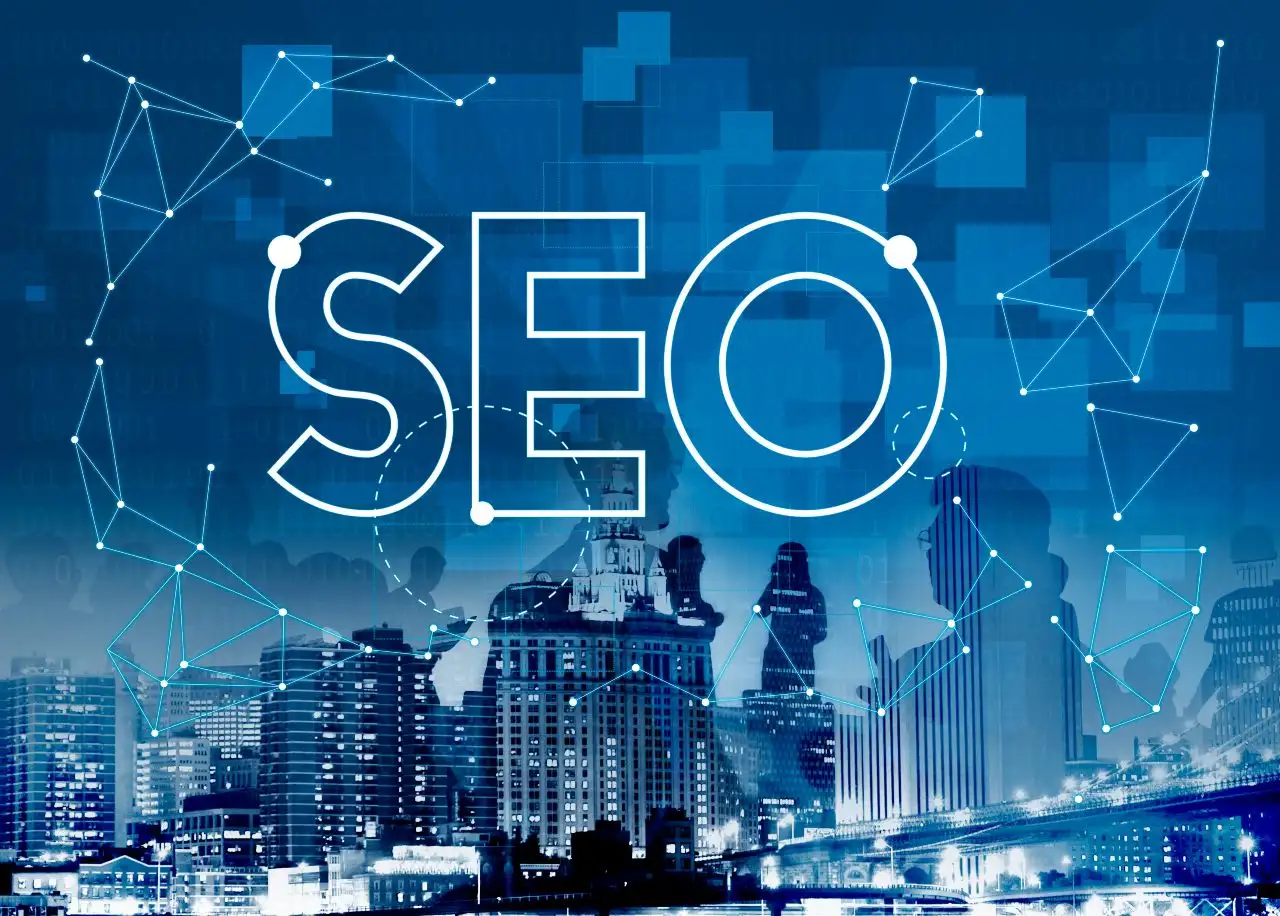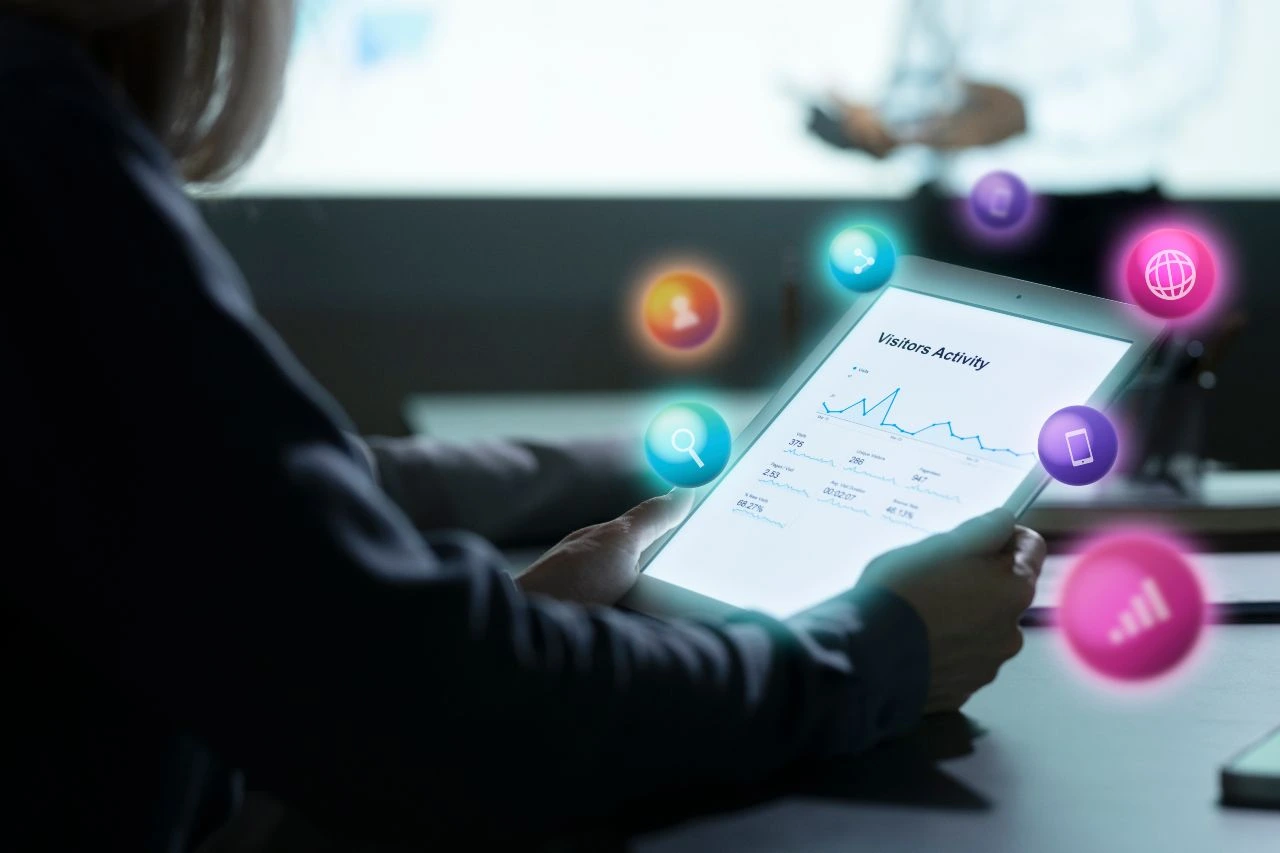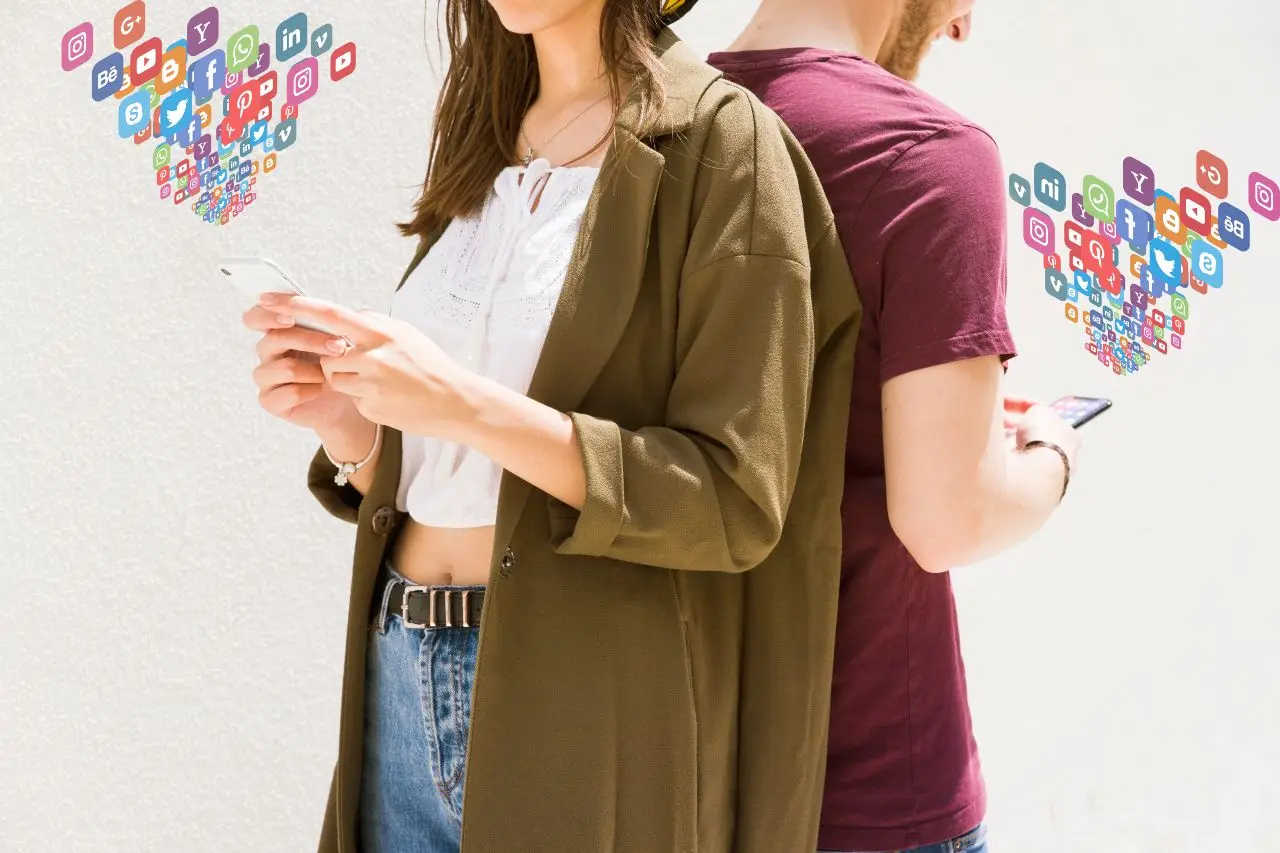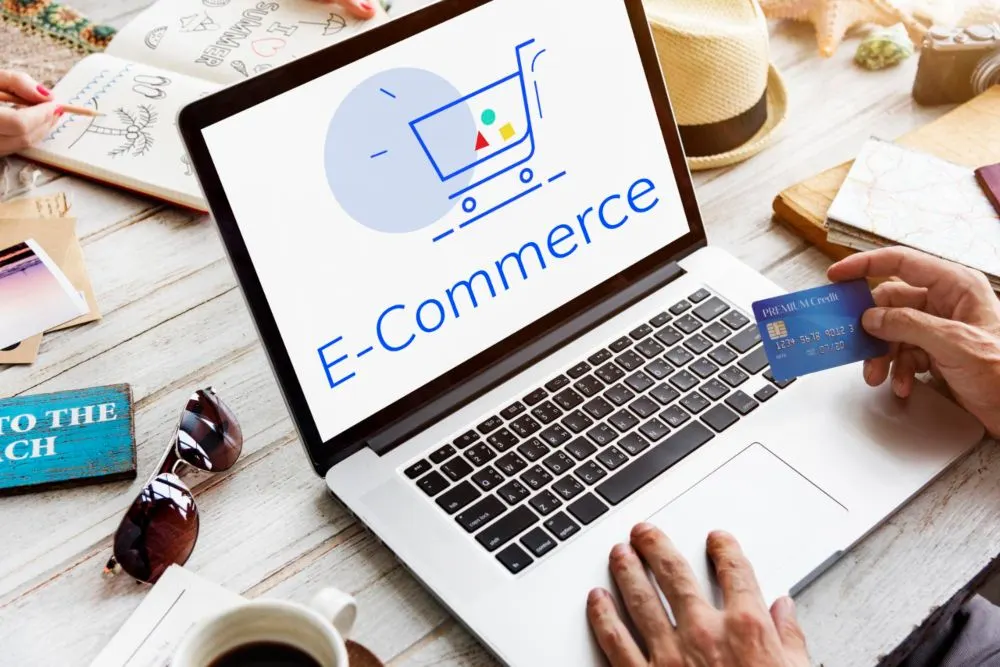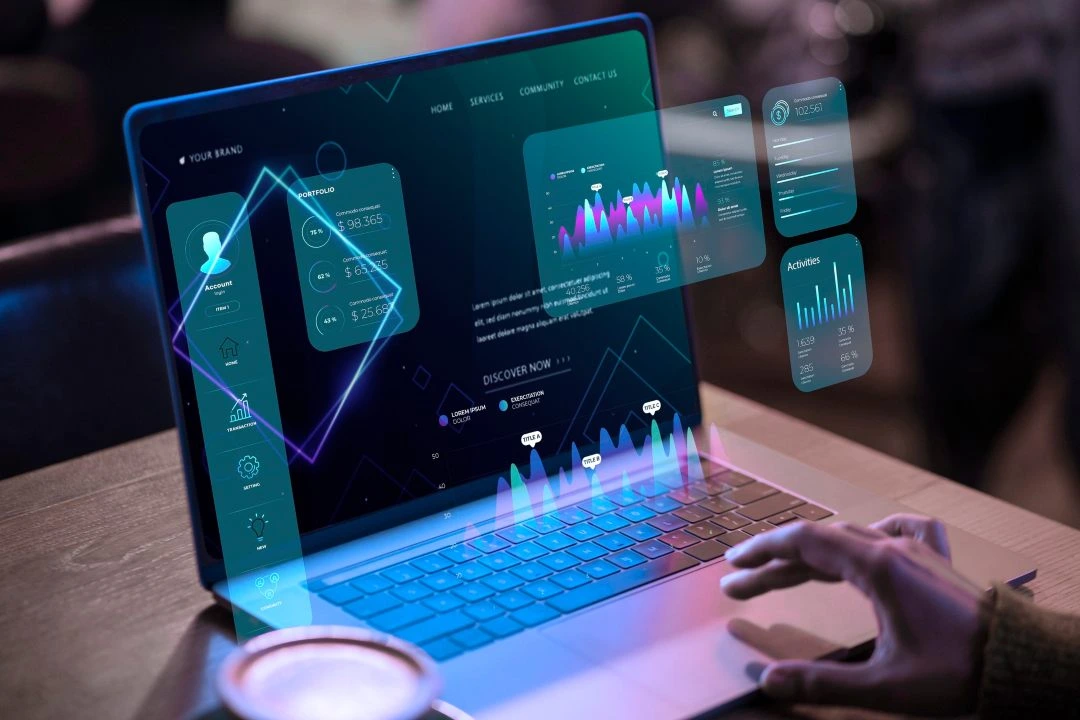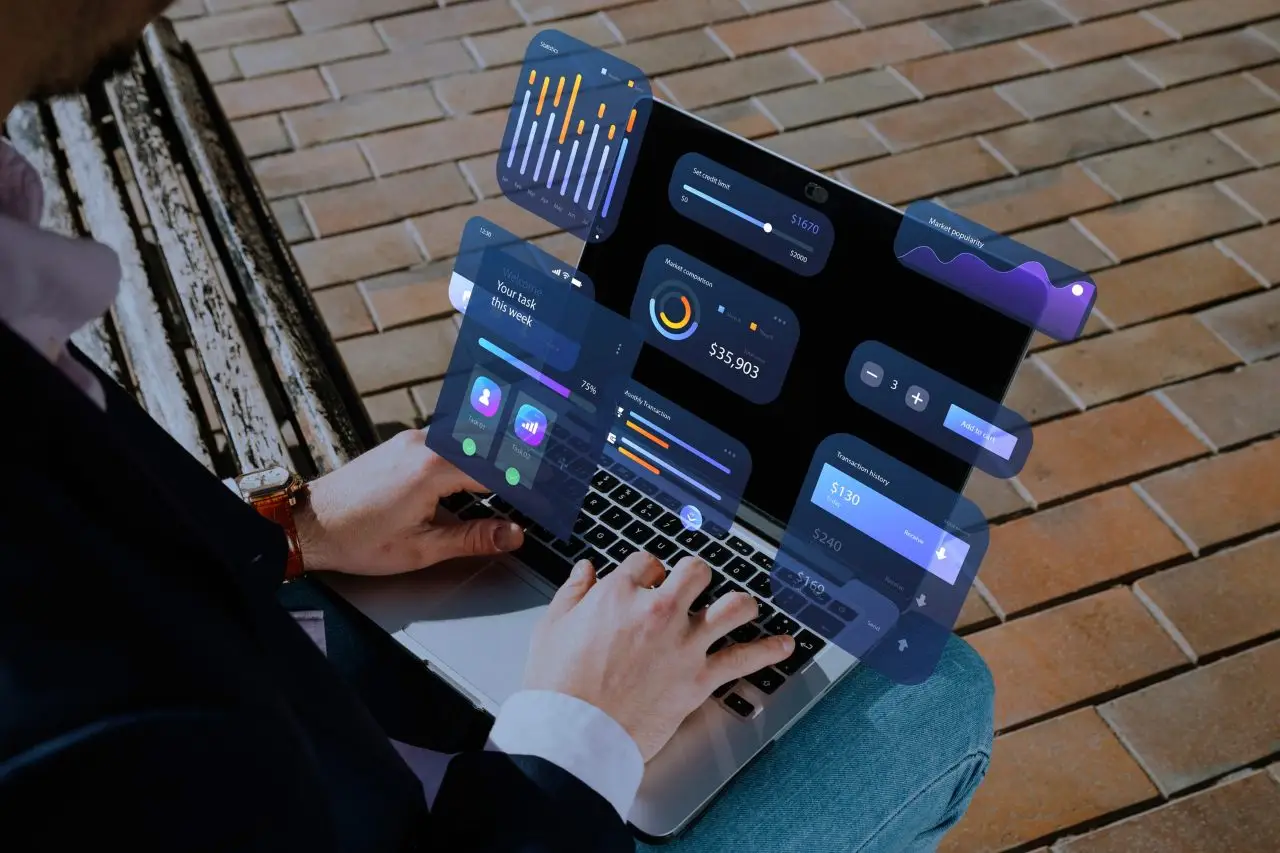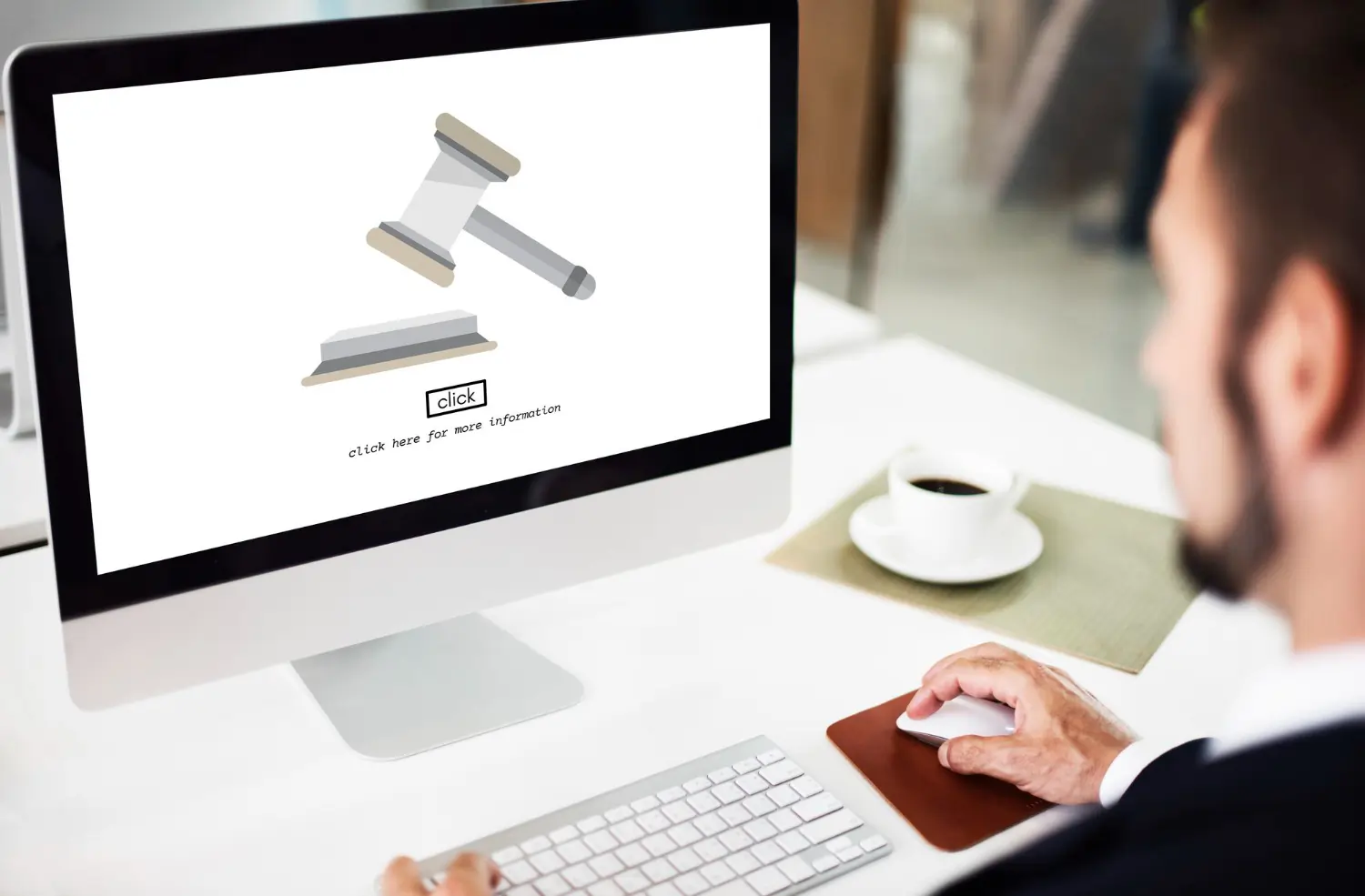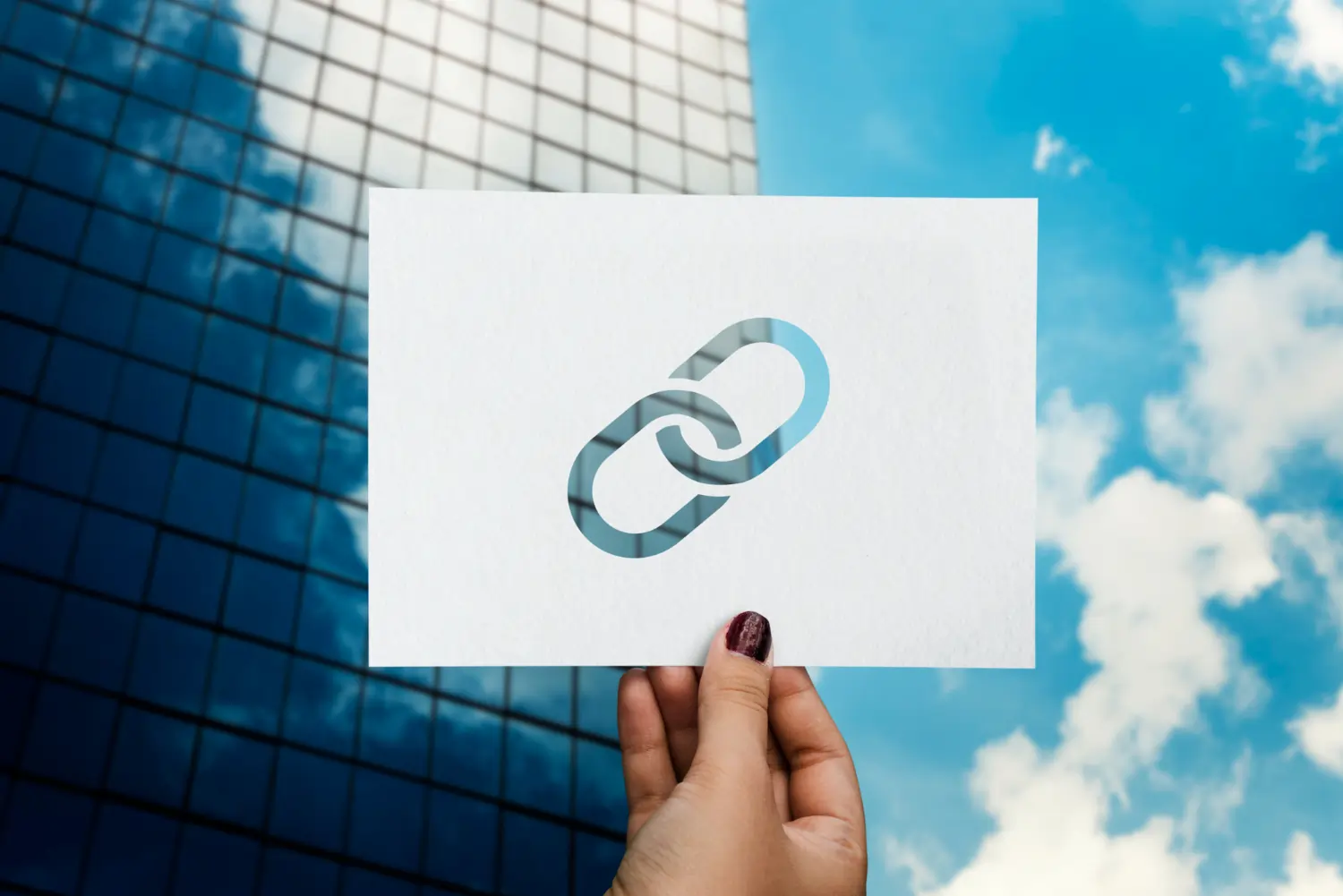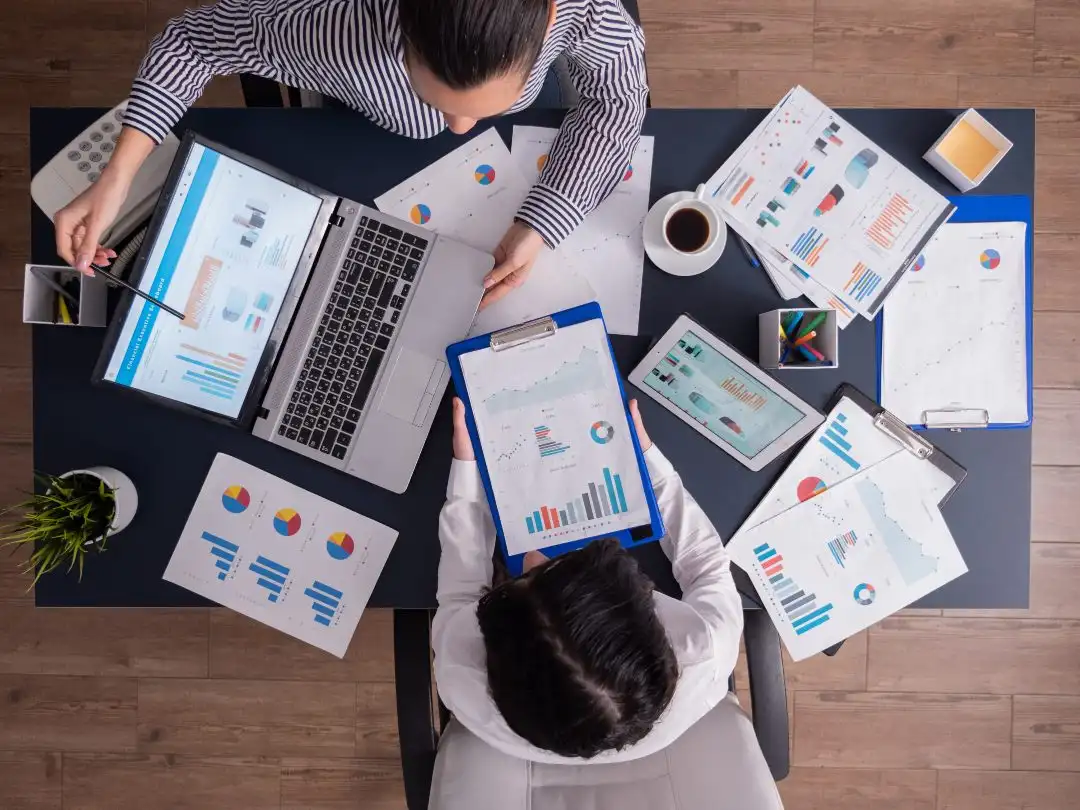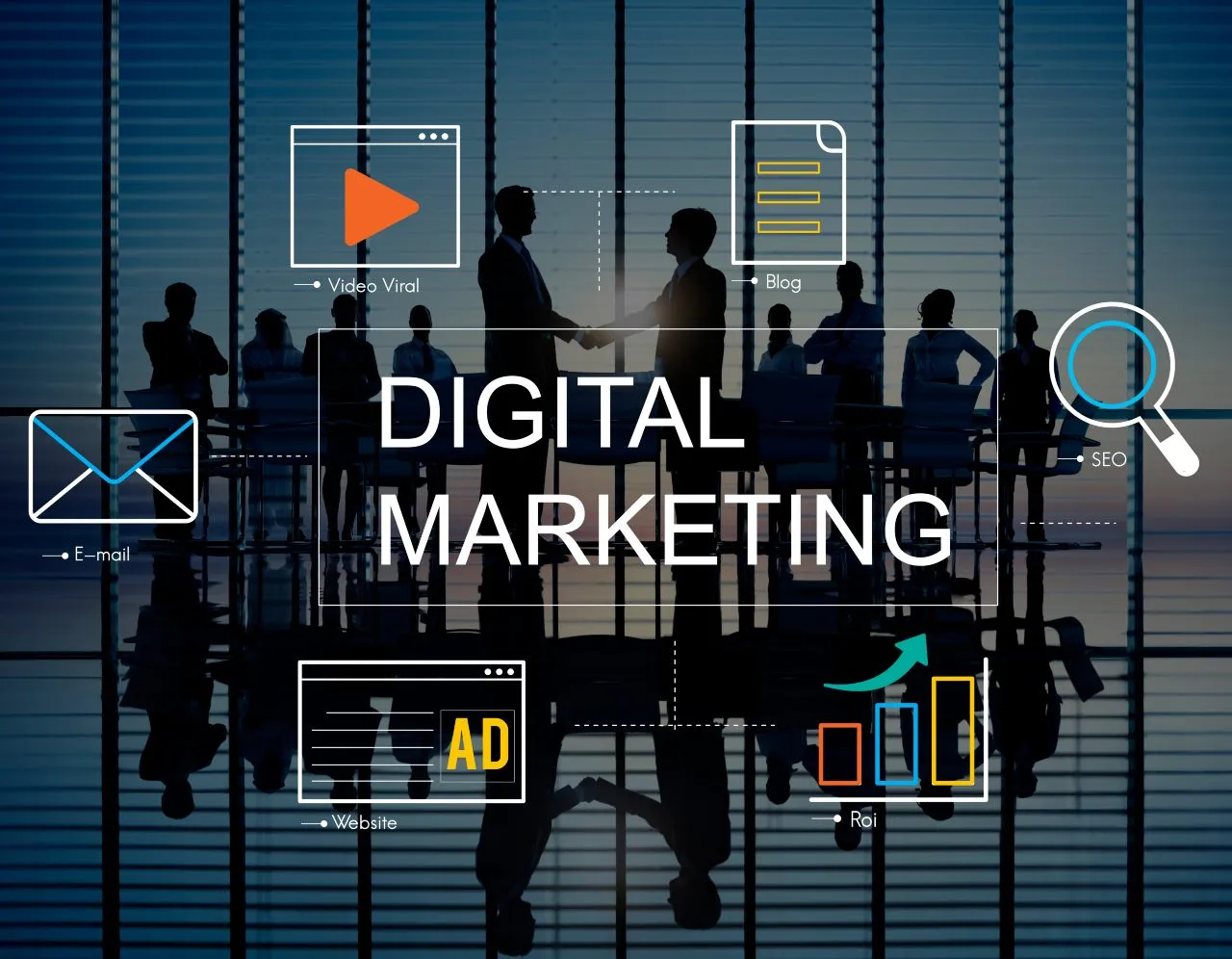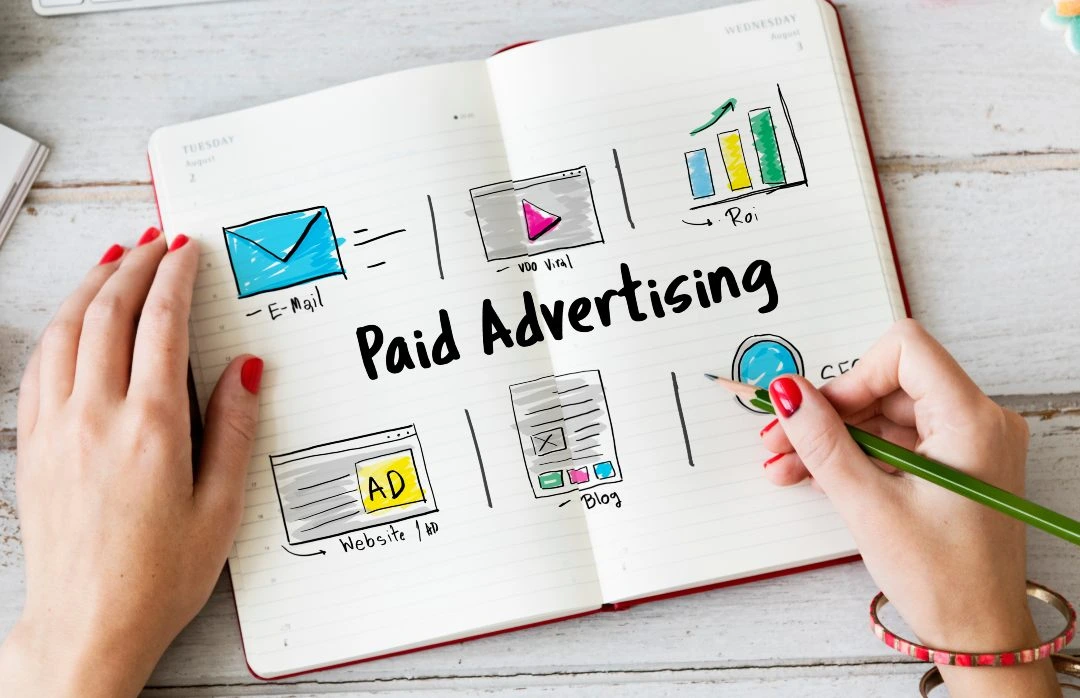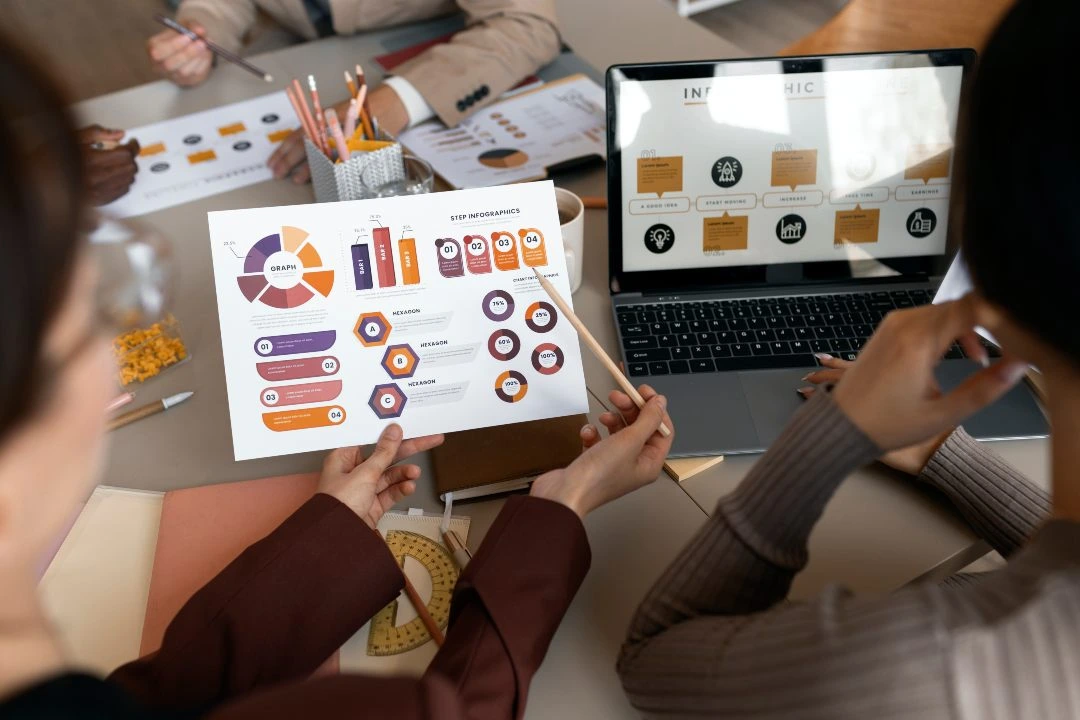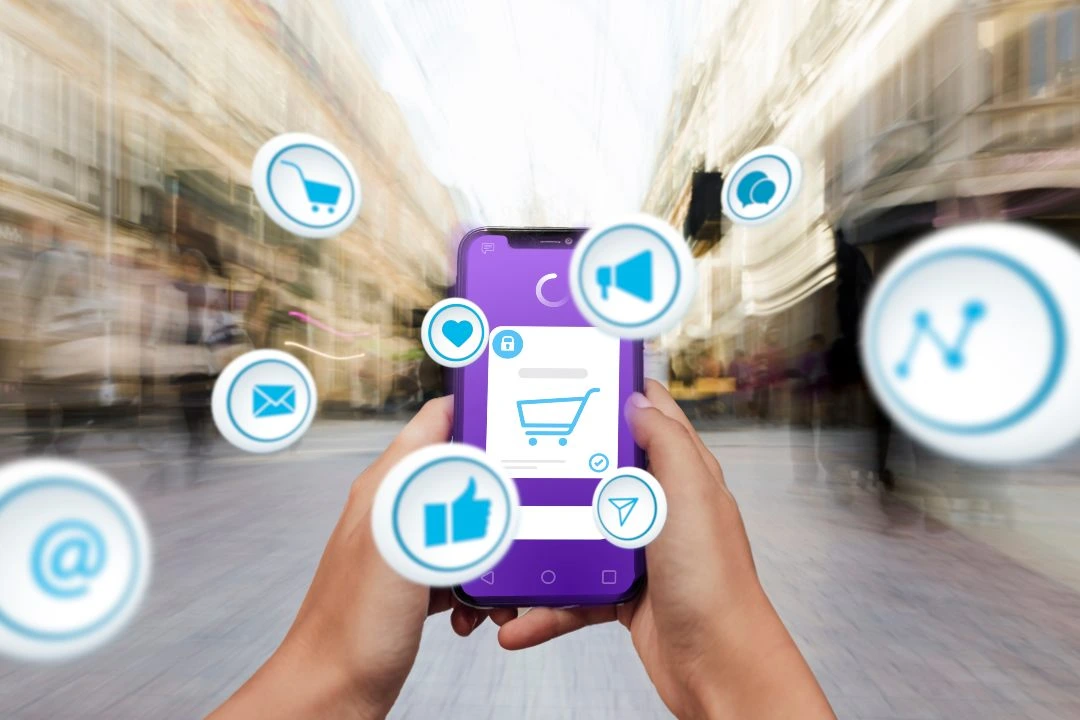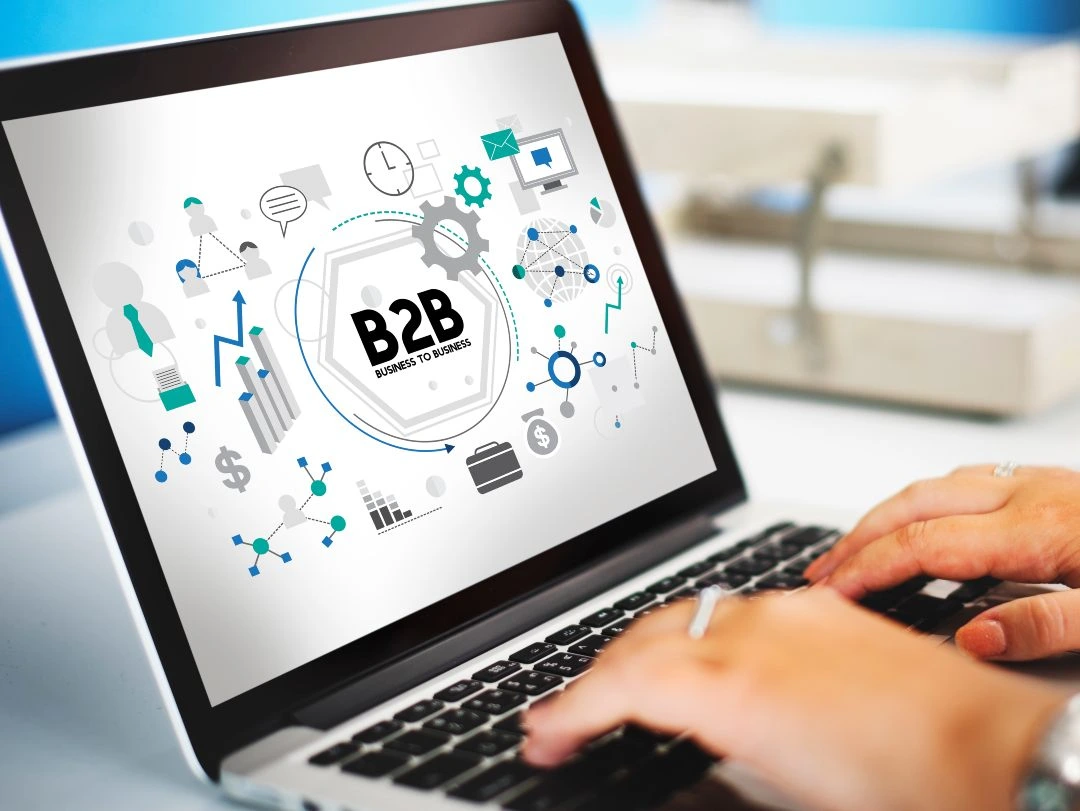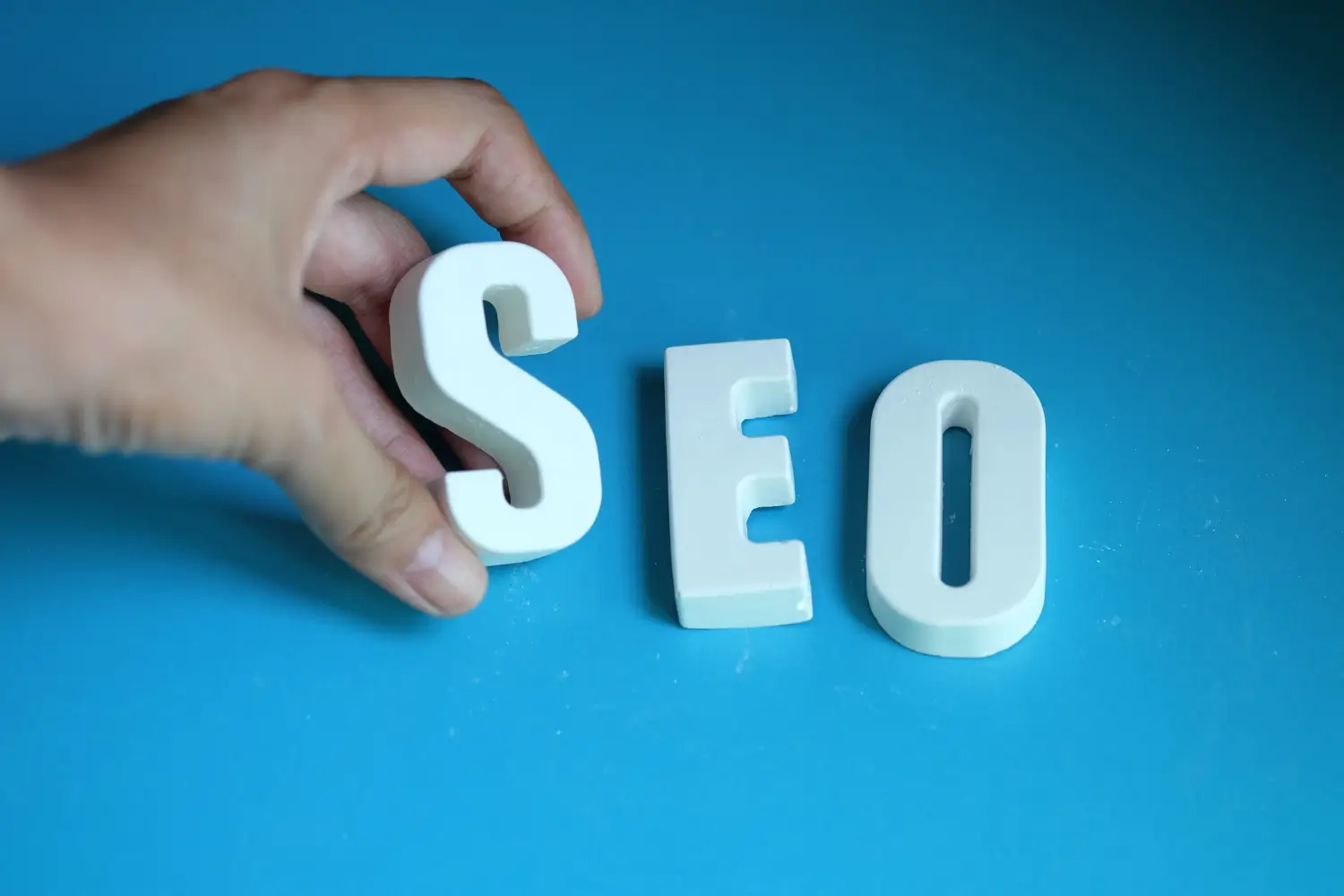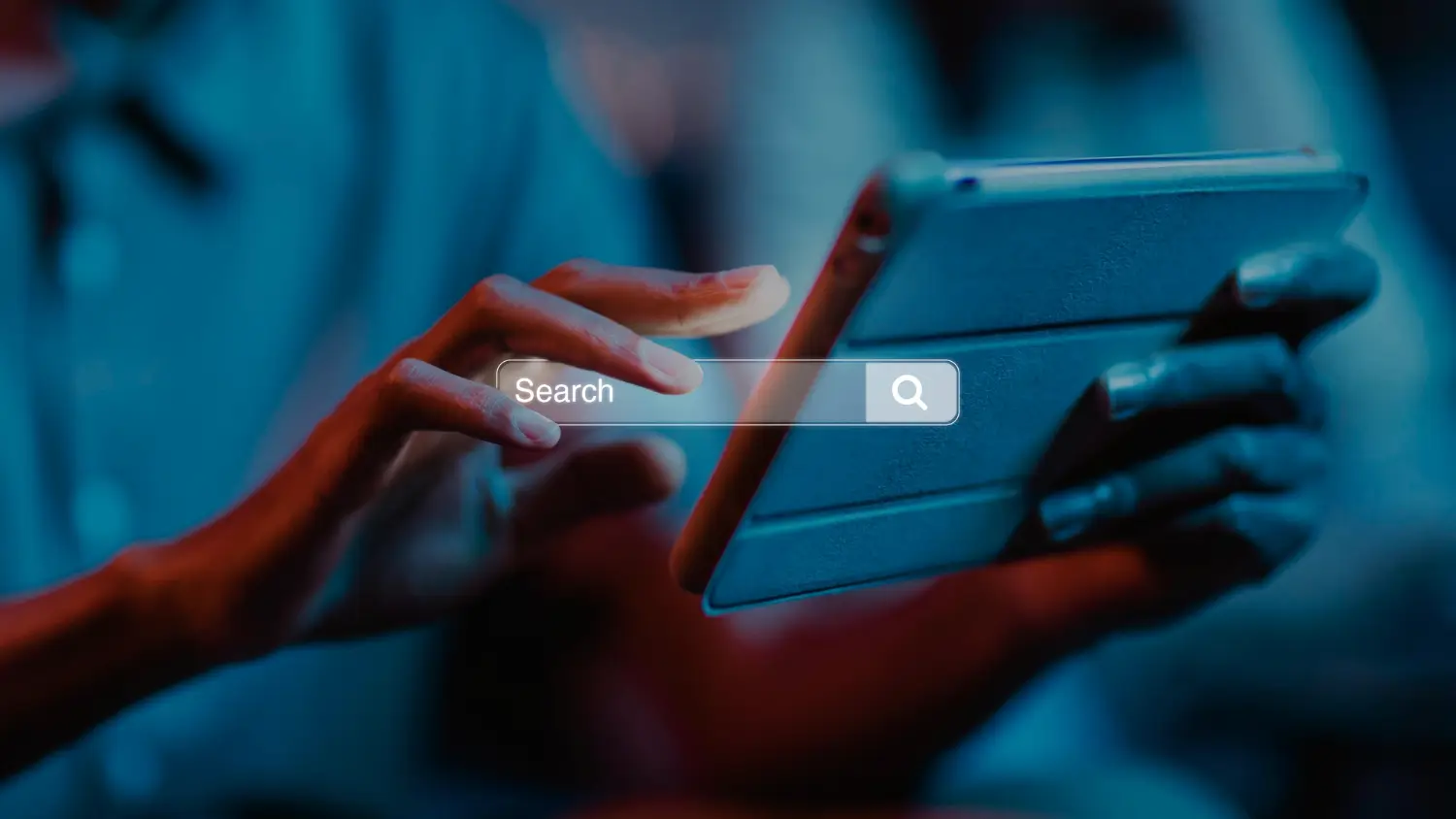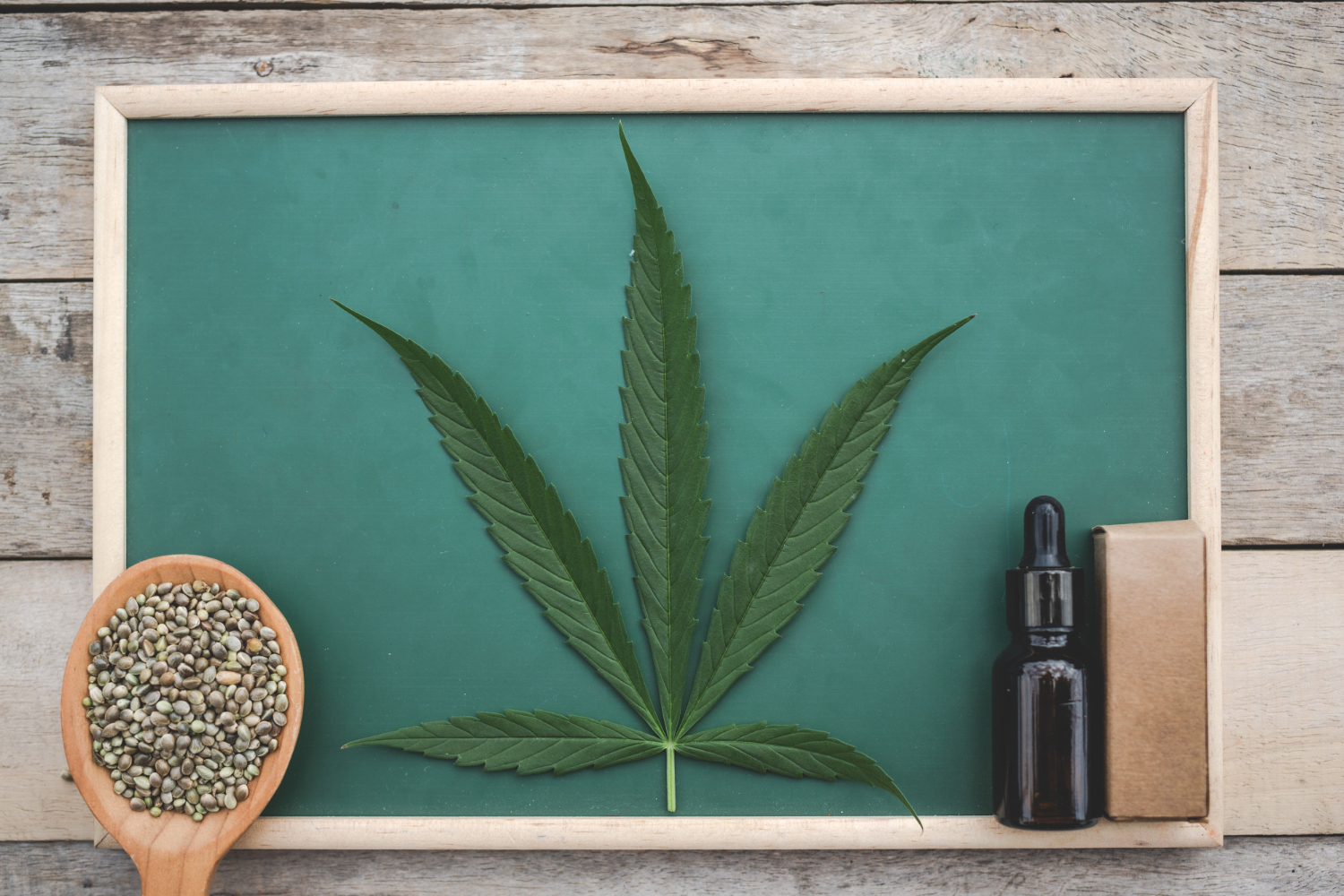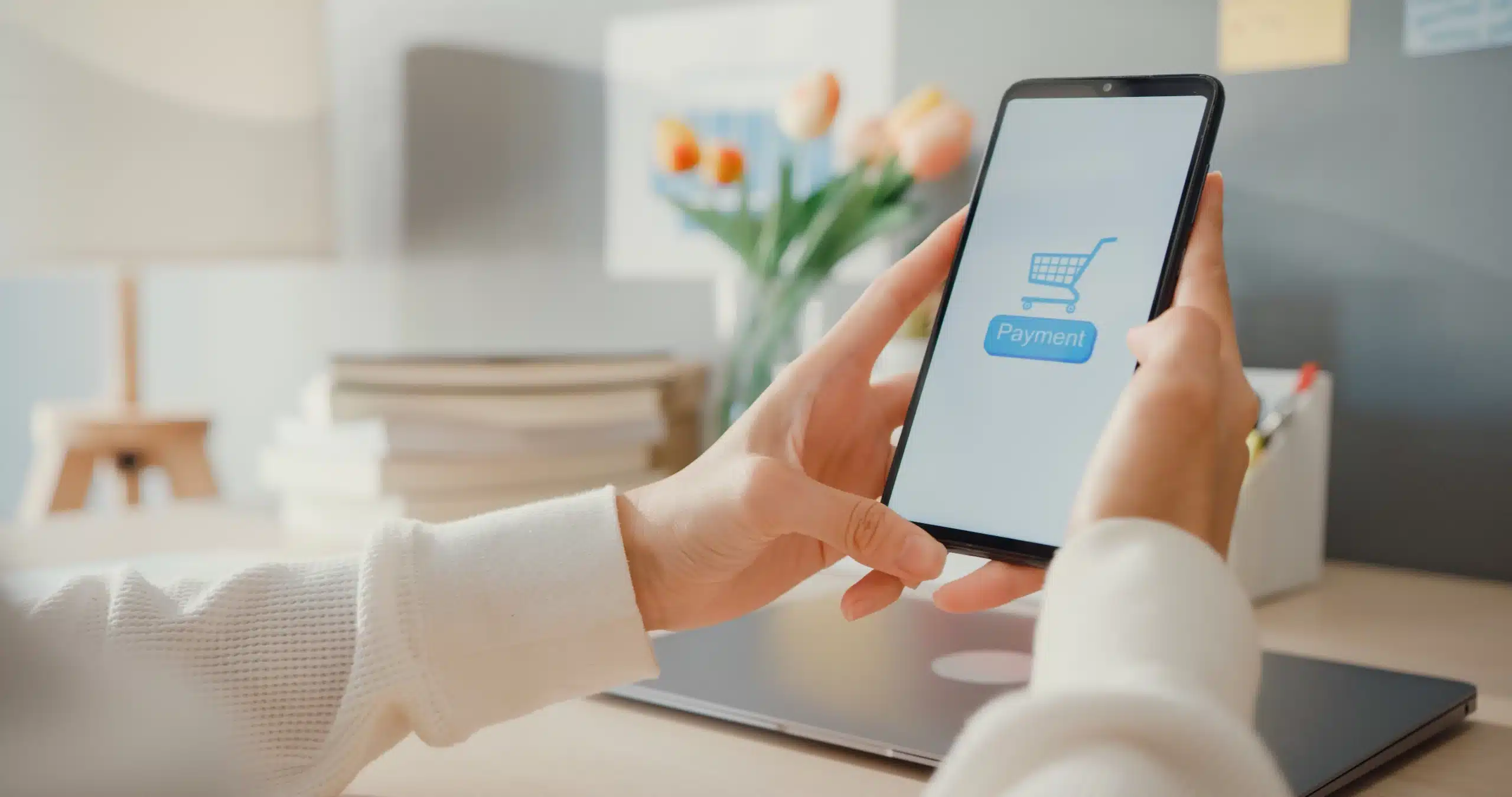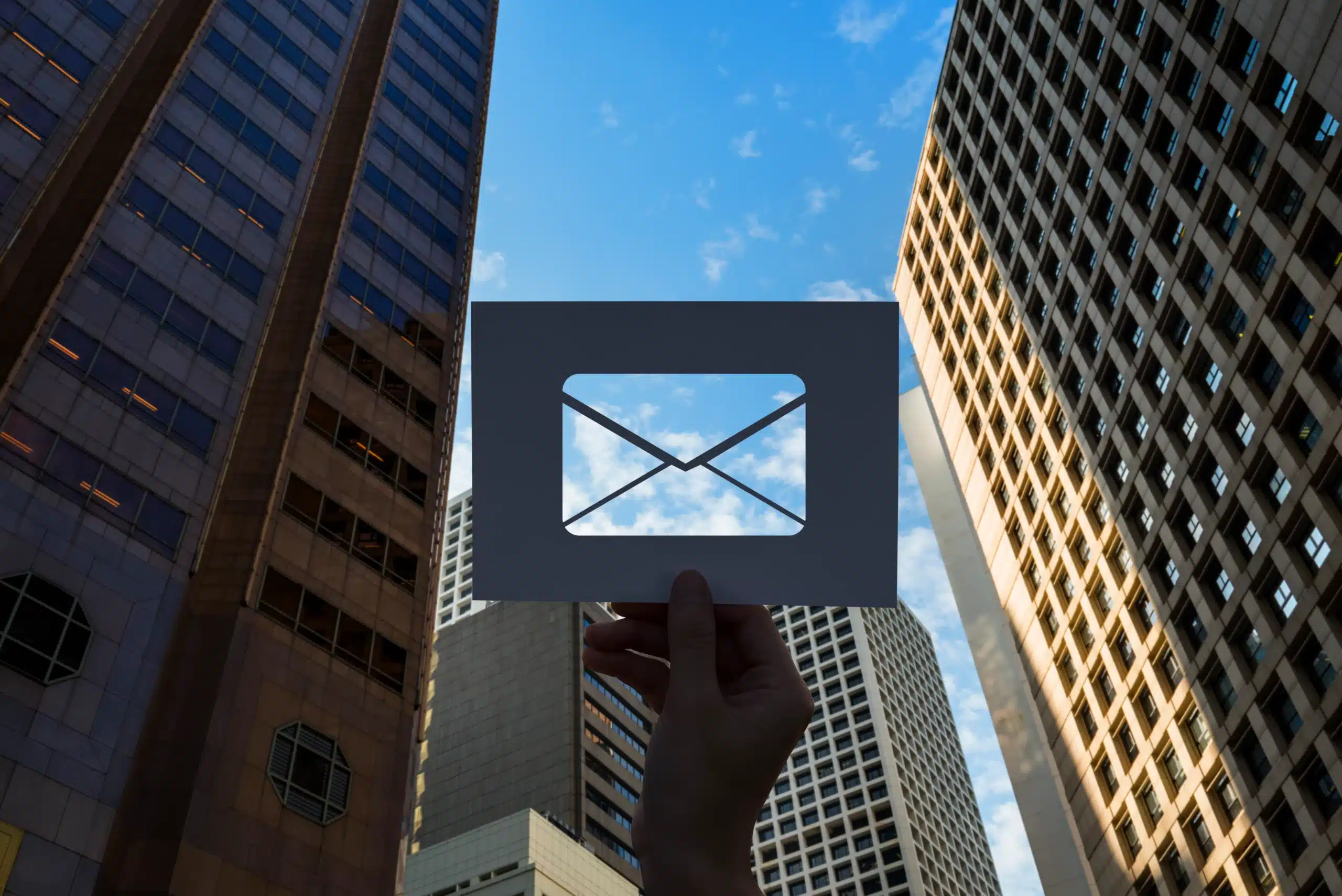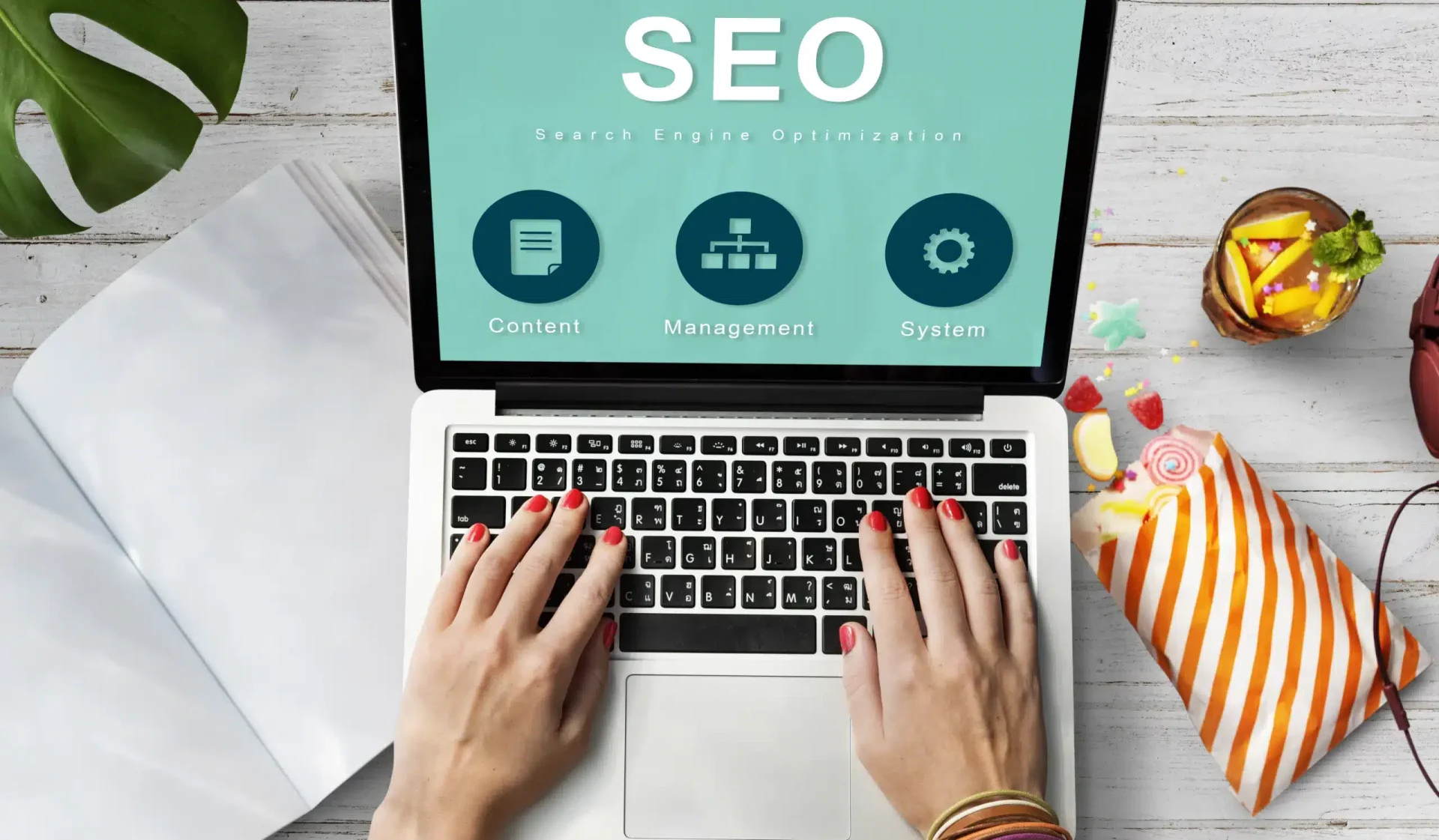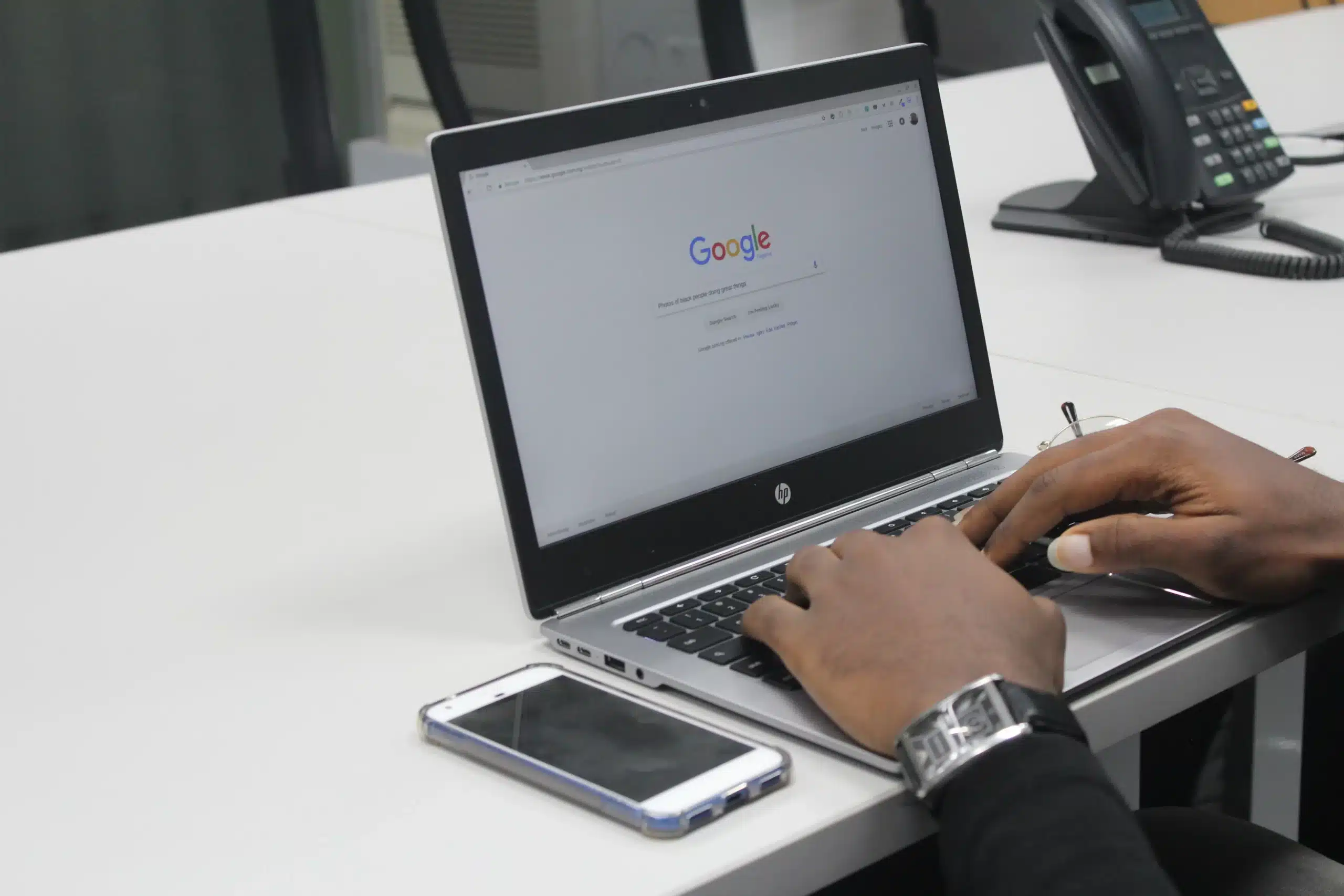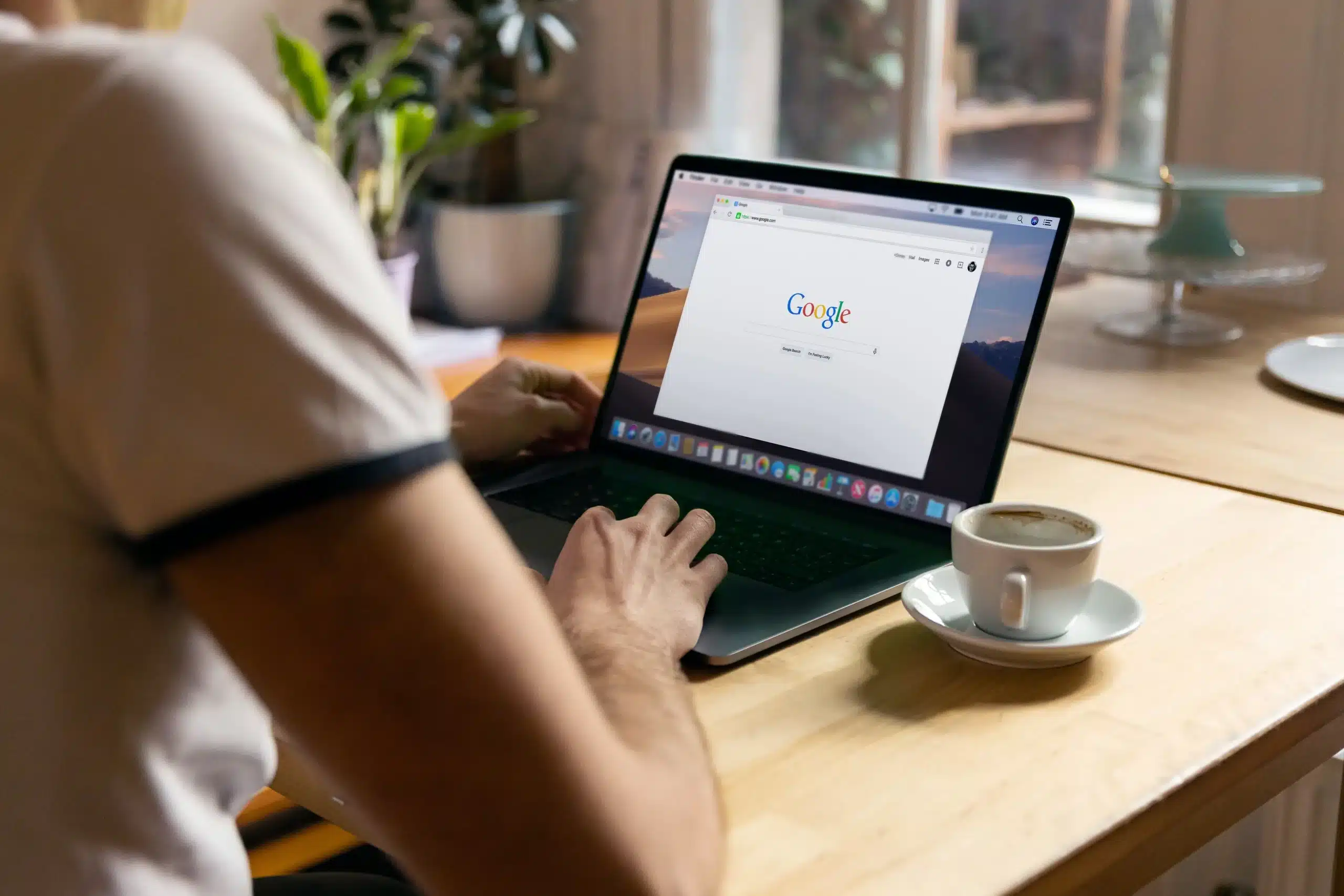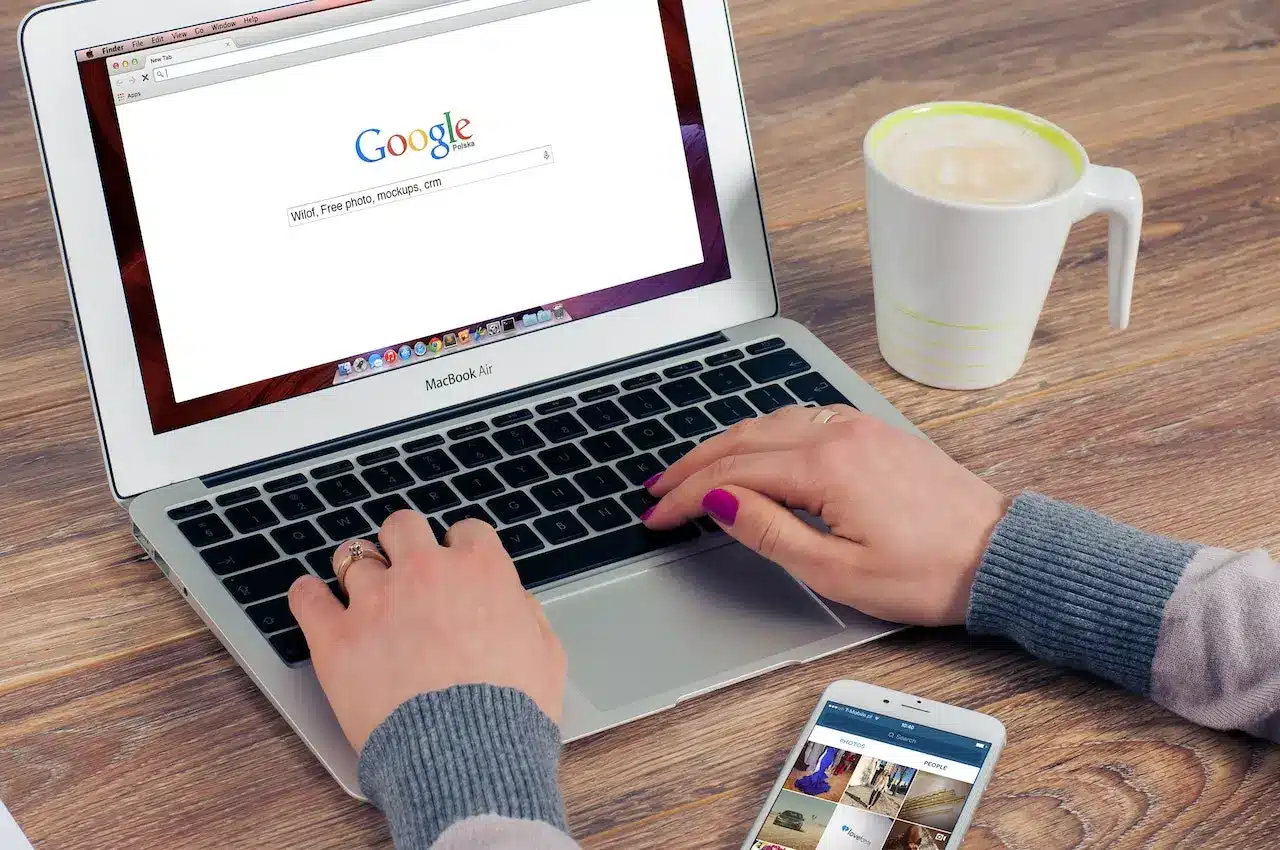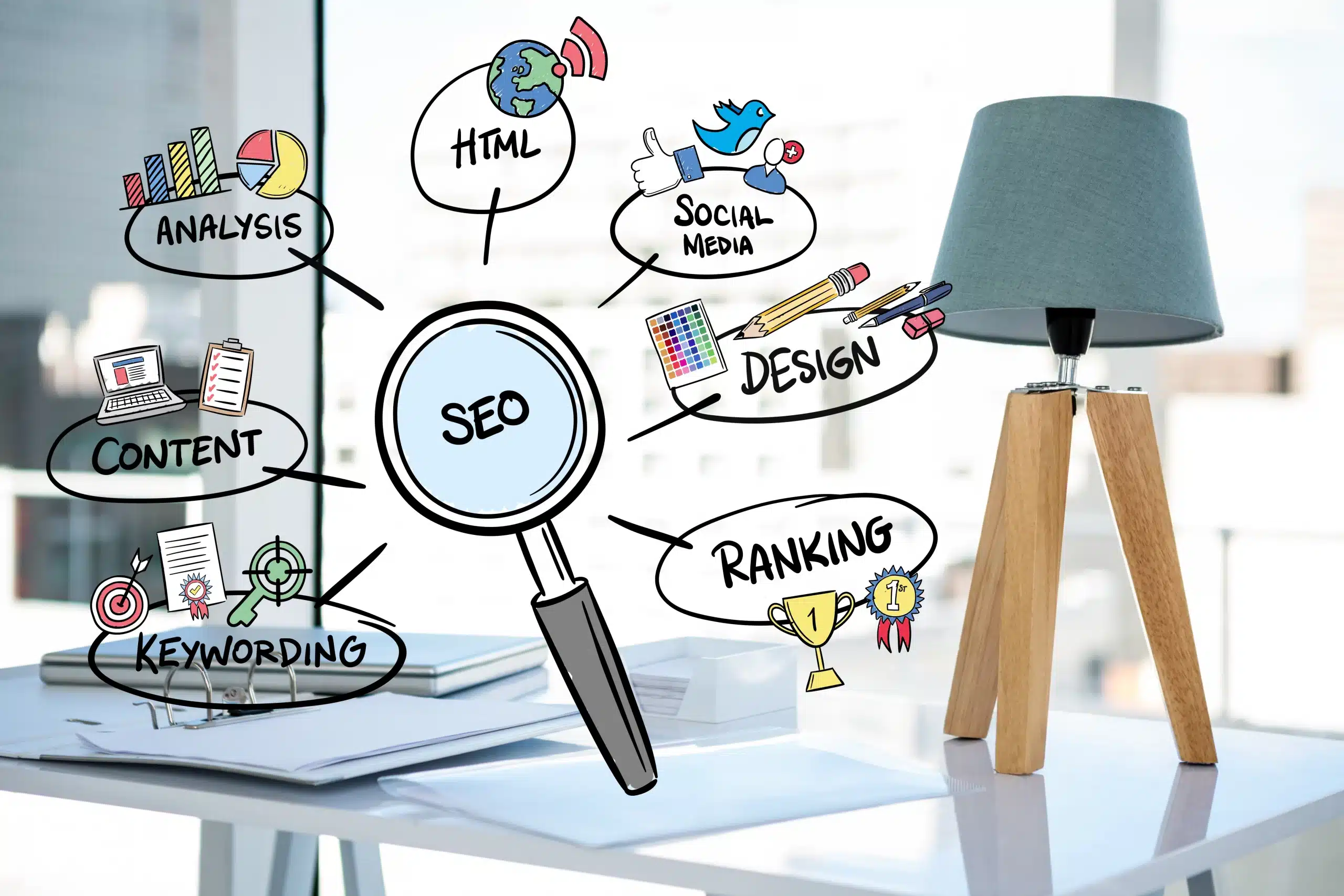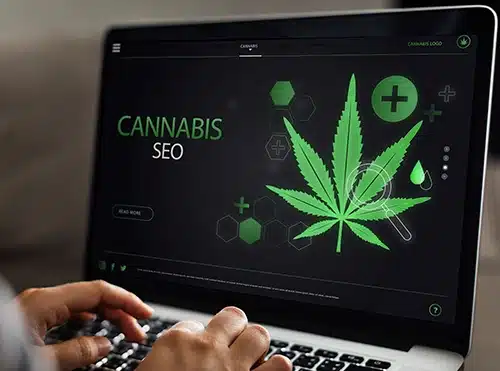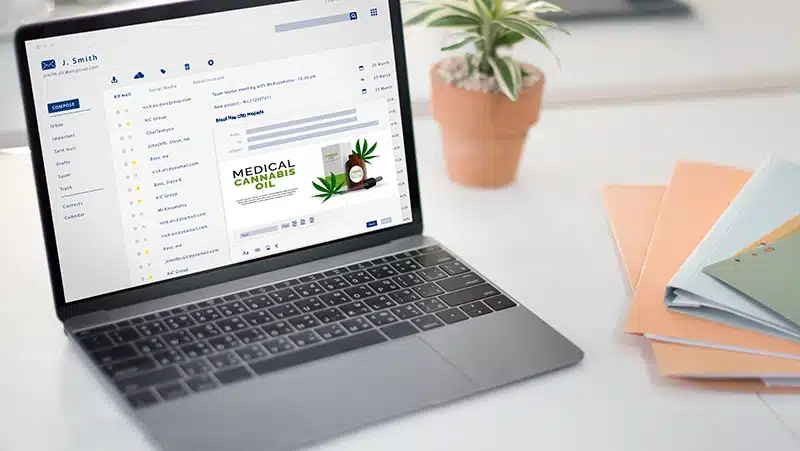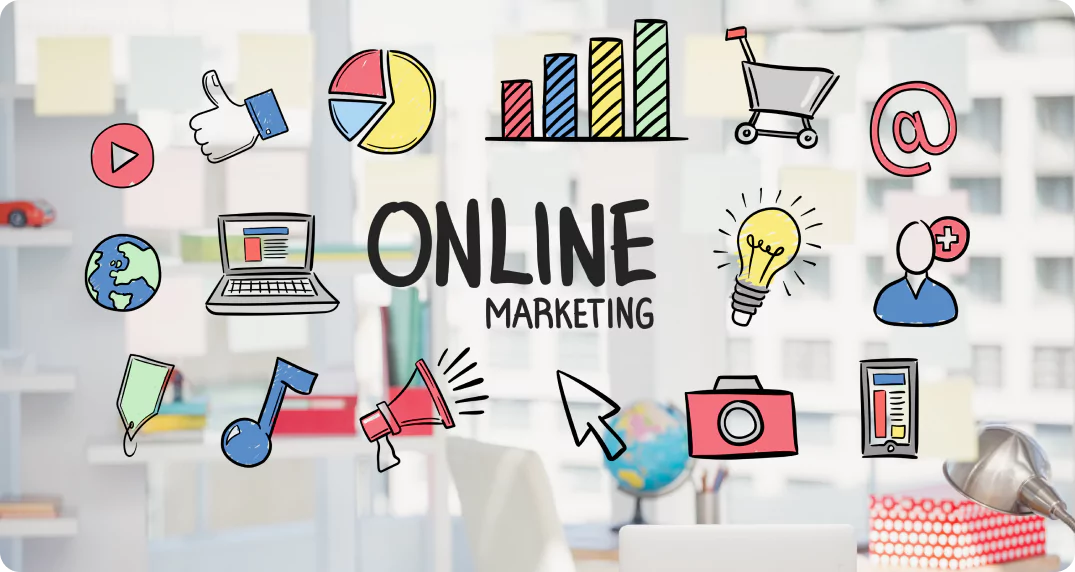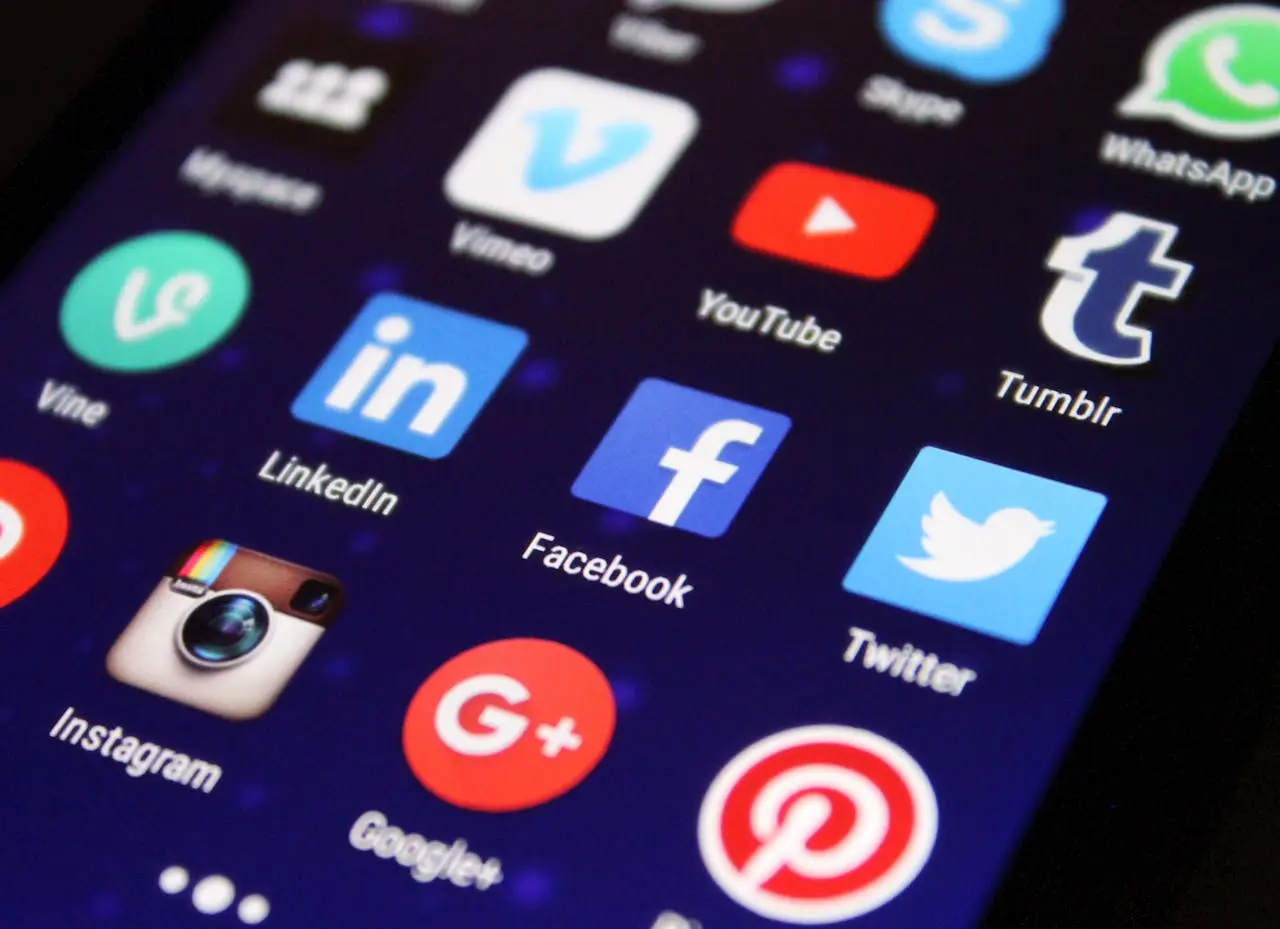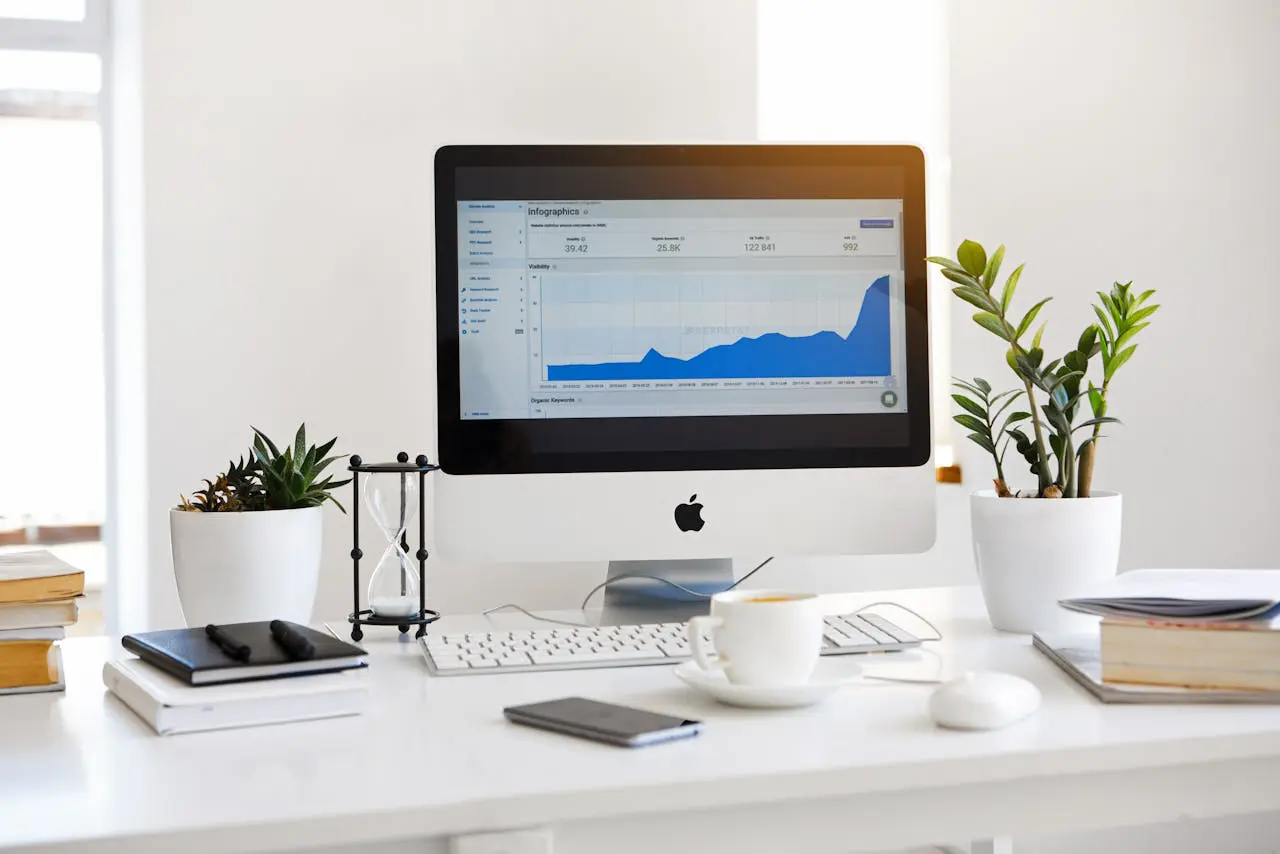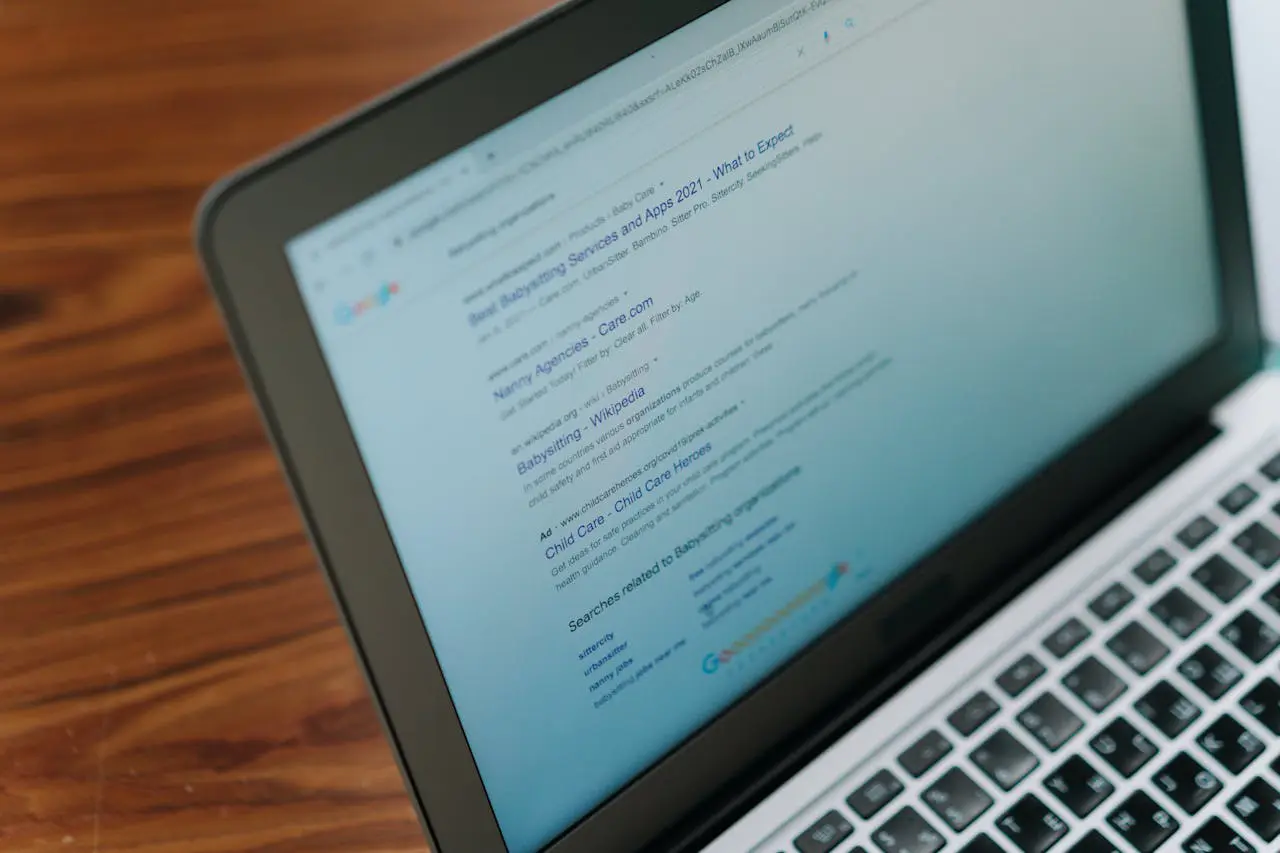What the Quiet Trends in Paid Media Reveal About 2025 Strategy
While everyone’s busy chasing the latest shiny objects, it’s easy to overlook the underreported paid media trends that are quietly reshaping the digital landscape. As we look ahead to 2025, it’s not just about keeping up with the algorithms, but understanding the subtle shifts in consumer behavior and technological advancements that will truly define successful strategies.
Forget the fleeting hype – we’re diving deep into the trends that aren’t making headlines but are poised to deliver serious impact. From the enduring power of text ads to the hyper-localization revolution, these are the insights that will separate the leaders from the followers. Let’s explore these key areas and what they mean for your 2025 strategy.
AI Tools Setting the Pace for Smarter Paid Media Campaigns
The next chapter of paid media belongs to brands that harness AI for both operational efficiency and hyper-personalized experiences. Rather than simply optimizing manual processes, AI is shifting the focus to predictive audience targeting, conversational engagement, and data-driven bidding—unlocking new ways to capture attention and nurture loyalty in a crowded digital landscape.
- AI is revolutionizing digital advertising by helping businesses streamline operations and improve customer experiences. Forbes
- The chatbot market is projected to grow significantly, reaching $15.5 billion by 2028, up from $5.4 billion in 2023. MarketsandMarkets
- By 2025, a majority of customer interactions with brands are expected to occur through AI, such as chatbots, enabling conversational marketing and more personalized customer engagement. MarketsandMarkets
- Google’s enhanced conversions feature uses first-party data to improve bidding accuracy, and first-party data can also serve as an audience signal in Performance Max campaigns to enhance bidding strategies. WebFX, Google Support 1, Google Support 2
Takeaway: The future of paid media hinges on brands’ ability to combine AI-powered automation with deeply tailored messaging—meeting consumers in real time with relevant offers and seamless interactions. As chatbots and machine learning become staples in digital campaigns, marketers who lean into these tools can move faster, adapt to shifting preferences, and deliver value at every touchpoint.
Pro Tip: Stay competitive by exploring AI tools that not only automate workflows but also leverage your first-party data for smarter audience targeting and real-time personalization—think dynamic ad creative, intelligent chatbots, and predictive bidding strategies. Early adoption will put you ahead as automation becomes the new baseline for paid media success.
How Google’s AI Overviews Are Quietly Shifting Paid Media Playbooks
The arrival of Google’s AI Overviews has quietly altered the search playing field, shaking up how users interact with SERPs and discover brands. For paid media professionals, this means recalibrating strategies to maintain both visibility and relevance—especially as Google fine-tunes the frequency and scope of AI responses in real time.
- During its beta run, AI Overviews showed up in 84% of all search queries. However, following the May 2024 launch for U.S. users, that share dropped sharply to about 7%, reflecting Google’s efforts to minimize misinformation and refine result quality.
- Publishers focusing on top-of-funnel, question-driven content have seen declines in organic blog traffic, as AI Overviews and the Helpful Content Update now deliver direct answers inside the SERPs—often eliminating the need to click through to source websites.
Unlike previous SERP updates, AI Overviews signal a fundamental change: Google isn’t just ranking websites, it’s synthesizing answers, nudging users to stay on the search page. For marketers relying on traditional paid search or organic content, the key is to pivot—think beyond informational queries and invest in rich, proprietary content, interactive experiences, and brand-building to capture attention outside simple Q&A searches.
Pro Tip: Shore up your strategy by targeting mid-to-bottom-funnel keywords, double down on thought leadership, and incorporate formats (like tools, calculators, and expert commentary) that AI can’t easily replicate. Building true topical authority will help insulate your brand as search shifts toward AI-generated answers.
Paid Ad Performance: Why Search Intent Still Wins
With so much digital noise and fierce competition for organic visibility, paid ads cut through the clutter—offering timely answers and a direct path to purchase. In a saturated market, well-placed ads meet high-intent audiences at just the right moment, driving both discovery and conversion in ways that are hard to match with organic tactics alone.
- 75% of individuals say paid ads make it easier to find the products or services they’re searching for. Source
- Visitors arriving via PPC (pay-per-click) ads are 50% more likely to make a purchase than those who find a site organically. Source
What’s clear is that paid search is more than just visibility—it’s about intent and relevance. Audiences encountering your ads are often further along in their buying journey and ready to act, giving PPC a unique edge in driving measurable results. As automation, audience targeting, and data-driven optimization continue to mature, capitalizing on search intent through paid media will remain a core strategy for brands looking to outpace competitors.
Pro tip: Go beyond basic performance tracking: Segment your PPC audience by intent and funnel stage, then tailor your ad copy and landing pages to match their needs. This targeted approach can boost conversions and drive more qualified leads from every campaign dollar.
For businesses that want to complement their paid media efforts with a broader approach, leveraging digital marketing strategies for small businesses can help create an integrated plan that balances paid ads, organic visibility, and other growth-driving tactics.
Where Marketers Are Placing Their Bets: Platform Shifts and Budget Realities
As consumer habits shift and new platforms capture attention, marketers are rediscovering where their paid media dollars make the biggest impact. While social giants like Facebook and Instagram still command hefty ad budgets, the real momentum is happening across a mosaic of emerging platforms, video-first approaches, and AI-enabled targeting. This diversification is giving brands more nuanced options for creative storytelling and audience engagement than ever before—and it’s separating agile marketers from those stuck in yesterday’s playbook.
- Global spending on social media advertising is on a steep upward trajectory, projected to more than double from approximately $116 billion in 2021 to over $262 billion by 2028. Source
- Advertisers allocate 12% of their budgets to paid social media, highlighting its continued importance in advertising strategies. Source
- Pinterest is also emerging as a notable platform, with its ad revenue in the U.S. projected to reach $2.91 billion in 2025. Source
- While still relatively nascent, TikTok is gaining traction among social marketers, with 26% of social marketers in the U.S. currently utilizing the platform. Source
- YouTube’s advertising revenue is on the rise, with a 7.8% year-over-year increase, while Google Network ad revenues have decreased by 4.5%, suggesting a growing preference for video content. Source
- Advertisers are expected to increase their presence on Microsoft’s advertising platforms in 2025, eager to tap into new user bases and leverage Microsoft’s AI capabilities. Source
- Microsoft advertising, traditionally favored by B2B marketers, is also attracting increasing interest from B2C businesses due to the company’s partnership with OpenAI and the integration of ChatGPT. Source
- Reddit has seen substantial growth, reporting a 50% year-over-year increase in revenue and users in Q2 2024, making it an attractive platform for advertisers. Source
- “Reddit” was added to 32 billion Google searches in the past year, highlighting the platform’s influence on consumer opinions and purchase decisions. Source
What’s clear is that audience attention is fragmenting but not diminishing—it’s simply moving to new digital spaces where authenticity, entertainment, and utility rule. Platforms like Reddit and TikTok are reshaping how brands join conversations, while Pinterest and YouTube continue to demonstrate the staying power of visually-driven content. And with Microsoft flexing its AI muscle, even legacy platforms are becoming hotbeds for creative experimentation.
Pro tip: Don’t let platform loyalty limit your results. Run structured tests on up-and-coming channels and formats—whether that’s short-form video, interactive polls, or AI-enhanced search ads. Use granular analytics to pinpoint where engagement and ROI are surging, then double down before your competitors catch up.
Rethinking Channel Mix: Where to Invest and Why Auditing Can’t Wait
The paid media landscape remains dynamic, with advertisers balancing Google’s undeniable reach against the emerging value offered by alternative networks. With budgets on the rise and multiple platforms vying for attention, the challenge isn’t just where to spend—it’s how to maximize return while sidestepping rising costs and crowded auctions. Marketers who look beyond Google and prioritize ongoing campaign analysis are often those turning incremental wins into scalable growth.
- Nearly two-thirds (62%) of marketing teams ramped up their PPC budgets last year, demonstrating sustained faith in paid search’s ability to produce trackable returns. Source
- Google claims an impressive 95% of paid search ad clicks on mobile devices, illustrating its sheer dominance in mobile advertising. Source
- The majority of Google’s business—97%—stems from pay-per-click advertising, a testament to both its influence and the volume of ad dollars at stake. Source
- 64% of consumers click on a Google ad when shopping online, providing a clear signal that search ads are crucial for e-commerce visibility and traffic. Source
- Bing’s average CPC is about 33% lower than Google Ads, making it an attractive option for advertisers seeking greater efficiency. Source
- LinkedIn holds 14.6% of the PPC ad market, cementing its role as a valuable channel for B2B brands and professional targeting. Source
- Amazon captured 12.9% of the paid search market share in the U.S. in 2019, indicating growing advertiser demand in the e-commerce sector. Source
- Yet, 72% of companies haven’t checked their campaign performance in over a month, revealing an industry-wide blind spot that can erode ROI. Source
Brands that continue to funnel budget almost exclusively into Google ads may miss out on untapped audiences and potential cost savings found on Bing, LinkedIn, and Amazon. With alternative channels becoming more sophisticated and accessible, diversification is no longer experimental—it’s necessary for sustainable growth and risk mitigation. However, the true differentiator isn’t just where you advertise, but how actively you manage and refine your campaigns over time. In a competitive environment where every click counts, regular audits and nimble optimization are the habits separating market leaders from those left behind.
Pro Tip: Set a recurring schedule—at least monthly—for reviewing campaign data across every platform you use. Investing in automation or third-party auditing tools can spotlight underperforming segments and new opportunities before your competition catches on.
Why Localized Ads and User Content Are Winning Hearts (and Budgets)
The days of generic, mass-blasted ads are numbered. Today’s digital landscape rewards brands that show up where their audiences live—physically and online—and speak directly to their local realities and passions. When you combine geo-targeted messaging with the authenticity of user-generated content (UGC), you create a potent recipe for both trust and conversion.
- A remarkable 80% of consumers want ads that reflect their immediate environment—think city, zip code, and neighborhood—demonstrating just how crucial local relevance has become. Source
- Location-based digital ad campaigns don’t just resonate; they perform, proving to be 20 times more effective than generic banner ads with no location targeting.
- About 37% of Instagram users feel that sponsored ads usually align with their interests, reflecting the positive impact of relevant targeting.
- The creator economy is projected to soar from $250 billion in 2024 to $480 billion by 2027, highlighting a seismic shift toward brands investing in creator-driven, community-centric content.
Takeaway: Localized advertising isn’t just a tactical choice—it’s emerging as a non-negotiable for brands aiming to cut through the noise and build real loyalty. As the creator economy accelerates, tapping into authentic voices and community perspectives through UGC doesn’t just boost credibility; it amplifies relevance at the street level. Integrating local context with genuine user stories can make even big brands feel like neighbors.
Pro Tip: Maximize your impact by combining geo-targeted ad platforms with partnerships from trusted local creators. Encourage customers to share their experiences, and spotlight these voices in your campaigns—this blend of location and authenticity can turn passive viewers into engaged advocates.
Unlocking Opportunity: Mobile’s Critical Influence on Paid Media Success
The shift towards mobile isn’t just a trend—it’s a fundamental change in how consumers discover, engage, and purchase from brands. With users seamlessly transitioning between apps, social feeds, and mobile browsers, the lines between search, discovery, and conversion have blurred. For brands looking to scale their paid media results heading into 2025, meeting audiences where they are—on mobile—has never been more critical.
- Global mobile ad spending is projected to reach approximately $399.6 billion by the end of 2024. Source
- 20% of users make at least one purchase on a mobile platform each week, and nearly two-thirds of users click on mobile advertisements. Source
- Mobile users generate 52% of all PPC ad clicks. Source
- Mobile is expected to account for 61% of all ad spending in the search advertising market by 2029. Source
- Approximately 70% of paid search impressions occur on mobile platforms. Source
- Mobile devices are projected to generate $251.1 billion in ad spending within the search advertising market by 2028. Source
- Over 51% of smartphone users have discovered new products or brands while searching on their mobile devices. Source
- Mobile devices account for 70% of all search ad impressions in the U.S., highlighting the importance of optimizing ad campaigns for mobile viewing. Source
- In 2023, mobile advertising spend reached $146 billion, demonstrating the massive investment in mobile as a key channel for reaching consumers. Source
These numbers are more than just proof points for mobile’s dominance—they’re a signal to marketers that consumer journeys have become truly pocket-sized. With most clicks, impressions, and purchases now initiated on smartphones, the brands that win will be those that craft seamless, scroll-stopping mobile experiences—from thumb-friendly creatives to lightning-fast landing pages.
Pro Tip: Go beyond simple mobile optimization. Take advantage of mobile-specific features like geotargeting, click-to-call, and app-based placements. Test creative in vertical formats and use concise copy to ensure your message lands, even in the midst of a fast-paced mobile scroll. Focusing on end-to-end mobile experience isn’t just best practice: it’s now a competitive necessity.
Capitalizing on Direct Audience Insights to Drive Results
As the digital landscape shifts toward stricter privacy regulations and the sunset of third-party cookies, brands are facing a pivotal moment in how they connect with their audiences. Instead of relying on external data sources, marketers are doubling down on the value of insights gathered straight from their own customers. This not only strengthens targeting precision but helps foster genuine trust at every stage of the advertising journey.
- Many marketers are prioritizing the collection of first-party data through methods like surveys, customer insights, and analytics tools, reducing their reliance on third-party tracking. Source
- High-quality first-party data enhances the performance of Lookalike audiences, which can be used to improve social ad targeting. Source
- As third-party cookies fade away, first-party data, content marketing, and email marketing are becoming more important, which is essential for maintaining brand credibility and customer loyalty. Source
For advertisers, the shift isn’t just about compliance—it’s about gaining a strategic edge. Teams that master first-party data collection are discovering more ways to create meaningful interactions and more efficiently allocate their ad budgets. Going into 2025, brands that adopt transparent data practices and innovative collection methods will be the ones capturing both customer attention and long-term loyalty.
Pro tip: Don’t limit first-party data collection to website forms—explore loyalty programs, interactive content, and post-purchase feedback. Integrating these touchpoints with your CRM can supercharge your audience segmentation and deliver more relevant messaging at scale.
Strategic Shifts in B2B Paid Media: Budget Priorities & Platform Expansion
As B2B buying journeys become increasingly complex, marketers are sharpening their focus on both where—and how—they invest. The data reveals a clear appetite for ad spend and content creation, but it’s the expansion into untapped channels like Connected TV (CTV) and the continued dominance of LinkedIn that’s rewriting playbooks for 2025. For brands aiming to punch through the noise, understanding these shifts provides a distinct edge in designing campaigns that actually move the needle.
- B2B marketers are prioritizing investments in advertising (19%) and content (17%), a trend expected to continue into 2025. Source
- LinkedIn’s ad revenue is projected to grow significantly, with an expected 12.7% increase in 2025, reaching $5.09 billion. Source, Source
- B2B display ad revenues on LinkedIn are also expected to see substantial growth, increasing by 12.5% in 2025 to $4.73 billion. Source, Source
- A significant 65% of B2B companies have successfully acquired customers through LinkedIn ads, underscoring the platform’s effectiveness for B2B lead generation. Source
- Recognizing the potential of CTV, LinkedIn launched connected TV (CTV) ads in April 2024, allowing marketers to integrate CTV platforms into their B2B campaigns through partners like Paramount, Roku, and Samsung Ads. Source
The momentum behind LinkedIn’s growth—and its foray into CTV—signals that B2B marketers are seeking omni-channel solutions that blend precision targeting with creative storytelling. As new ad formats emerge, the brands that will win are those agile enough to pilot these channels early and craft content tailored to each platform’s unique engagement patterns.
Additionally, a well-rounded approach to paid media often works best when paired with a broader B2B website strategy. A strong website can act as the central hub for campaigns, ensuring that paid traffic converts into meaningful leads or sales. By aligning paid media efforts with an optimized website, businesses can amplify their ROI and create a more cohesive digital experience for their audience.
Pro Tip: Make experimentation central to your paid media strategy this year. Test emerging placements like CTV while doubling down on proven performers, but let your KPIs and real-time data guide allocation. Lean into platform-specific creative and messaging—a “one size fits all” approach misses the mark in today’s fragmented media landscape.
Unlocking Performance: The Enduring Power of Text Ads Amidst Video Growth
While advertisers race to innovate with video and interactive formats, it’s worth noting that the backbone of paid search engagement is still the humble text ad. Even as visual storytelling gains momentum, there’s something about the clarity and immediacy of a well-crafted text ad that continues to win users’ attention—and clicks.
- Text-based paid search ads attract the most clicks (49%) compared to video ads (16%) and shopping/product listing ads (31%).
- Consumers exposed to display ads are 155% more likely to search for terms related to that brand, showing how even non-clicked impressions can prime audiences for future engagement.
This data signals that, despite the buzz around new formats, text remains king in search intent environments where users want answers fast. Brands leveraging clear, benefit-driven copy still capture the lion’s share of attention. Yet, with consumers also responding to display and video—especially for brand recall—there’s ample opportunity for a multi-format approach that guides prospects from discovery to action.
Pro tip: Double down on clarity and value in your text ad copy, but don’t ignore the awareness-building power of display and video. Use text ads to land the click, and surround your audience with richer media to keep your brand top-of-mind throughout their journey.
Conclusion
As 2025 approaches, the paid media landscape is evolving at an unprecedented pace. From the rise of AI-driven personalization to the growing dominance of mobile advertising and hyper-localized targeting, marketers have an array of tools and strategies to harness. These trends highlight the importance of staying agile and data-driven while embracing innovation to maintain a competitive edge. Whether it’s leveraging first-party data to navigate a privacy-conscious era, tapping into emerging platforms like LinkedIn and TikTok, or optimizing for mobile-first experiences, the opportunities for growth are boundless.
However, the key lies in not just recognizing these trends but actively integrating them into your marketing strategies. Paid media success in the coming years will hinge on a mix of adaptability, strategic diversification, and relentless campaign monitoring. By focusing on platforms and formats that align with your audience’s behavior and preferences, your brand can achieve a deeper connection with consumers and drive measurable results.
Ready to boost your traffic and grow your website? Your customers are looking for you, and our SEO services can help you be found across search engines. Let’s make 2025 your most impactful year yet!


